Dong Thap is a locality that gathers many long-standing traditional craft villages, closely associated with the lives of residents in the river area. Crafts such as weaving scarves, making dried fish, weaving mats, producing rice flour, etc. not only supply products to the market but also contribute to preserving cultural values and promoting local economic development.
Scarf weaving village
For more than a century, the scarves (checkered scarves) weaving village in Long Khanh commune, Dong Thap province still echoes with the sound of weaving machines. With their ingenuity and diligence, the people here not only maintain the traditional craft but also continue the quintessence left by their ancestors.
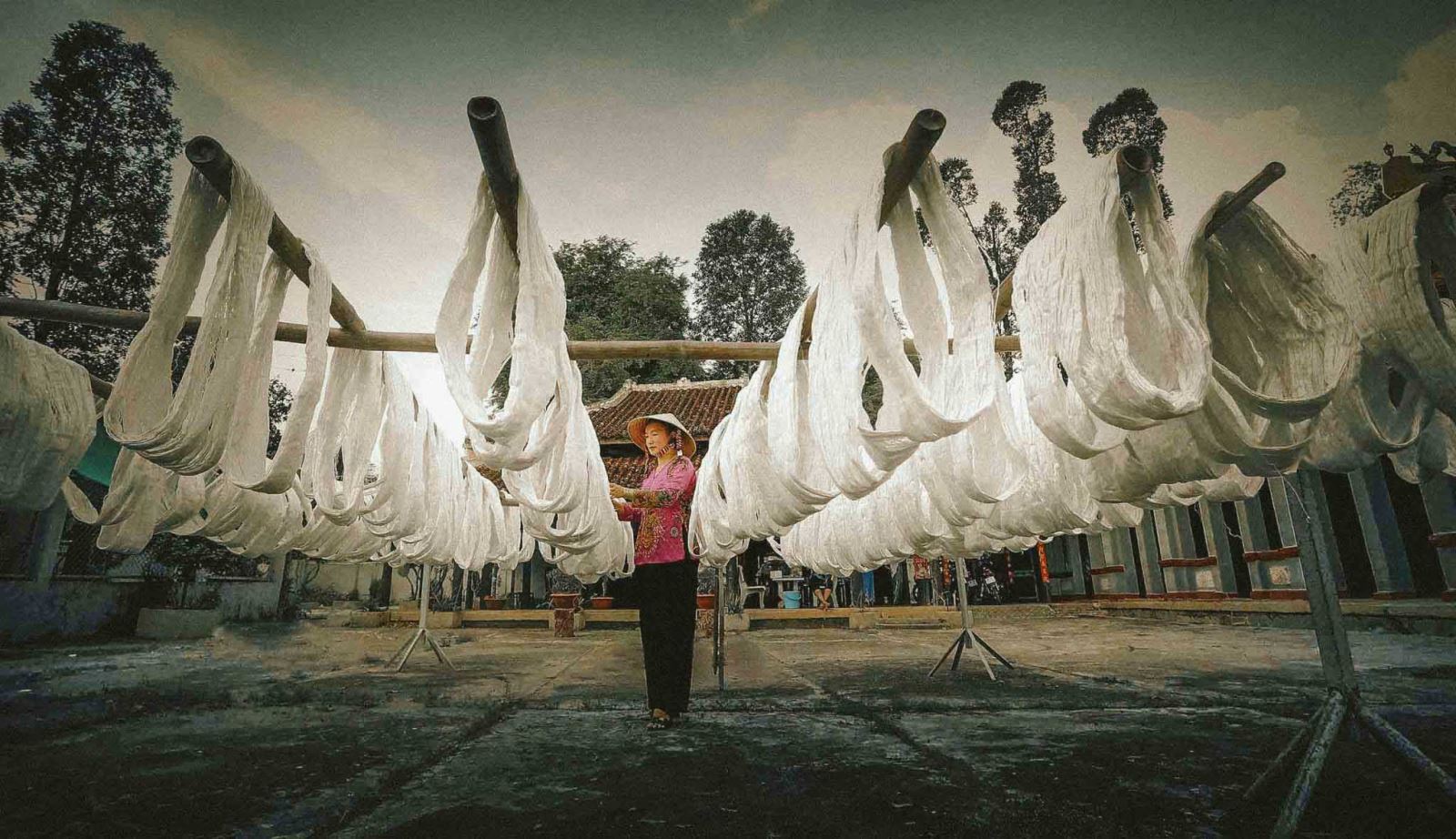
In 2023, the scarves weaving craft in Long Khanh was recognized by the Ministry of Culture, Sports and Tourism as a National Intangible Cultural Heritage. In 2024, Hong Ngu district (old) will launch a tourism product to experience the weaving craft village, including activities such as visiting the production process at the restoration area, shopping for handicrafts, enjoying market cuisine and painting on scarves.
Dried fish craft village
Along provincial road 844, through Phu Tho commune, Dong Thap province, it is easy to come across bustling production facilities and dried fish stalls. On both sides of the road, long drying racks are lined with fish under the sun, creating a typical scene of the craft village.

Phu Tho dried fish village operates all year round, peaking in November and December of the lunar calendar, when the demand for Tet market increases sharply. Visitors will clearly feel the bustling production rhythm, with stages from cleaning, cutting, seasoning, drying, turning to packaging - all creating a vivid picture of labor.
Mat weaving village
On the banks of the Hau River, Dinh Yen village has many fertile sandbanks and alluvial flats, which are favorable for growing sedge and reed grass - the main raw materials for weaving mats. Thanks to these conditions, the mat weaving profession here has developed for more than a century.
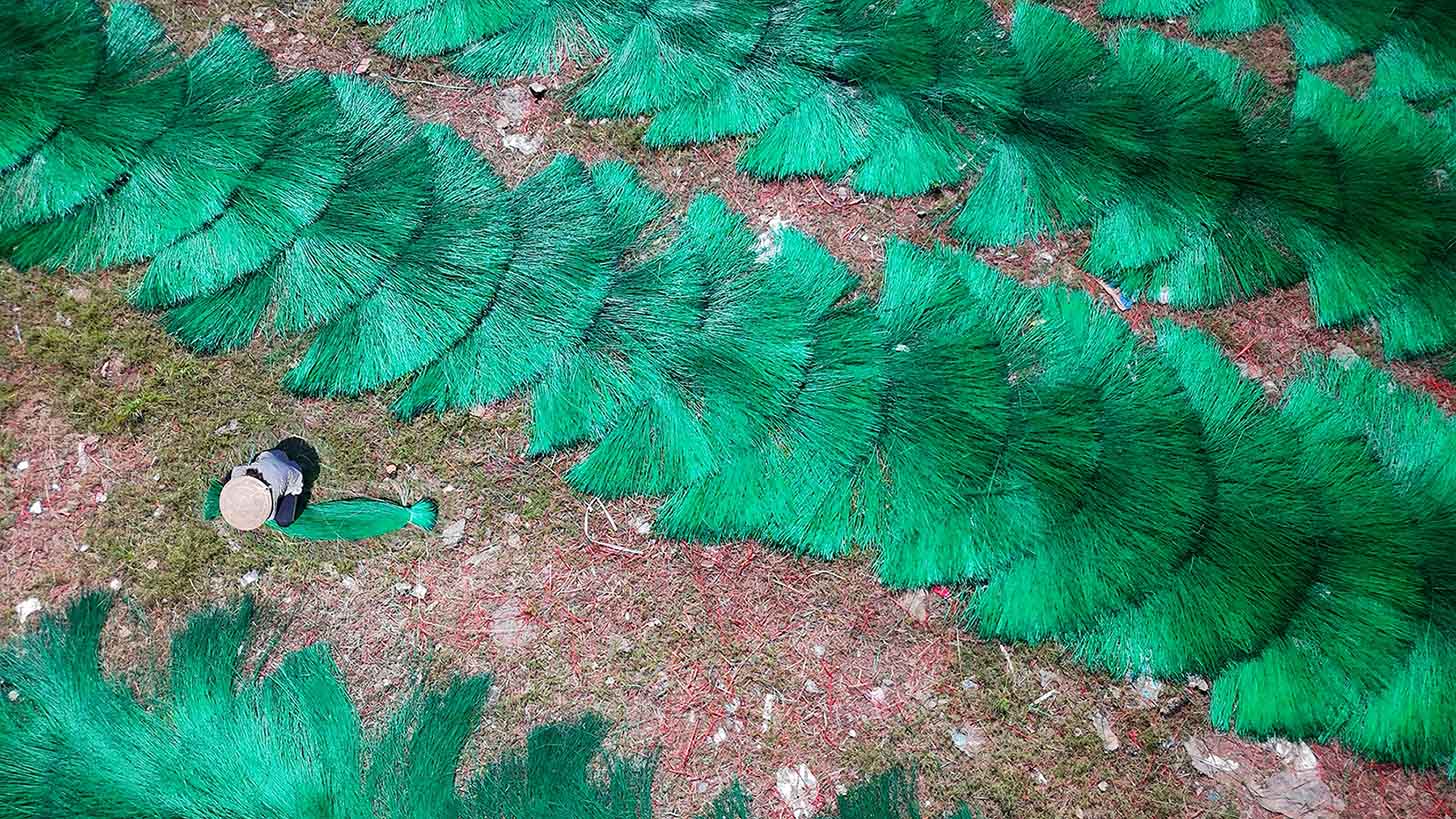
The profession is currently concentrated mainly in the two communes of Dinh An and Dinh Yen (old). A special feature is that households often dry colorful mats along the communal house and the entrance, creating a unique and distinctive image.
Flour making village
The rice flour making profession in Sa Dec has existed for more than 100 years, becoming the pride of local people. From rice flour, many products such as noodles, rice noodles, pho, banh canh, etc. are processed to serve essential needs.
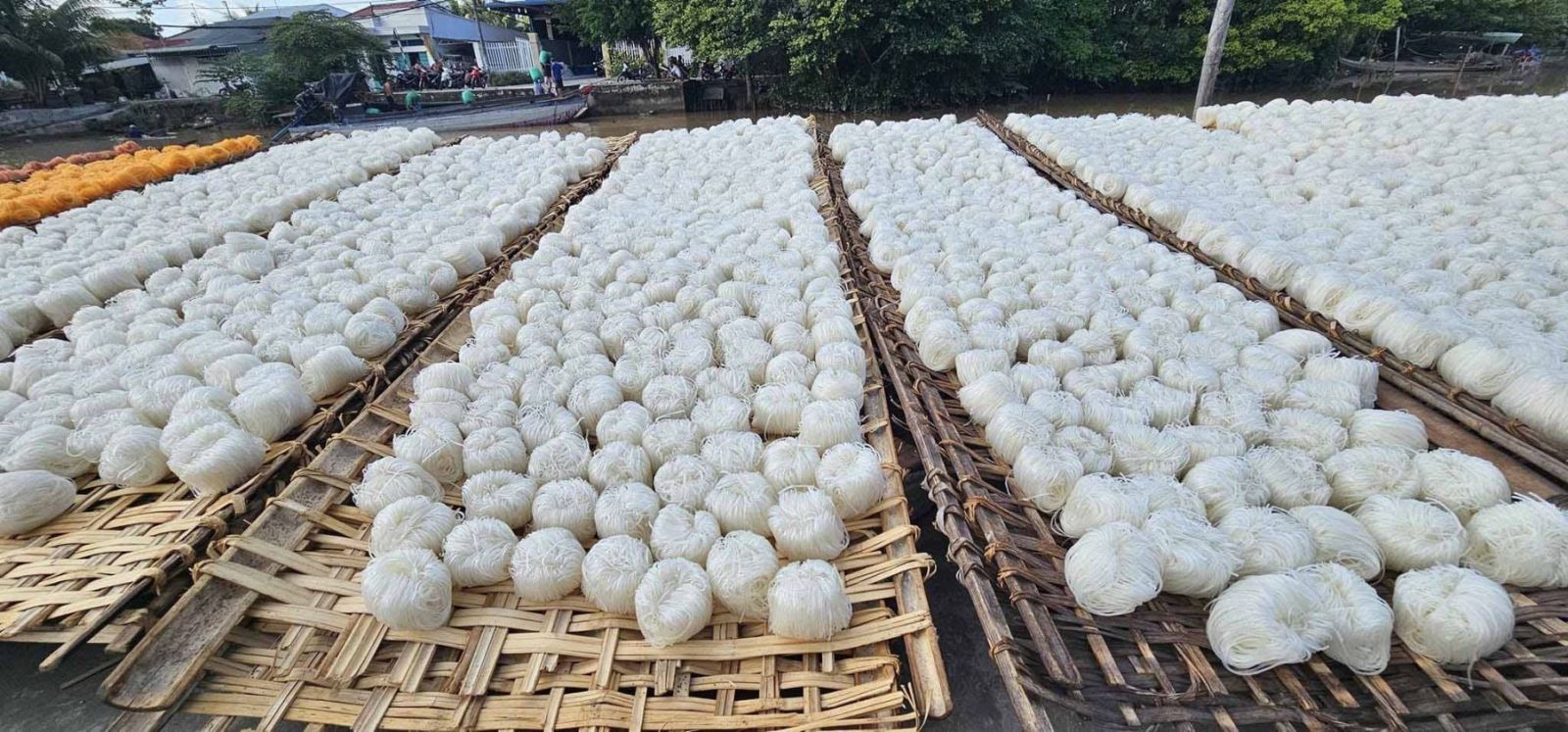
In 2024, the Sa Dec rice flour making profession was included in the National Intangible Cultural Heritage List. Currently, the consumption market is expanding, with hundreds of tons of fresh flour supplied to processing factories in and outside the province every day.
Water hyacinth weaving village
Taking advantage of the free time and ingenuity, the people of My Tra commune have developed the water hyacinth weaving craft, creating a unique feature of the river region. Water hyacinth grows naturally along canals, is harvested all year round, cut short, leaves removed, dried for about a week, soaked in water for a few minutes before weaving so that the fibers do not break.
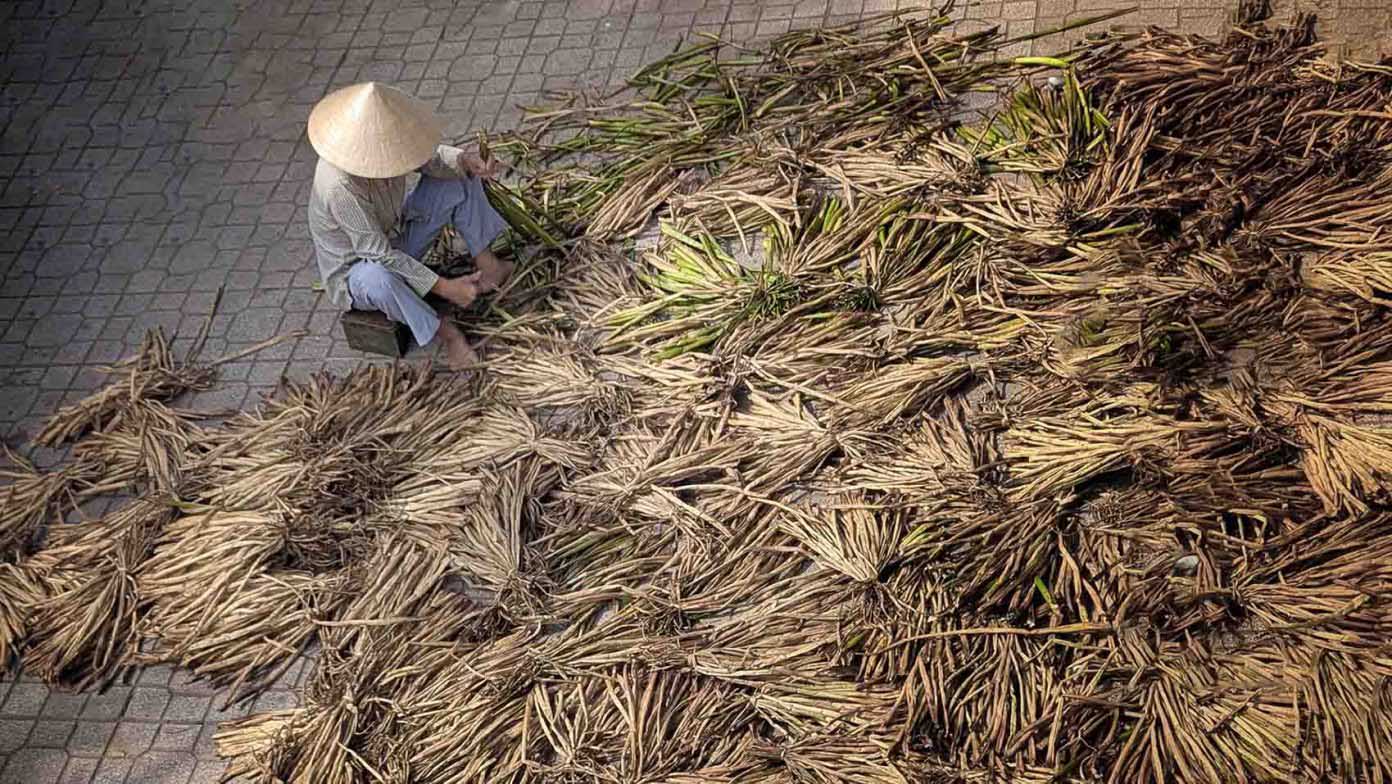
The craftsman uses water hyacinth fibers to wrap around an iron frame according to the order. This craft is easy to learn, after only about a week people can make simple products. The finished products are diverse such as baskets, crates, carpets... contributing to enriching the handicraft market and increasing income for people.
Photo: Tran Hoang Van Hung/ Bao An/ Minh Hai
 In 2023, the scarves weaving craft in Long Khanh was recognized by the Ministry of Culture, Sports and Tourism as a National Intangible Cultural Heritage. In 2024, Hong Ngu district (old) will launch a tourism product to experience the weaving craft village, including activities such as visiting the production process at the restoration area, shopping for handicrafts, enjoying market cuisine and painting on scarves.
In 2023, the scarves weaving craft in Long Khanh was recognized by the Ministry of Culture, Sports and Tourism as a National Intangible Cultural Heritage. In 2024, Hong Ngu district (old) will launch a tourism product to experience the weaving craft village, including activities such as visiting the production process at the restoration area, shopping for handicrafts, enjoying market cuisine and painting on scarves. Phu Tho dried fish village operates all year round, peaking in November and December of the lunar calendar, when the demand for Tet market increases sharply. Visitors will clearly feel the bustling production rhythm, with stages from cleaning, cutting, seasoning, drying, turning to packaging - all creating a vivid picture of labor.
Phu Tho dried fish village operates all year round, peaking in November and December of the lunar calendar, when the demand for Tet market increases sharply. Visitors will clearly feel the bustling production rhythm, with stages from cleaning, cutting, seasoning, drying, turning to packaging - all creating a vivid picture of labor. The profession is currently concentrated mainly in the two communes of Dinh An and Dinh Yen (old). A special feature is that households often dry colorful mats along the communal house and the entrance, creating a unique and distinctive image.
The profession is currently concentrated mainly in the two communes of Dinh An and Dinh Yen (old). A special feature is that households often dry colorful mats along the communal house and the entrance, creating a unique and distinctive image. In 2024, the Sa Dec rice flour making profession was included in the National Intangible Cultural Heritage List. Currently, the consumption market is expanding, with hundreds of tons of fresh flour supplied to processing factories in and outside the province every day.
In 2024, the Sa Dec rice flour making profession was included in the National Intangible Cultural Heritage List. Currently, the consumption market is expanding, with hundreds of tons of fresh flour supplied to processing factories in and outside the province every day. The craftsman uses water hyacinth fibers to wrap around an iron frame according to the order. This craft is easy to learn, after only about a week people can make simple products. The finished products are diverse such as baskets, crates, carpets... contributing to enriching the handicraft market and increasing income for people.
The craftsman uses water hyacinth fibers to wrap around an iron frame according to the order. This craft is easy to learn, after only about a week people can make simple products. The finished products are diverse such as baskets, crates, carpets... contributing to enriching the handicraft market and increasing income for people.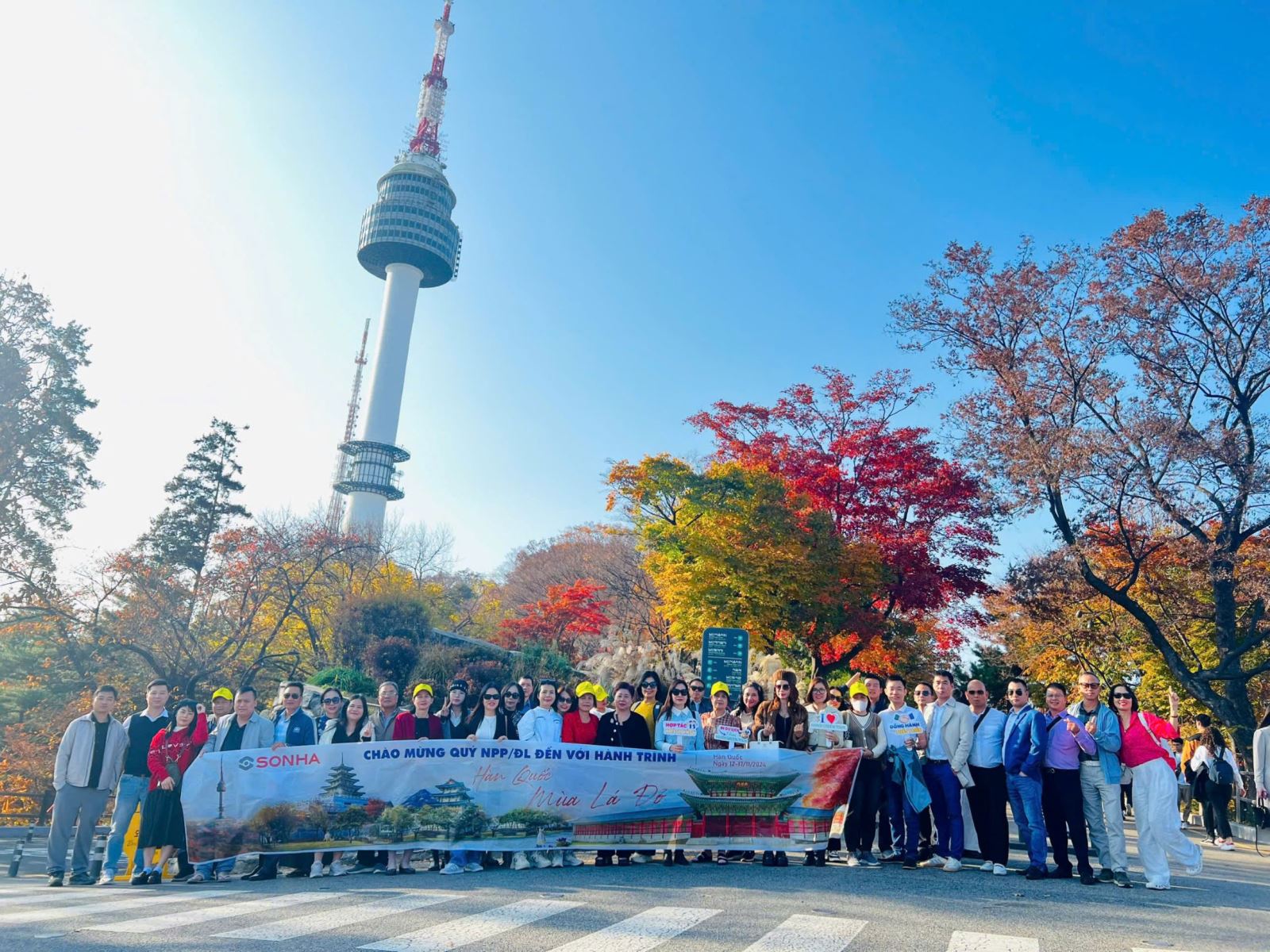
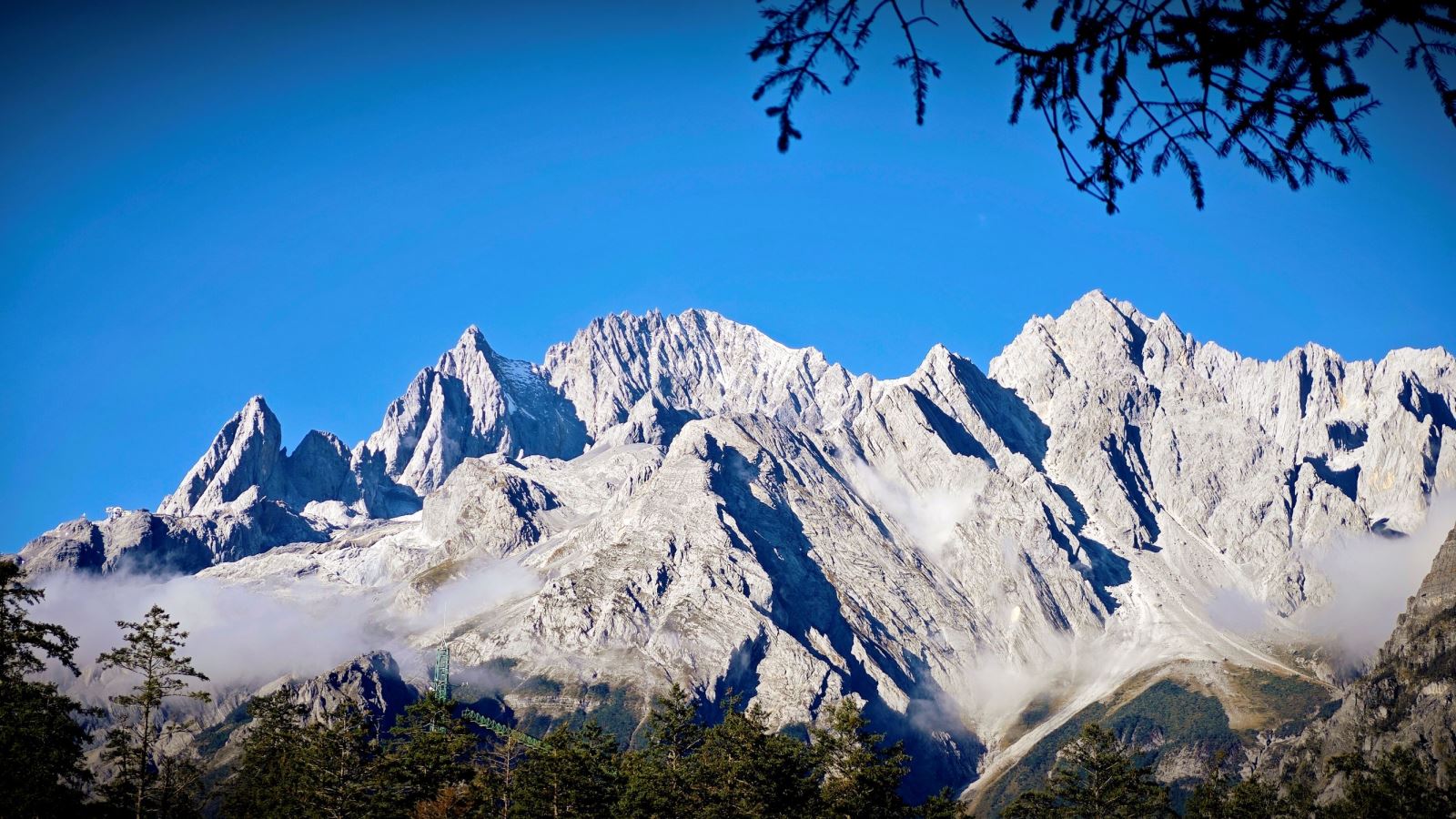
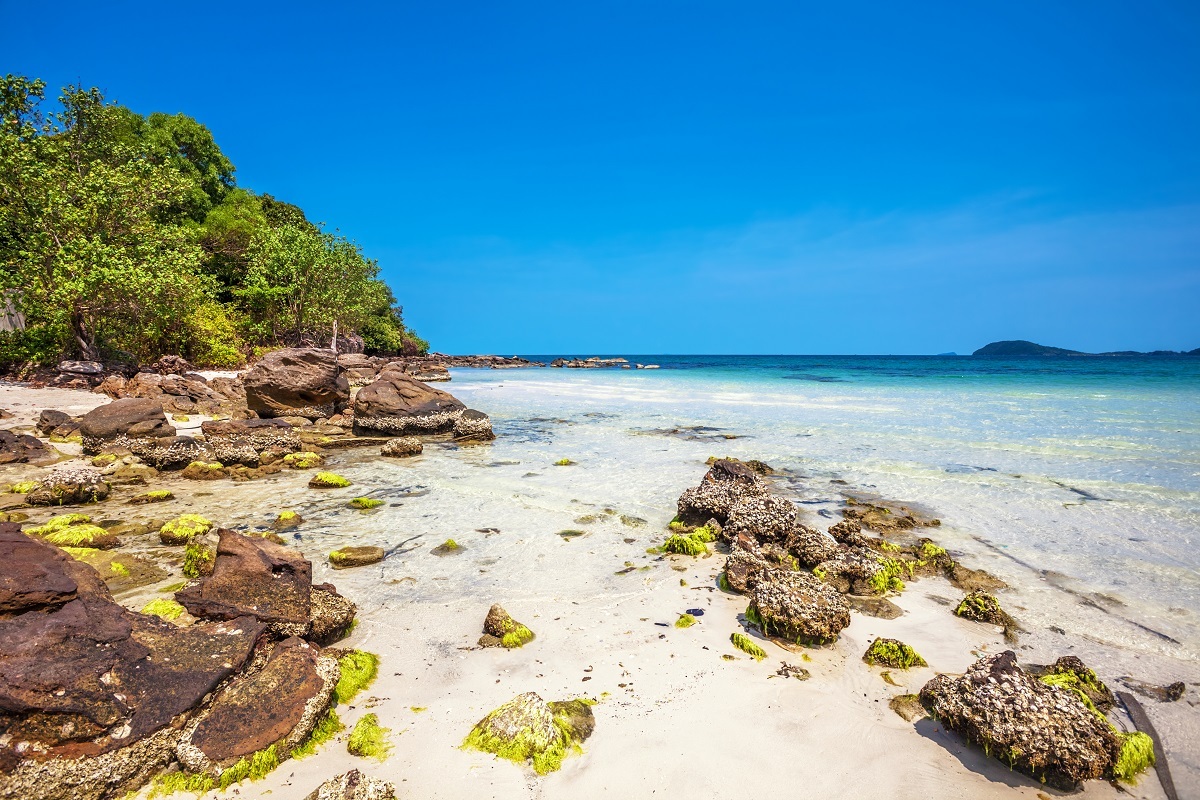

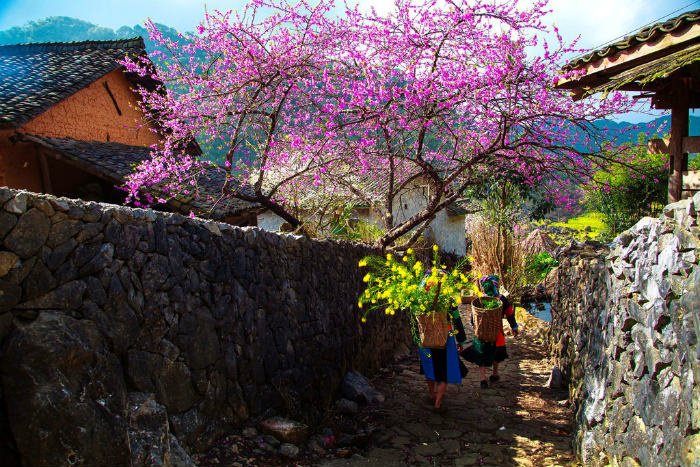
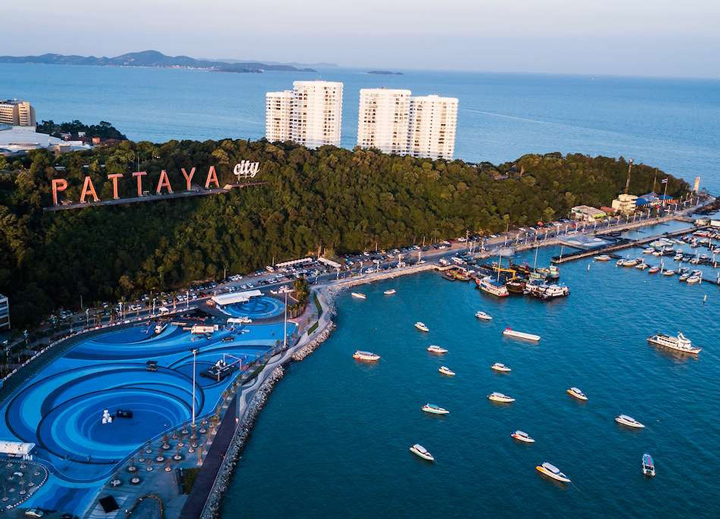
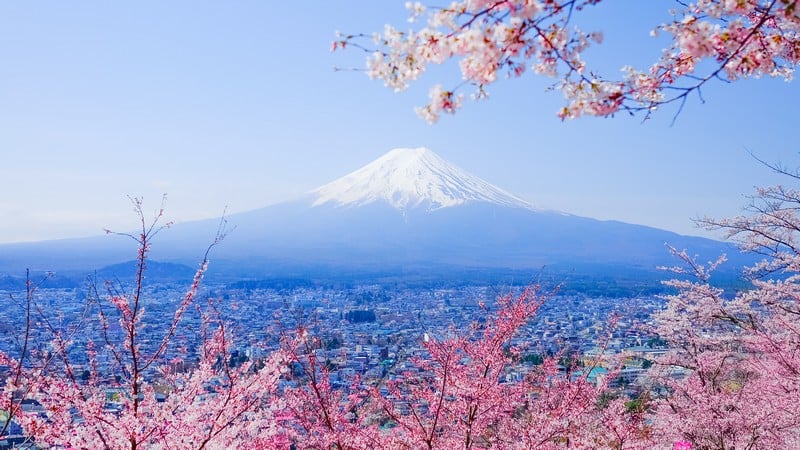
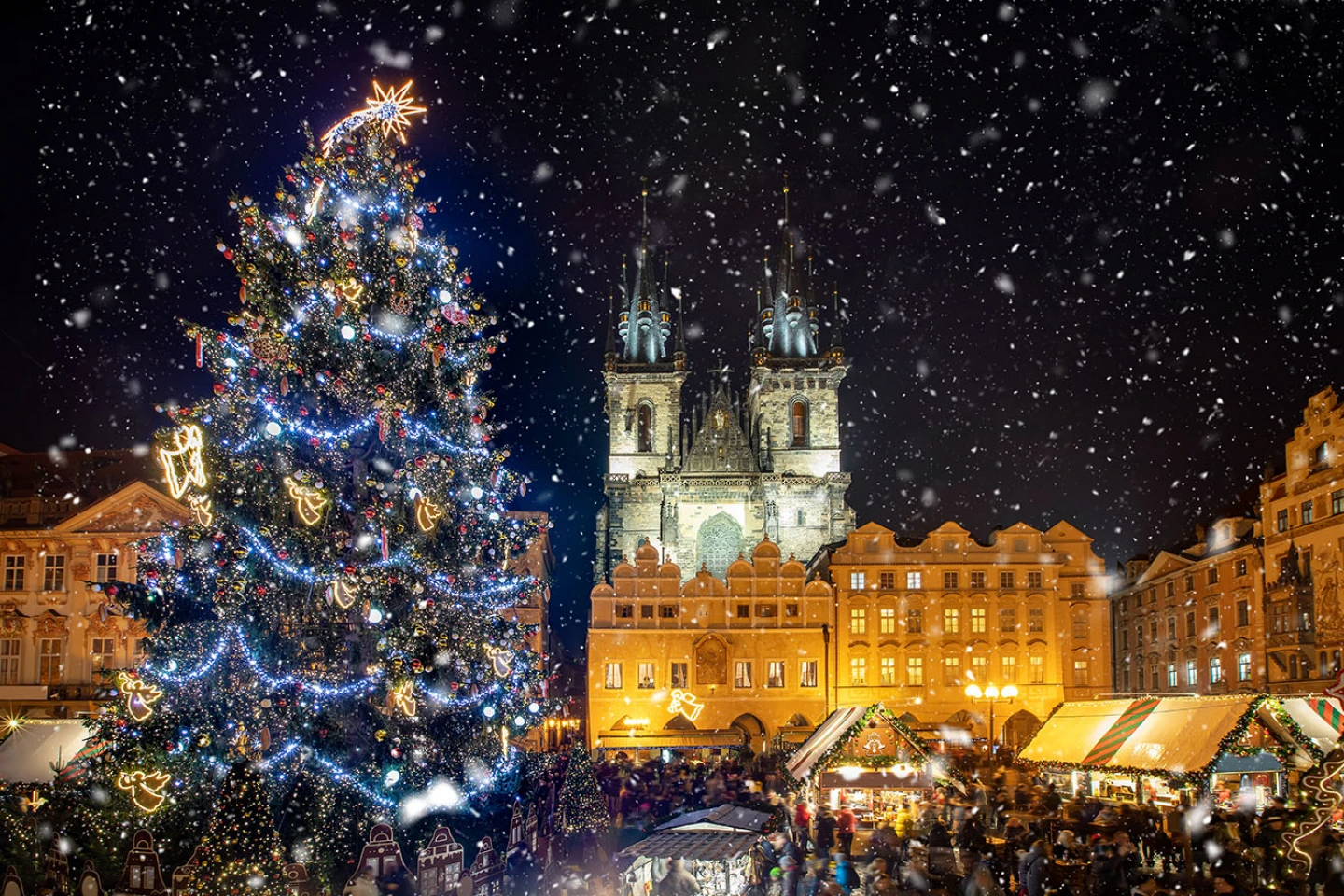




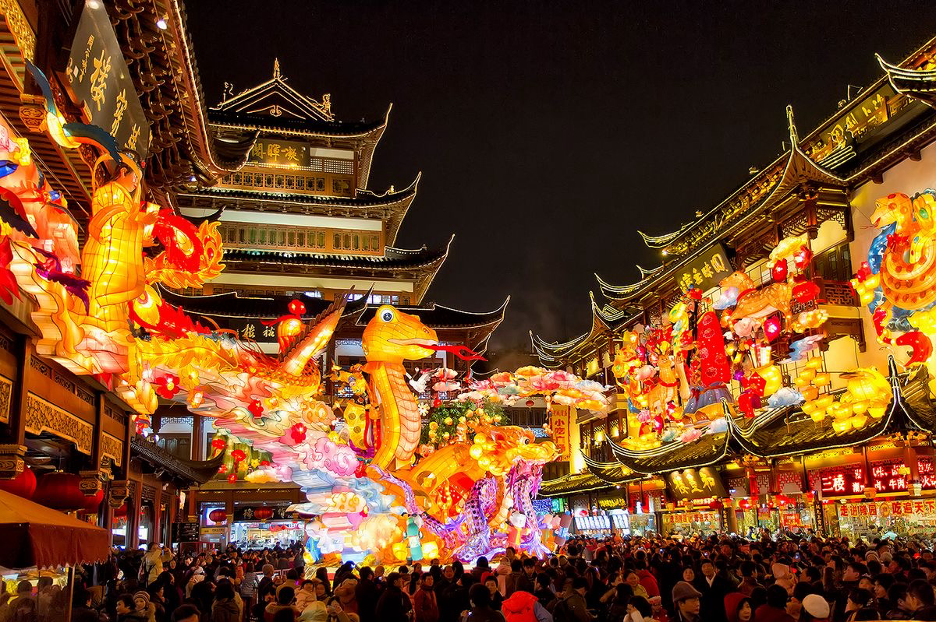

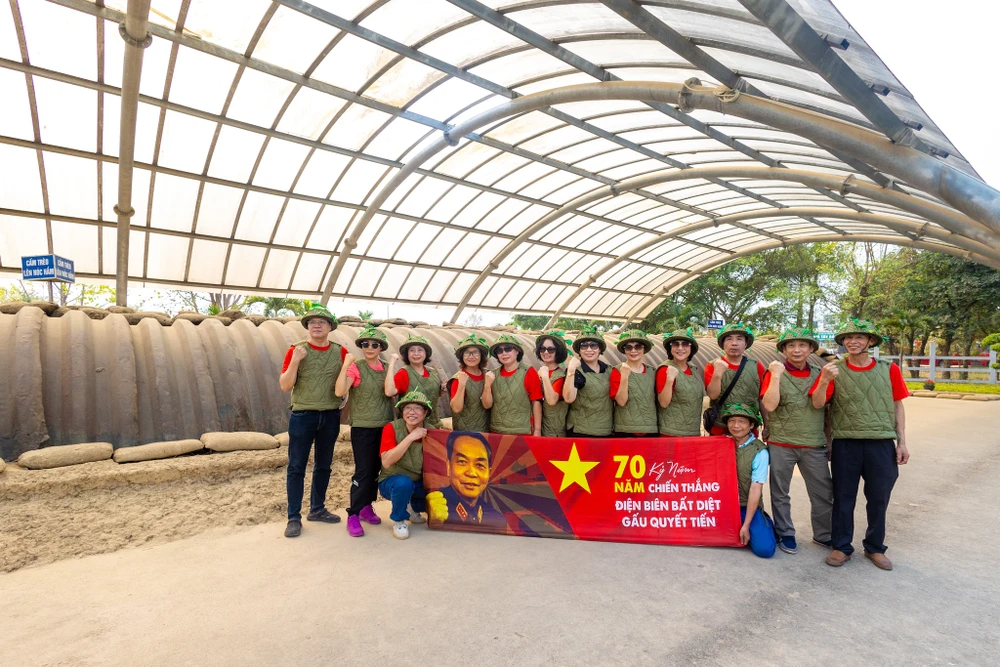

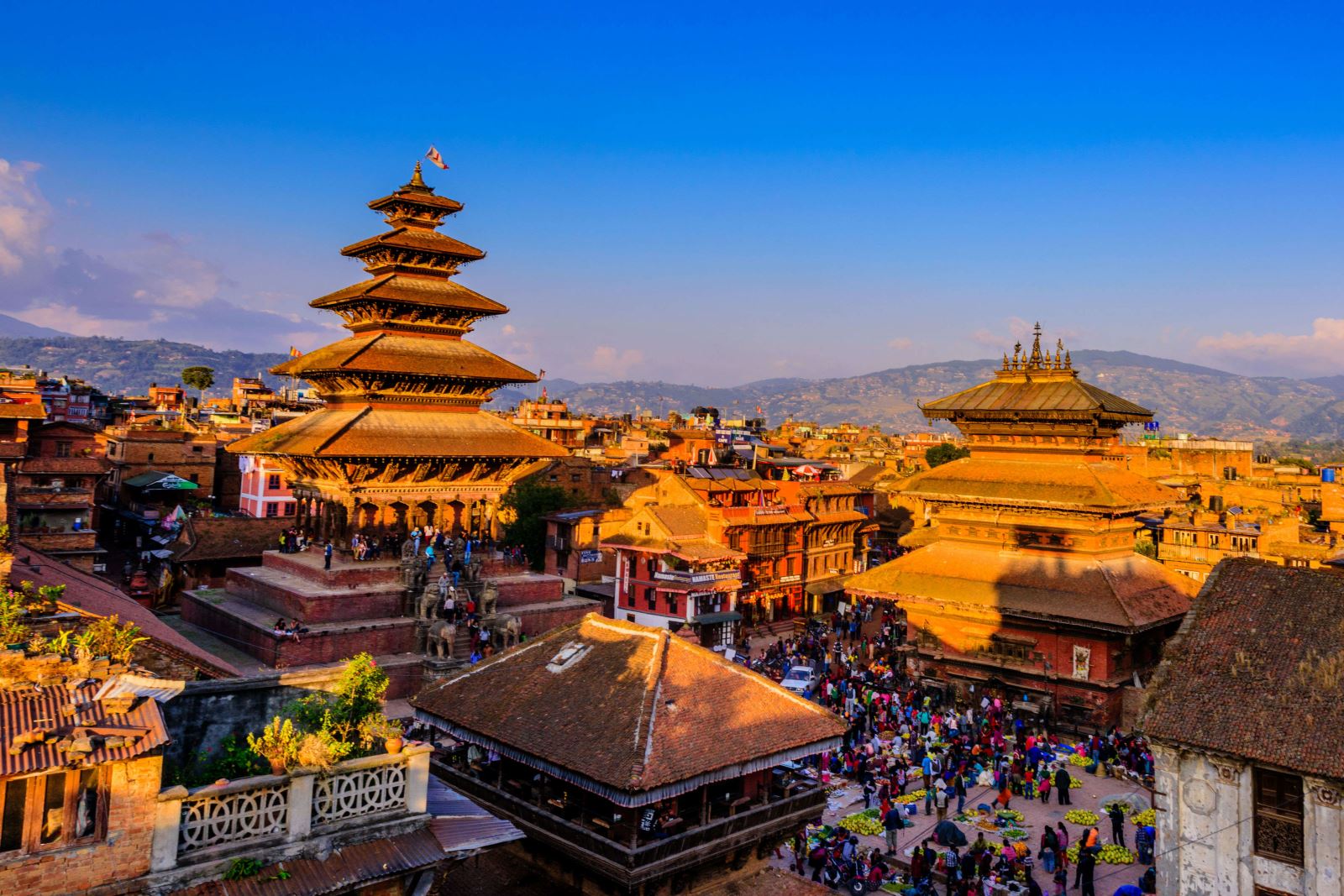

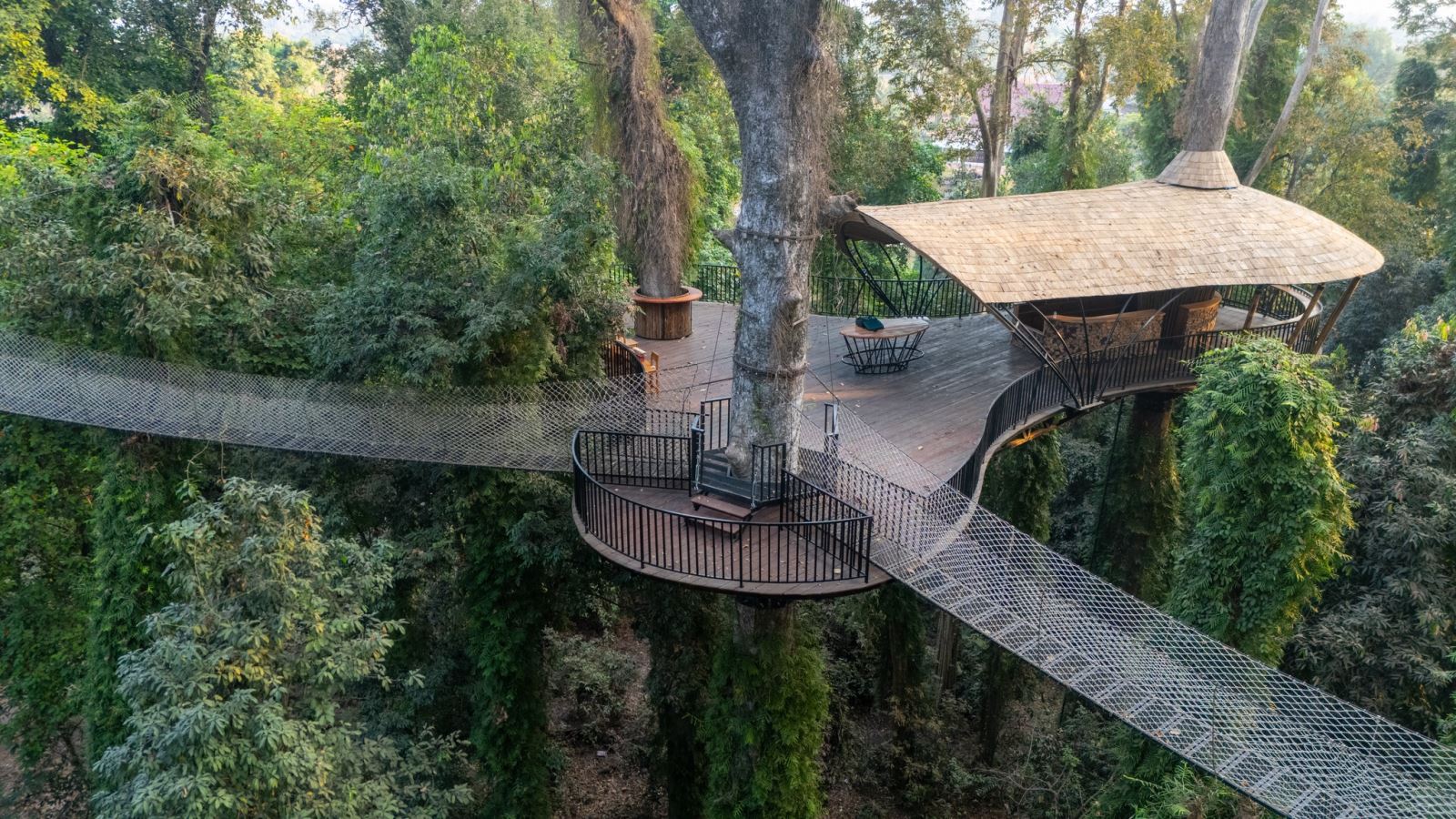





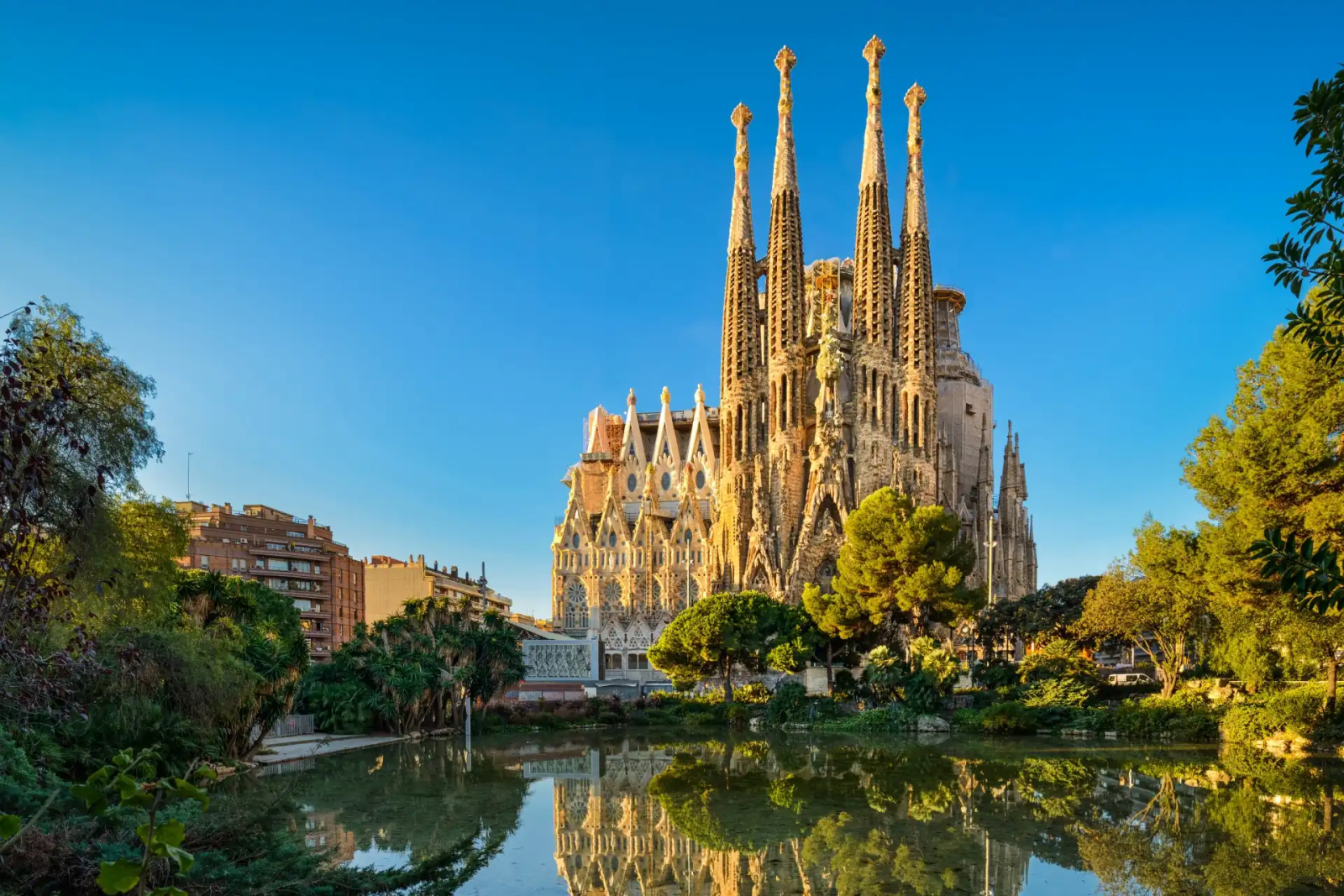
.jpg)







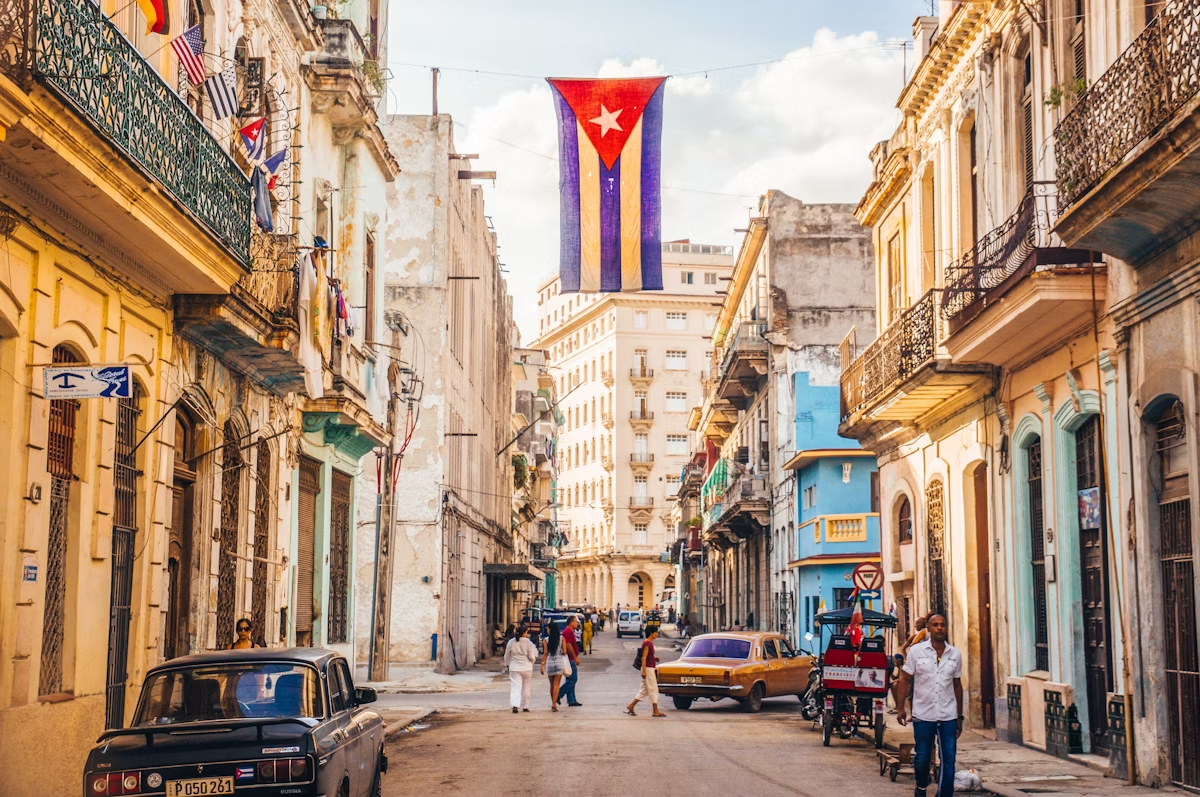

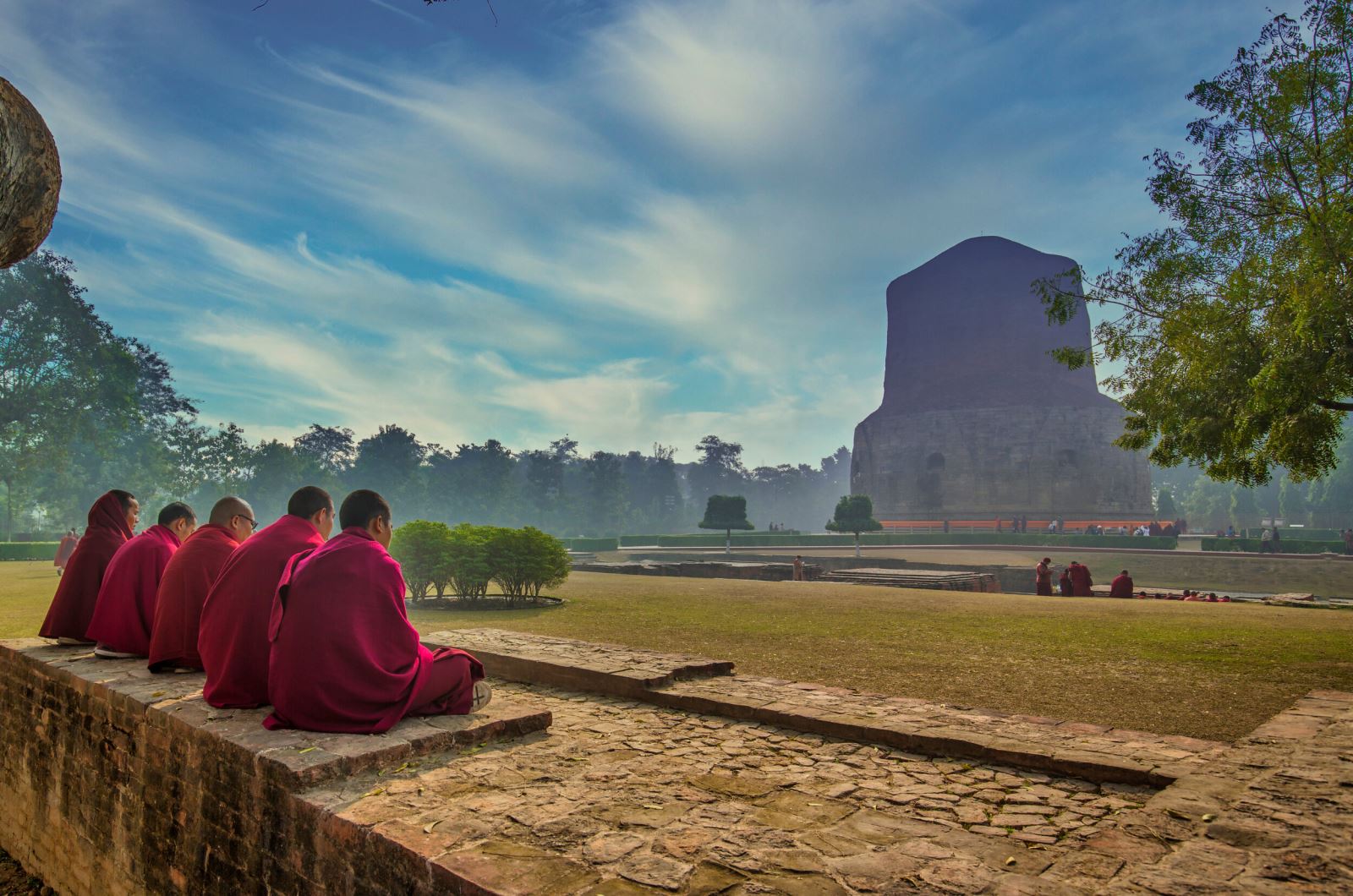



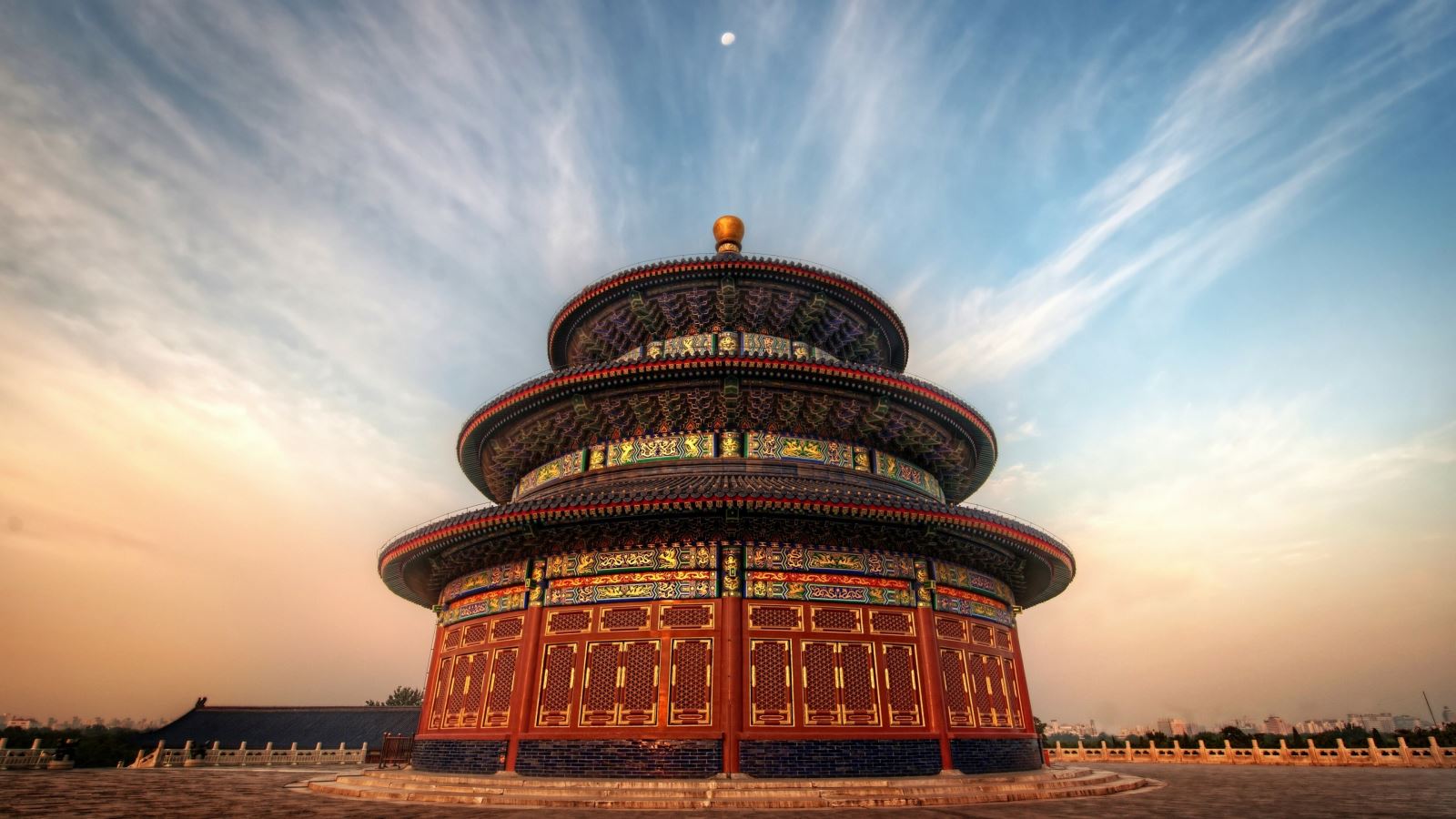


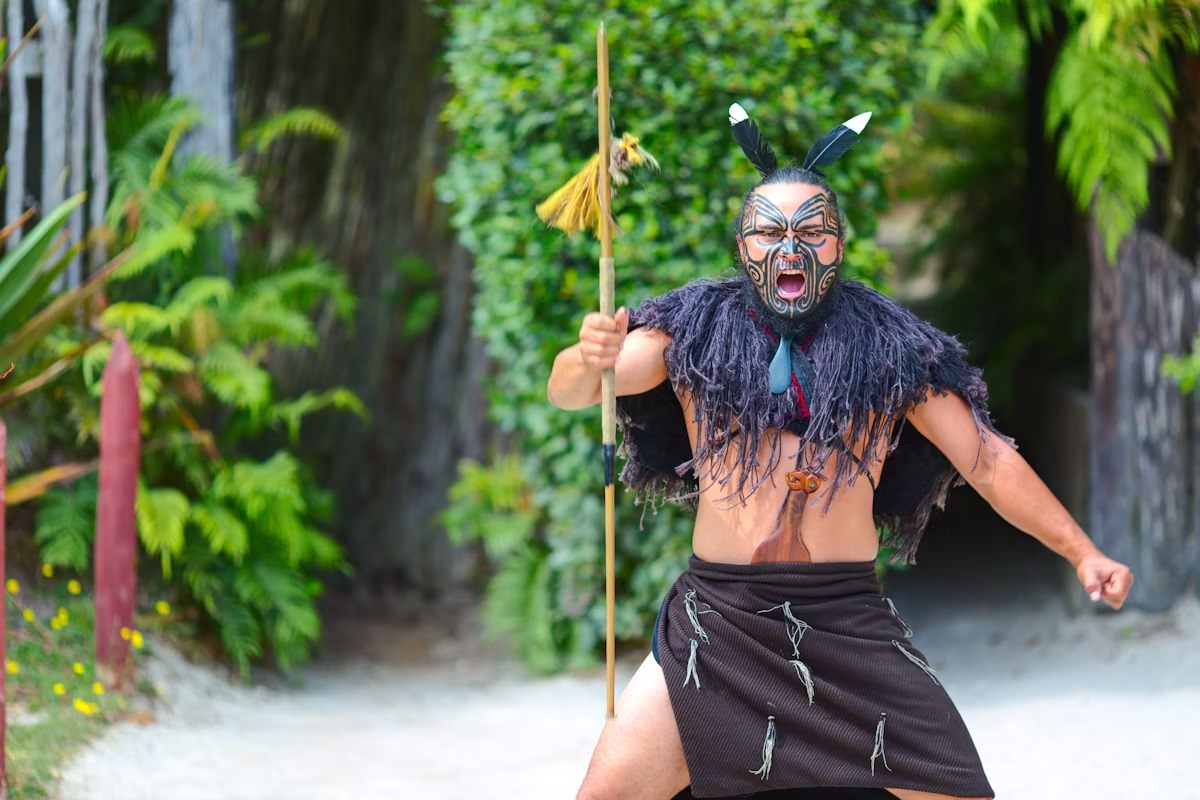

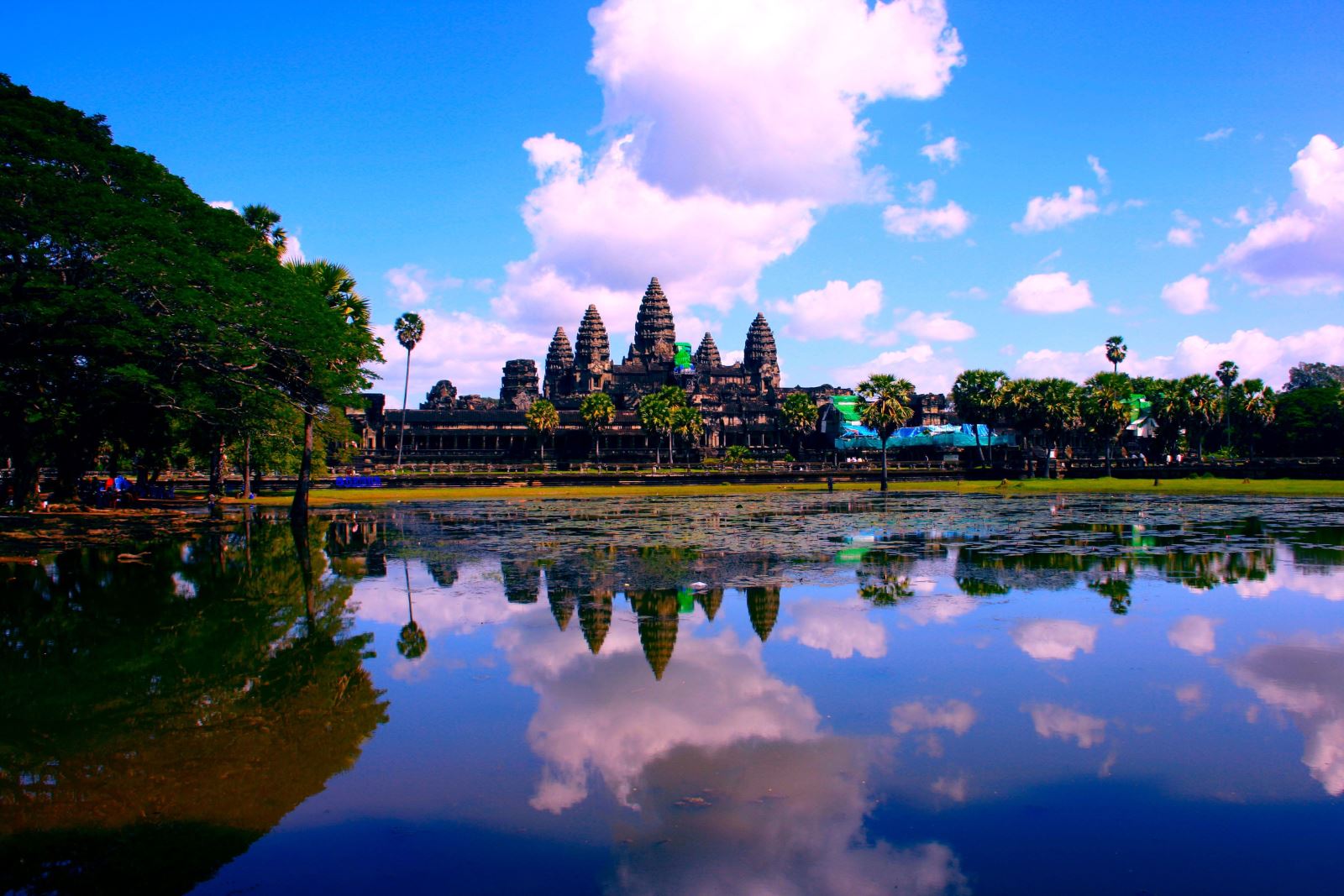
.png)



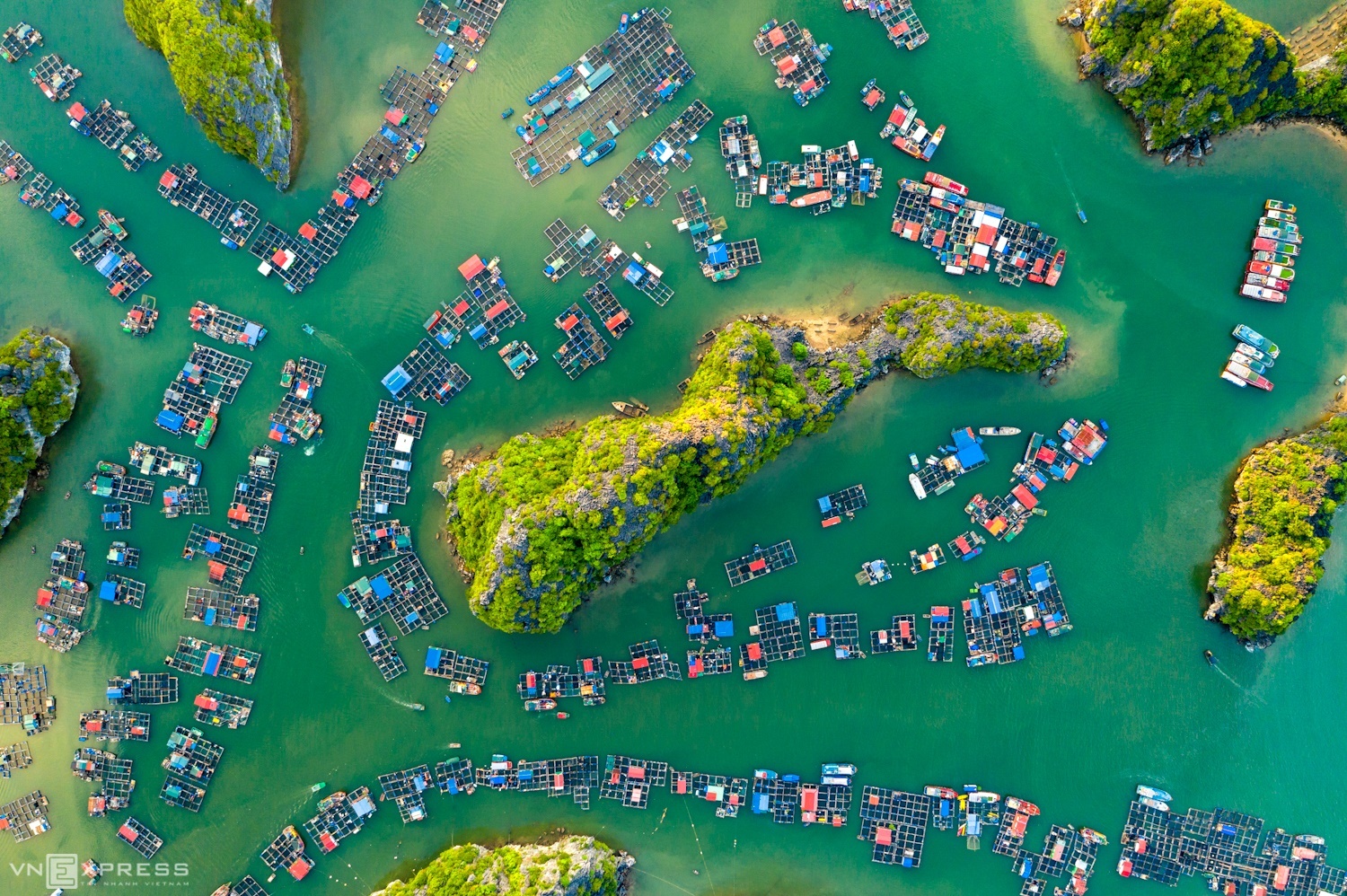
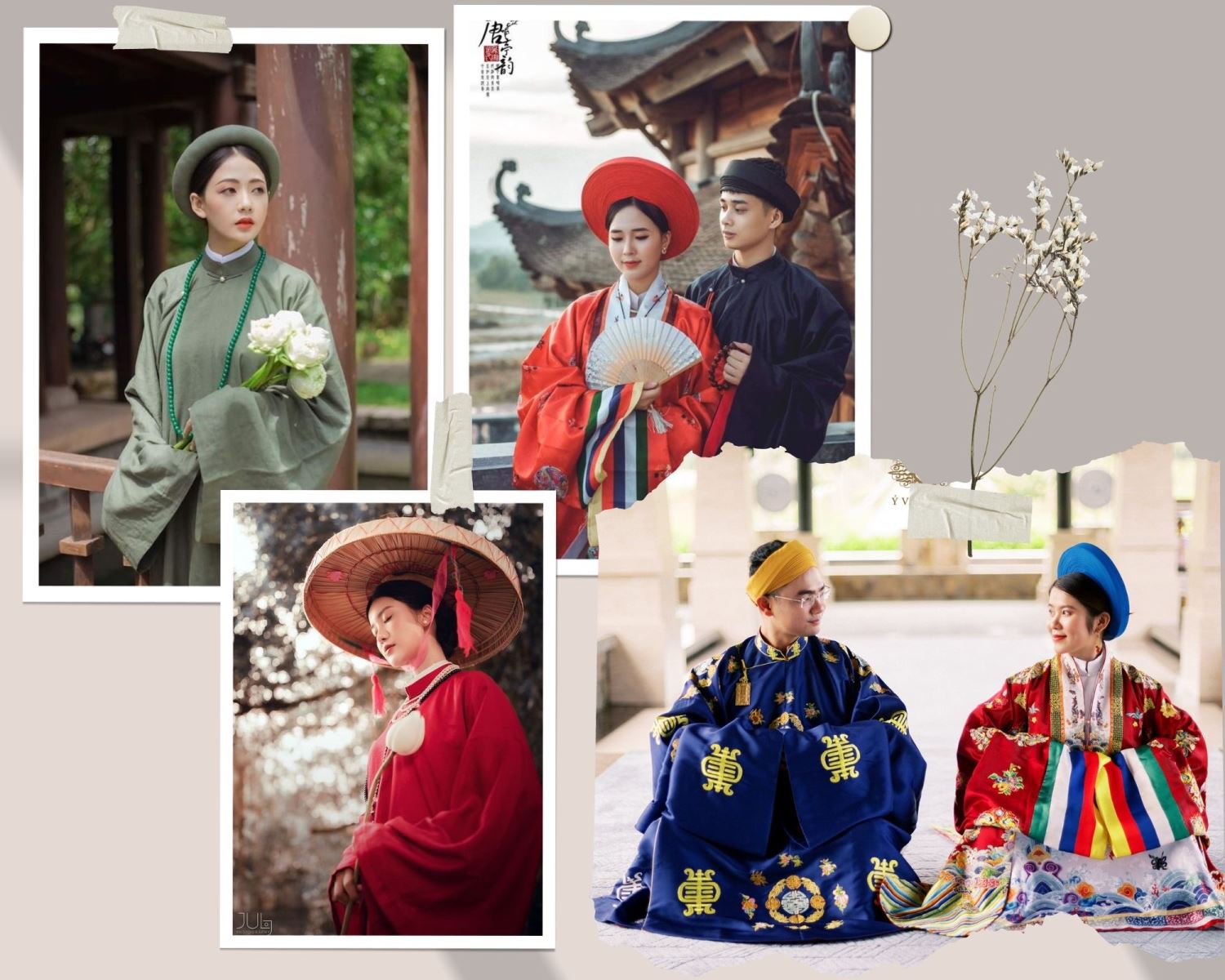
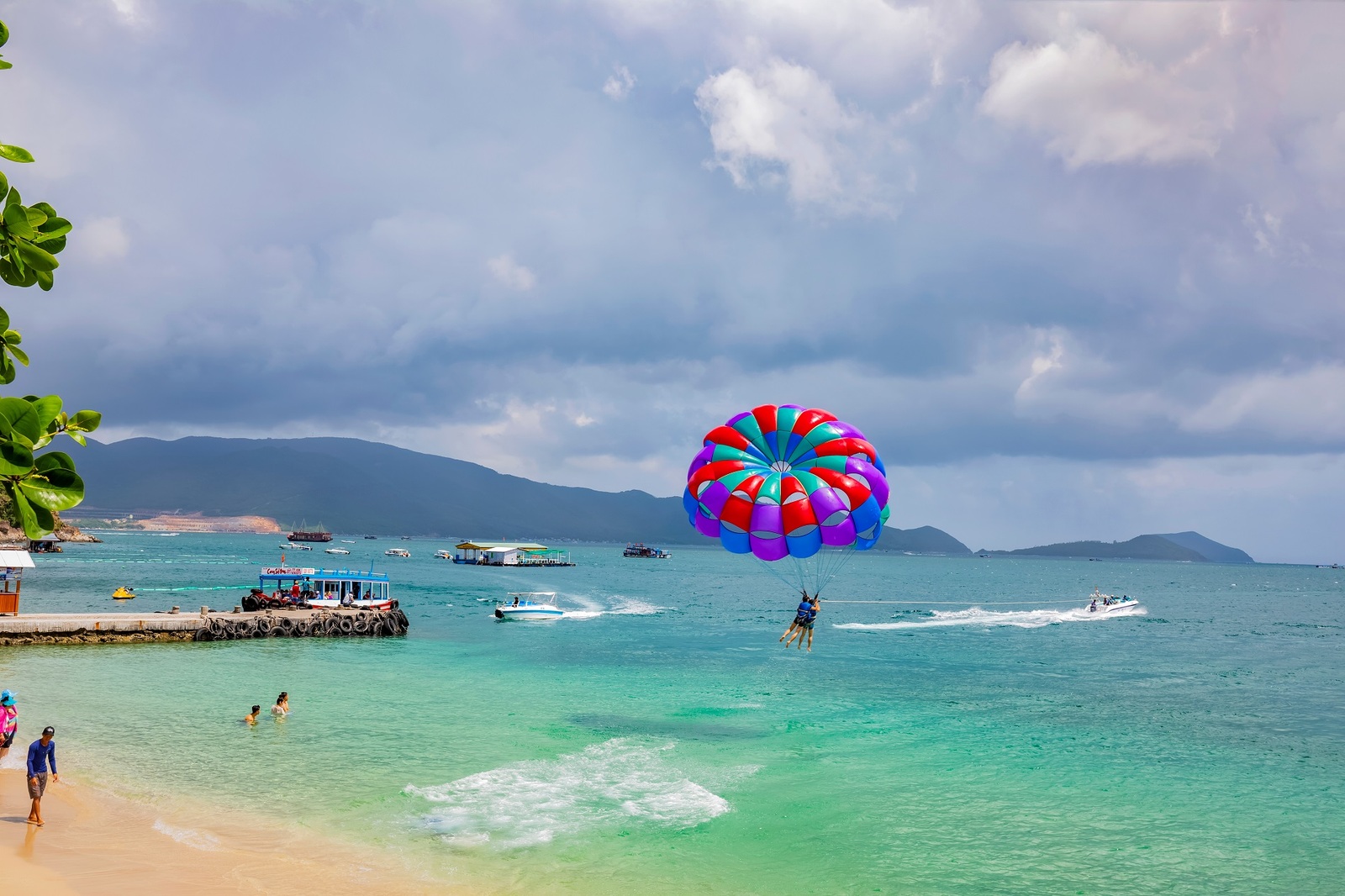
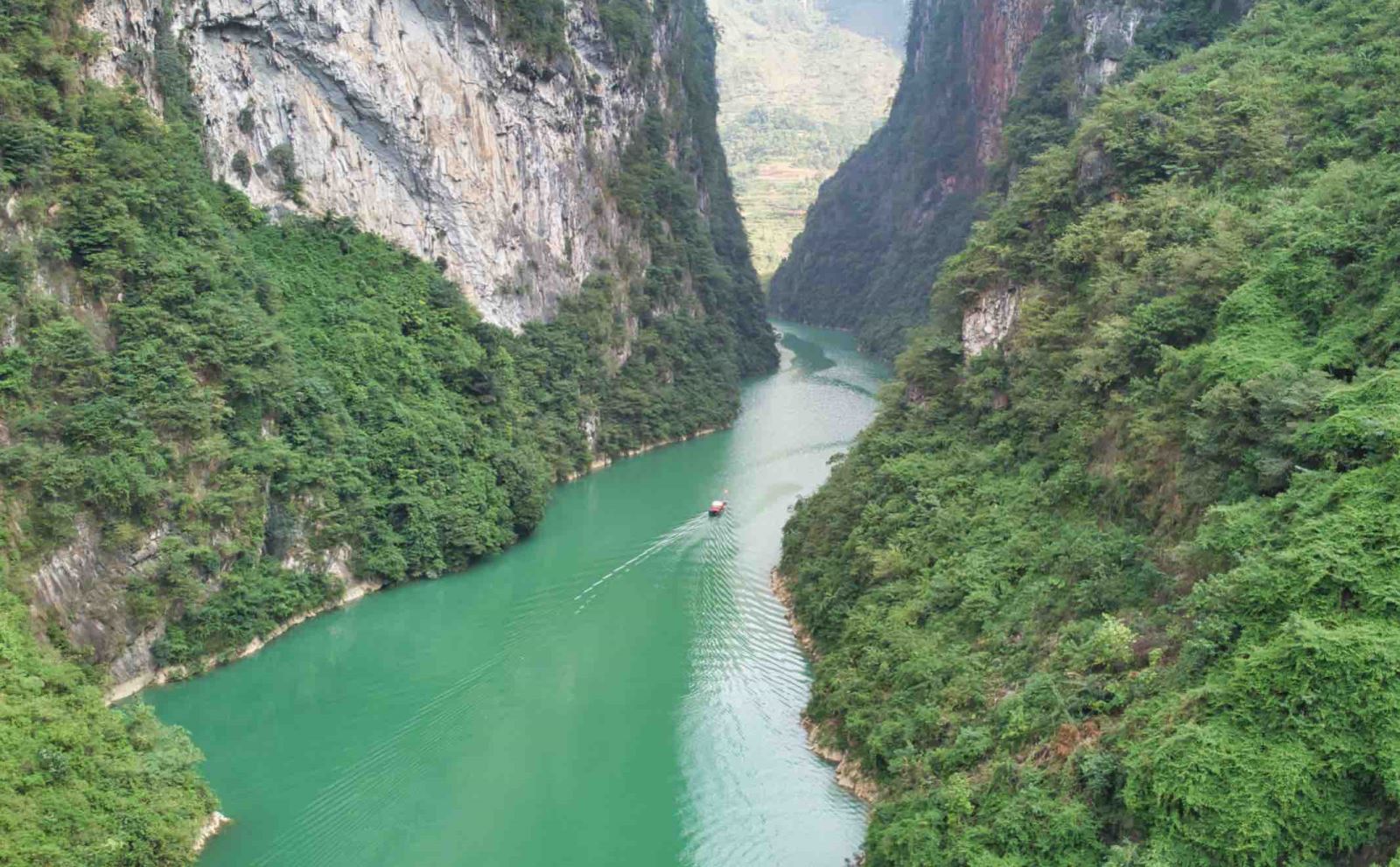

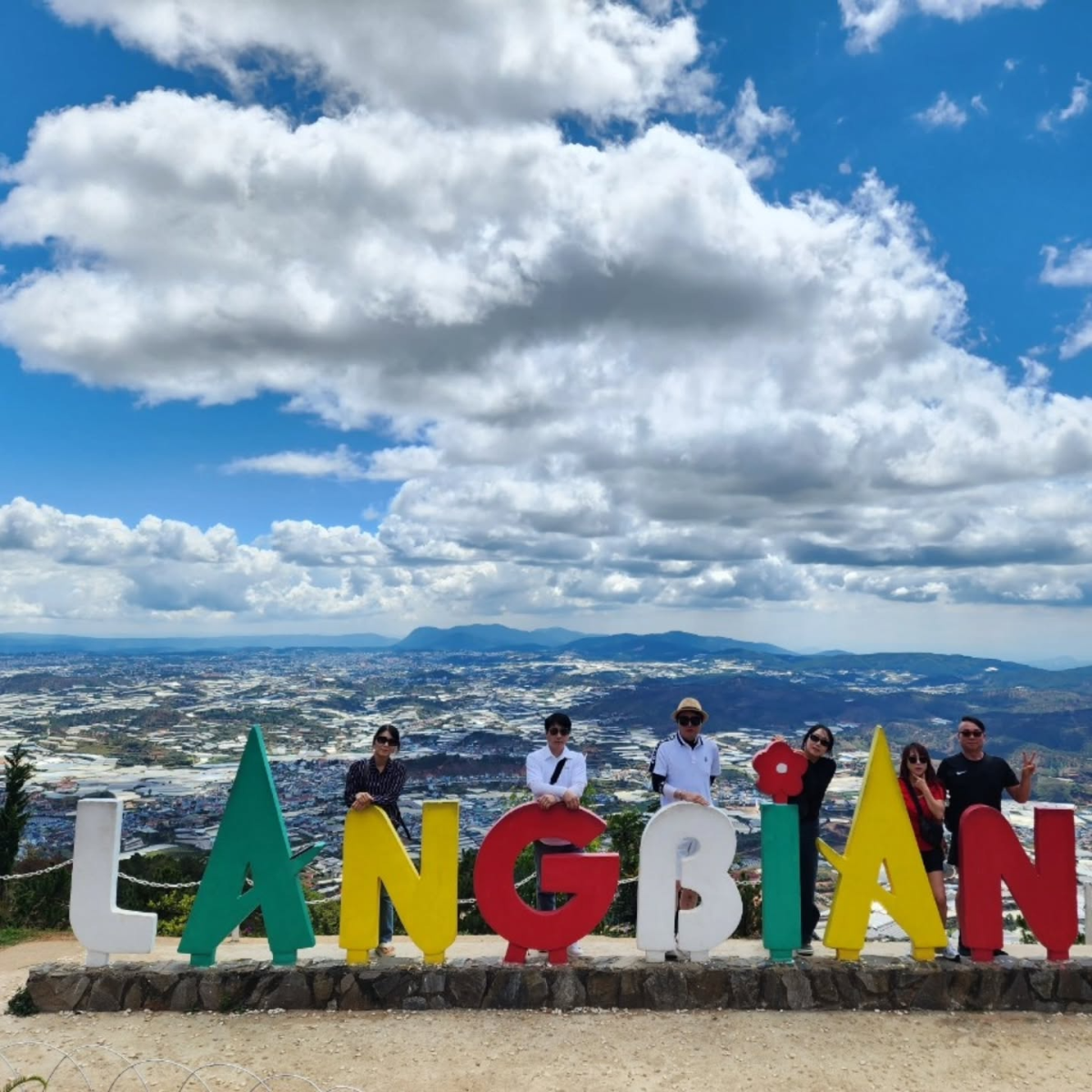

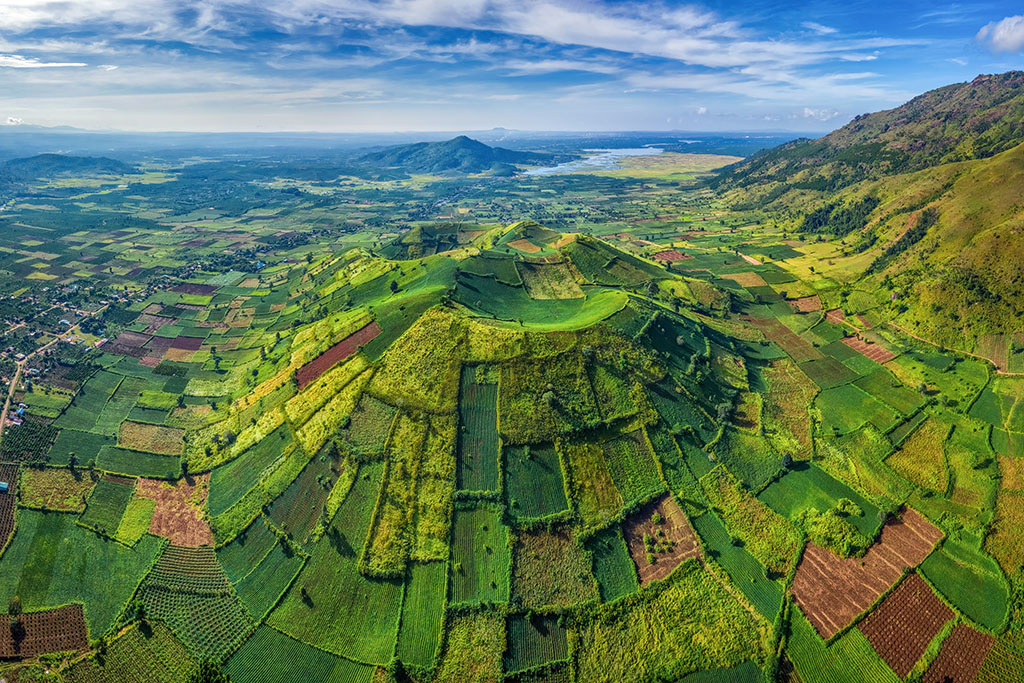
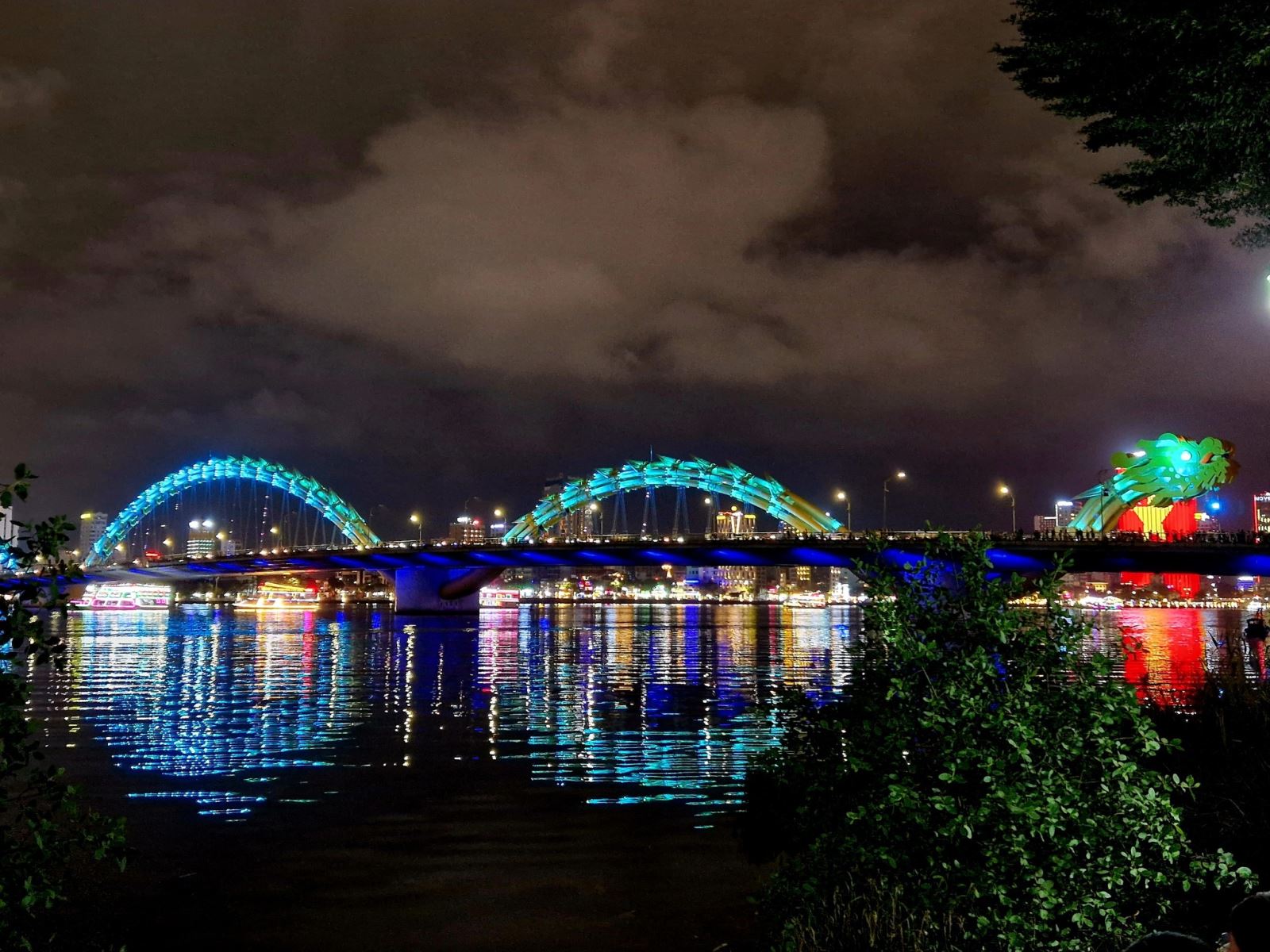
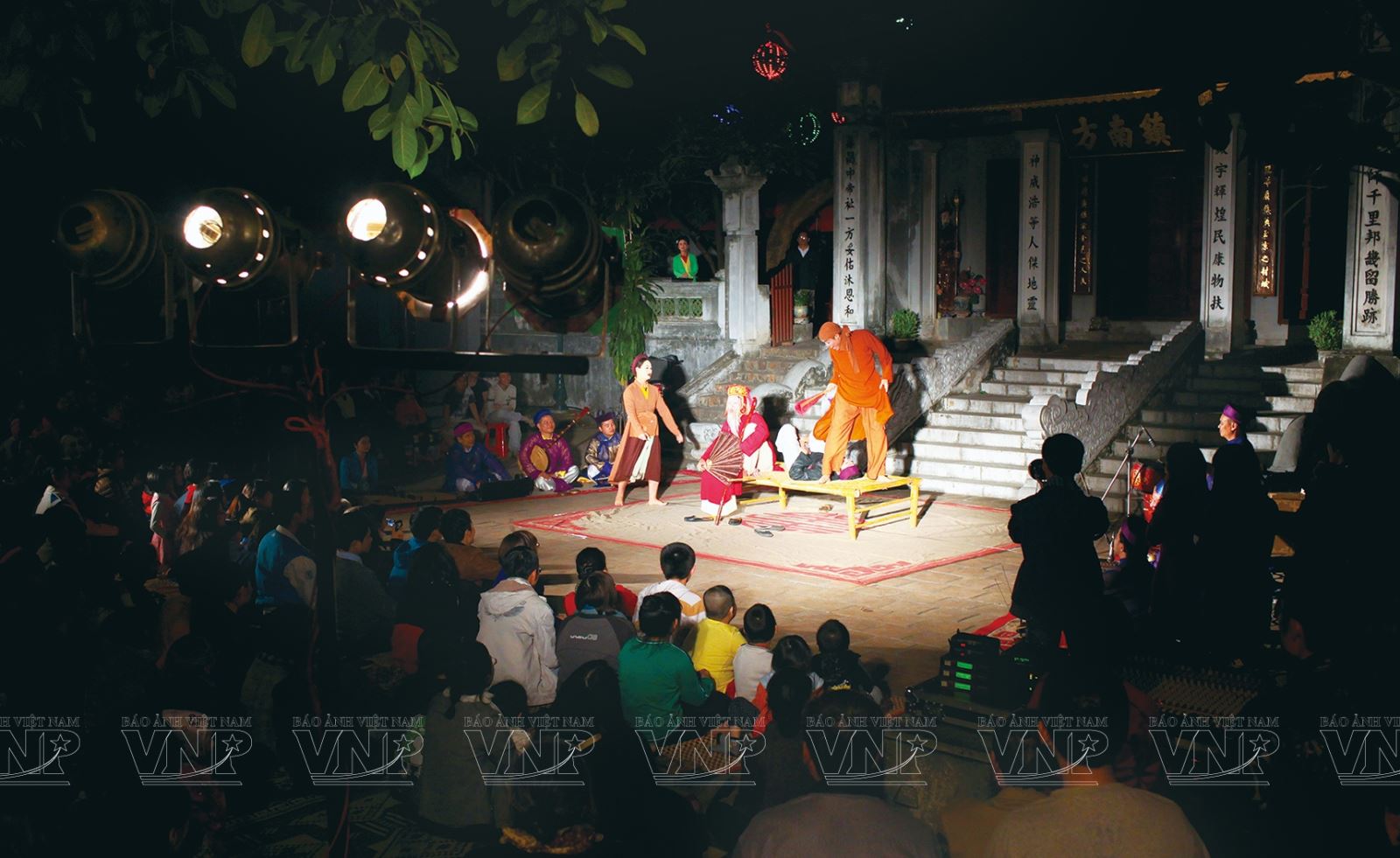
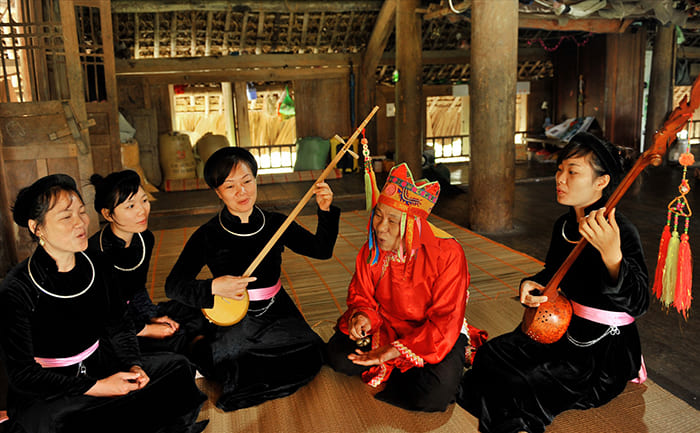
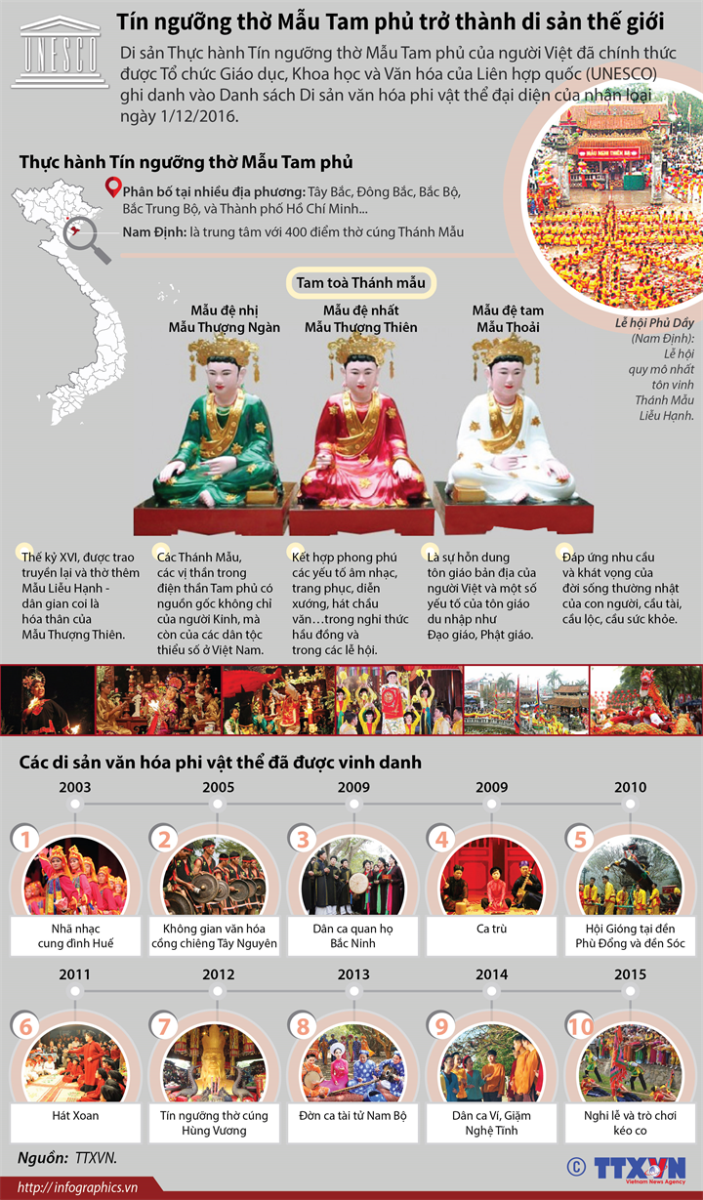
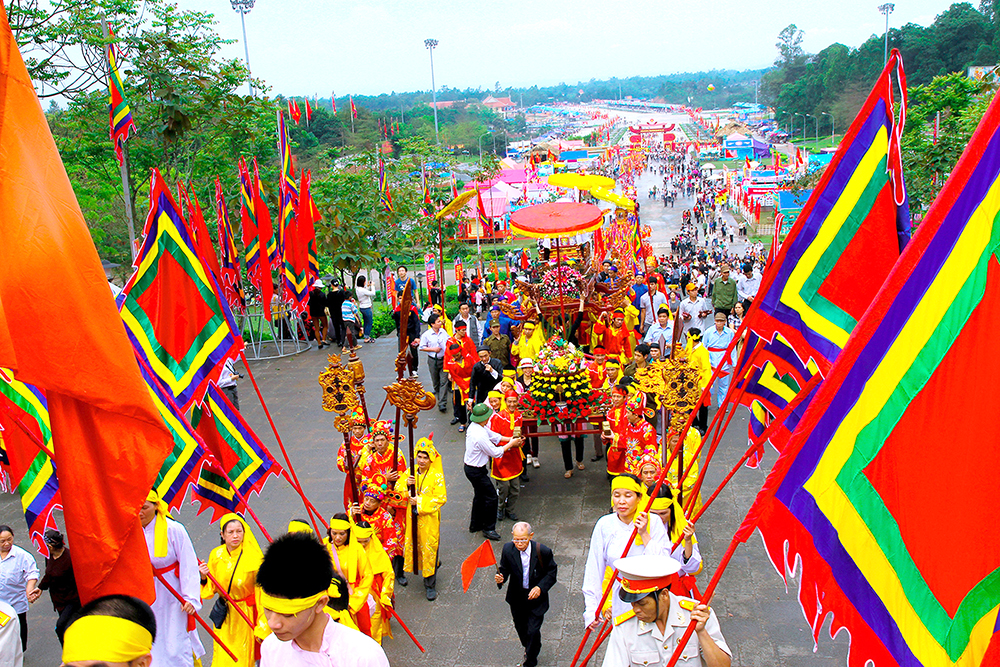
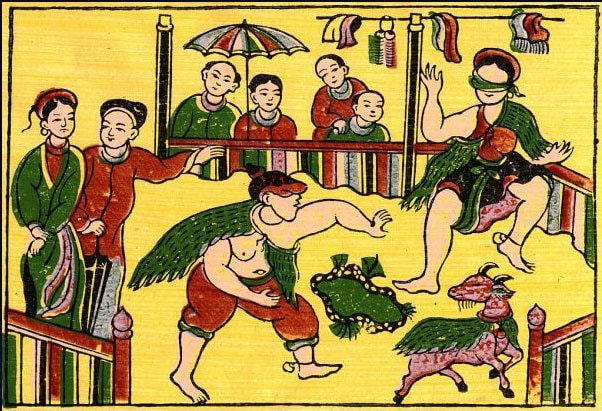

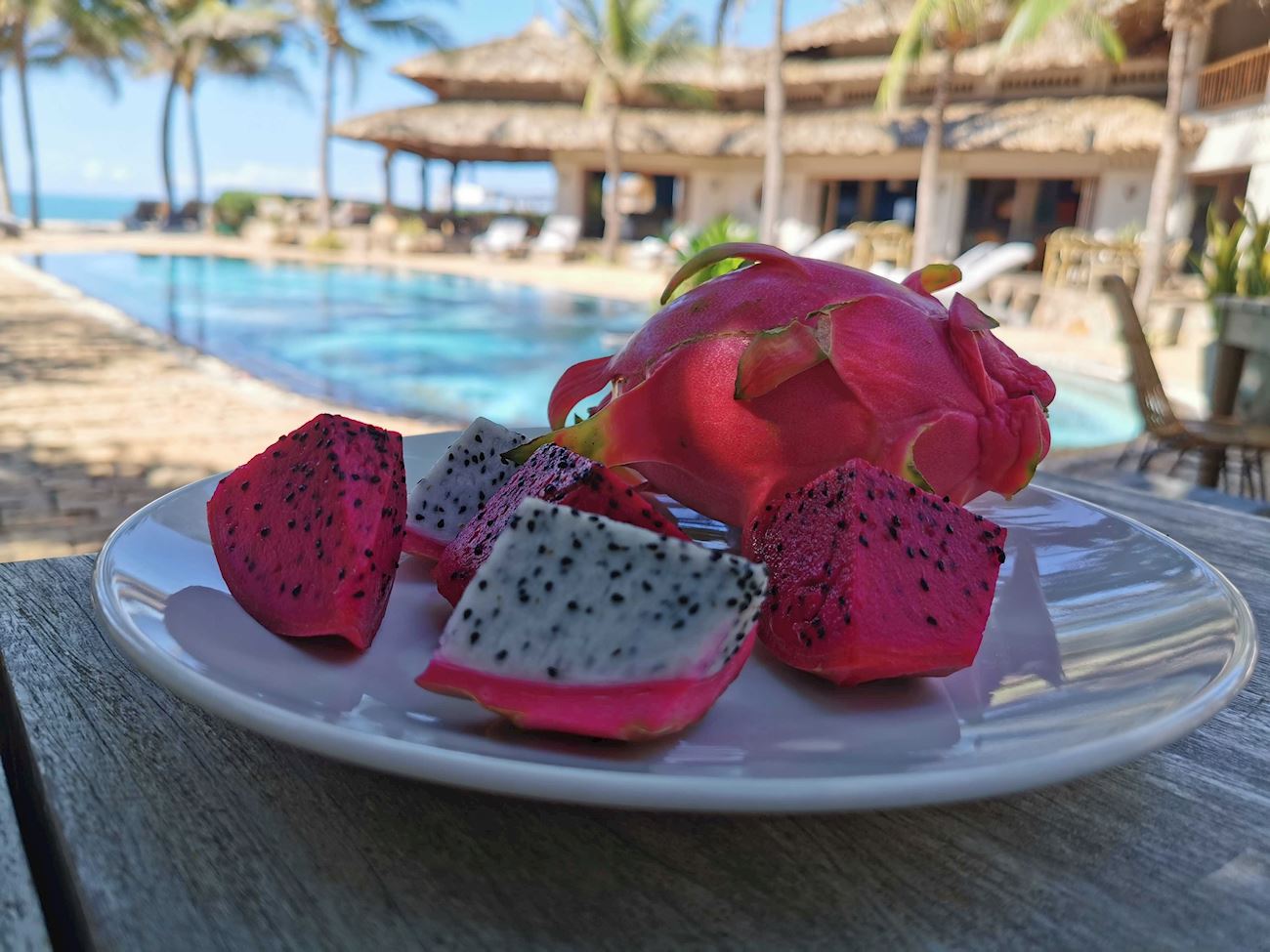
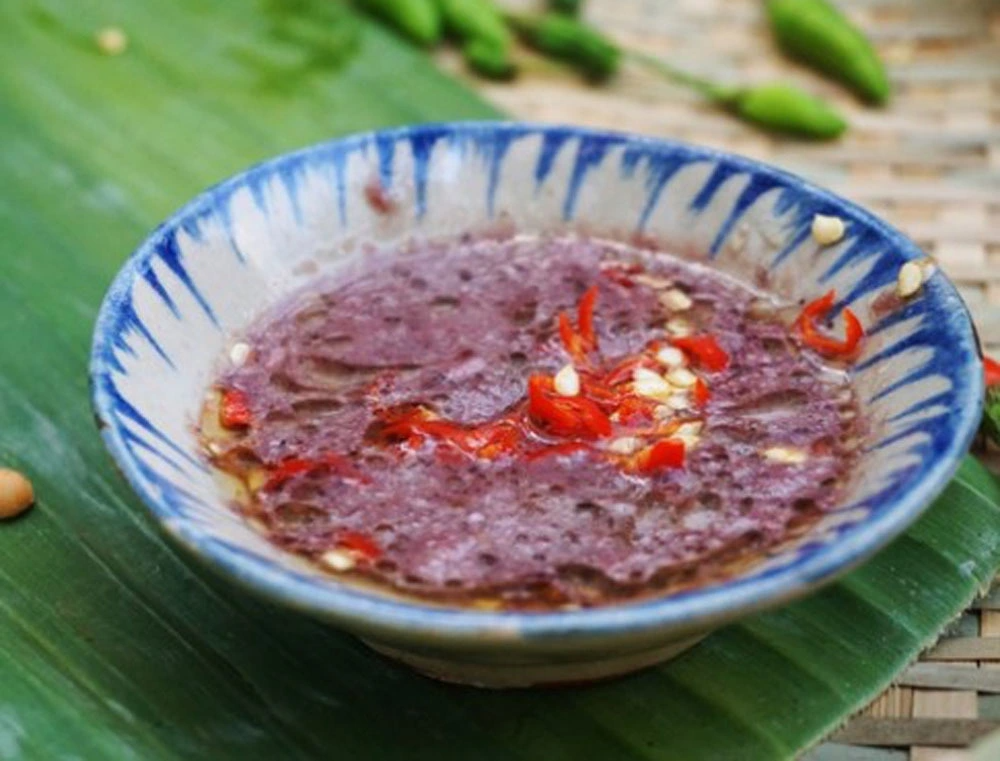
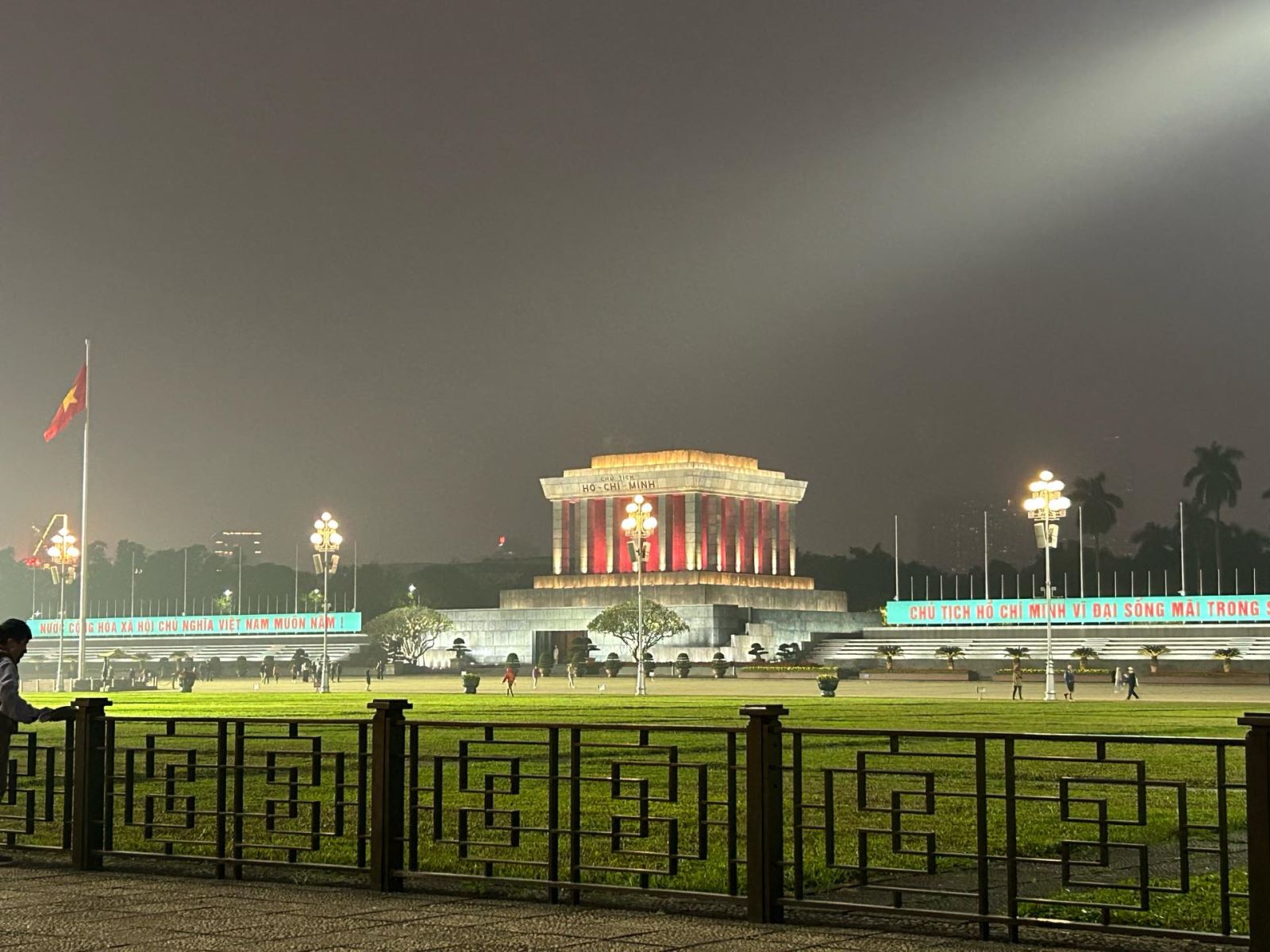
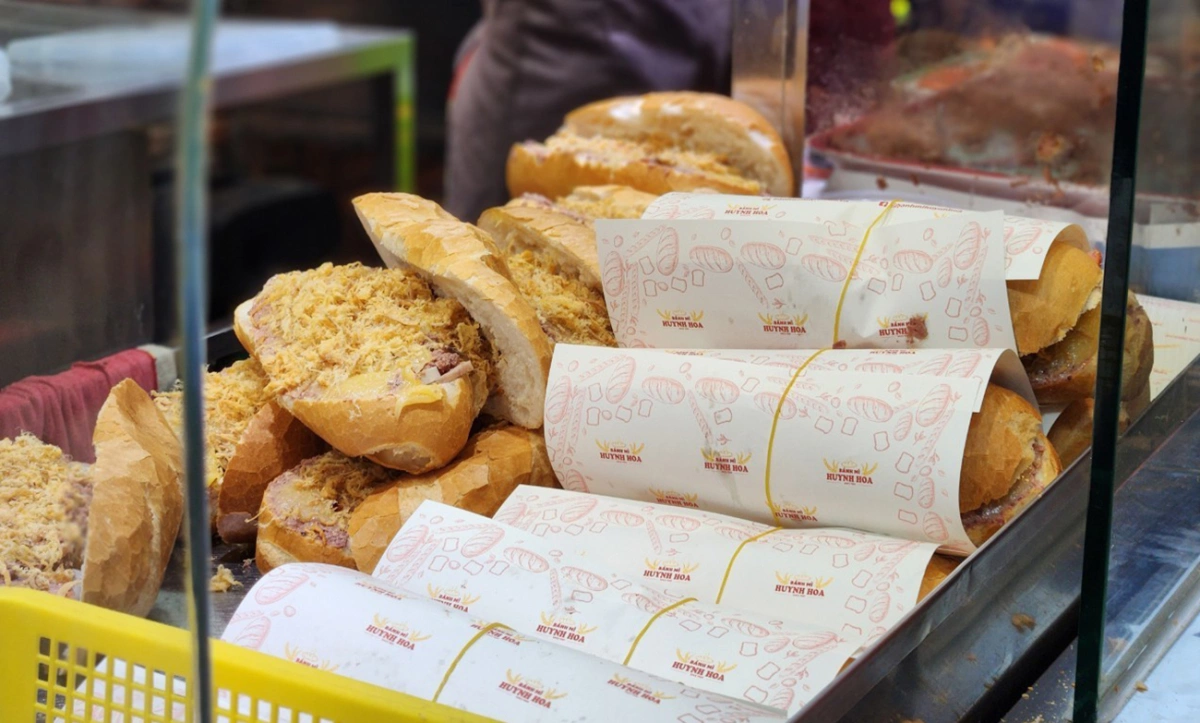

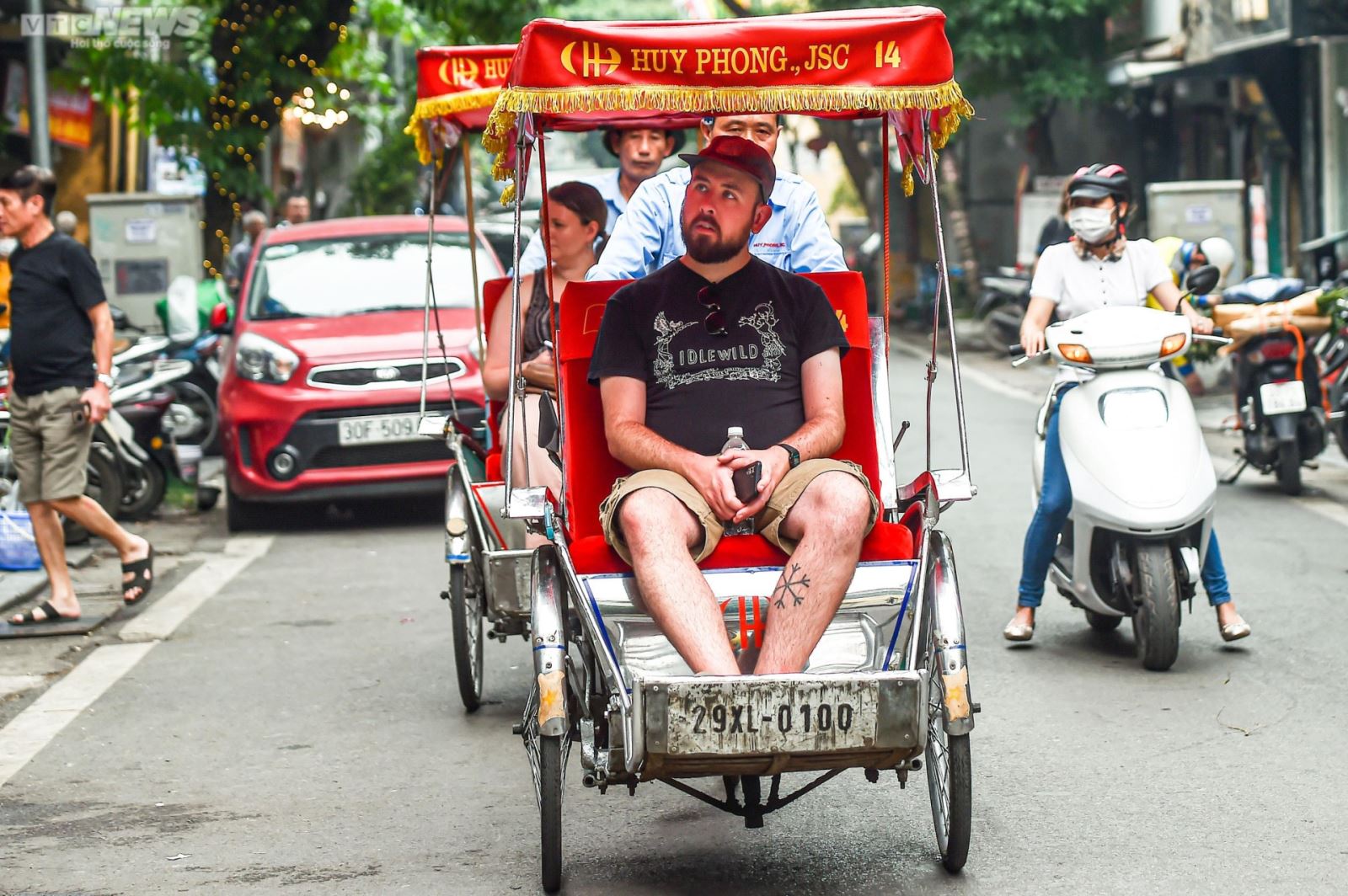
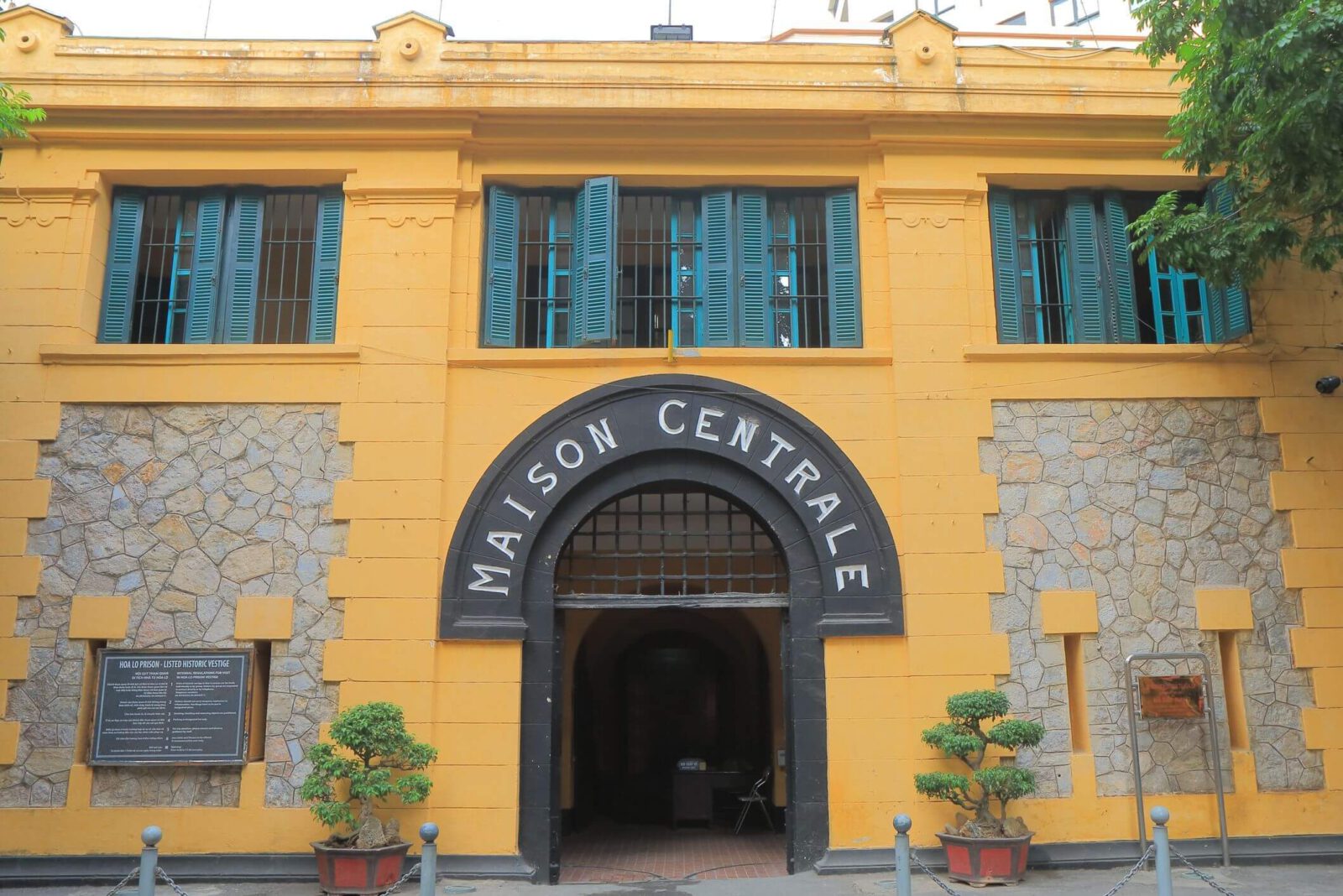

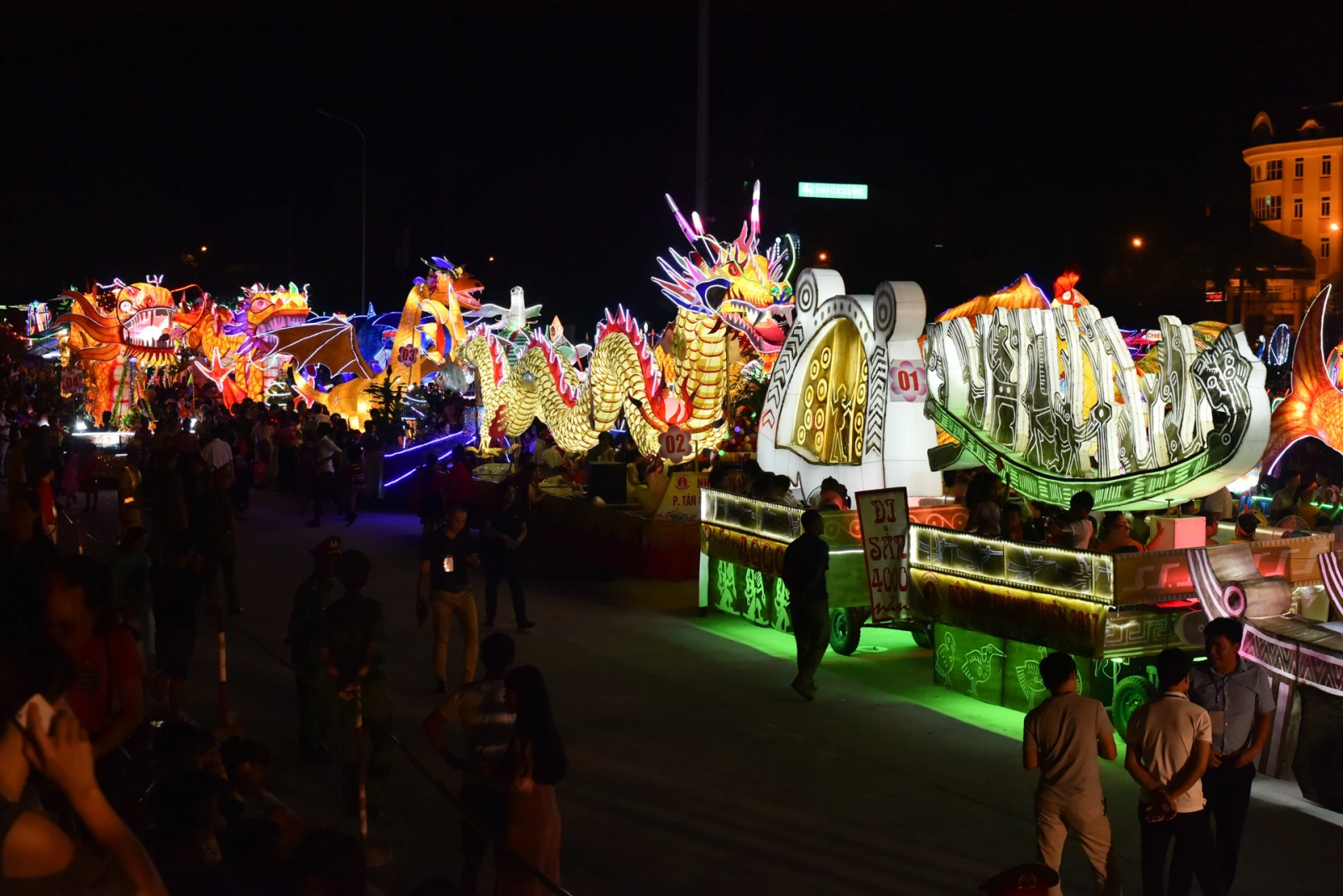
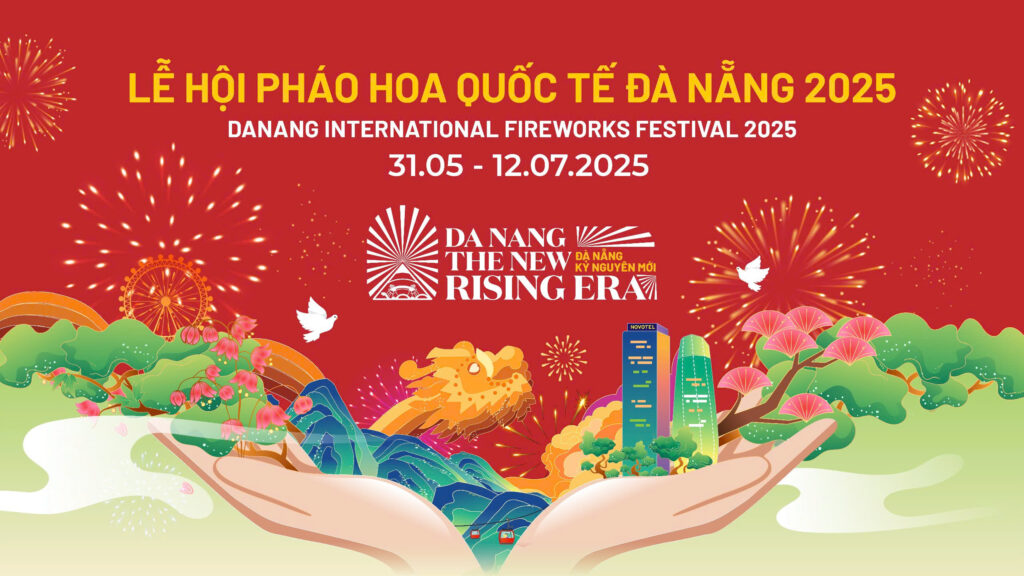
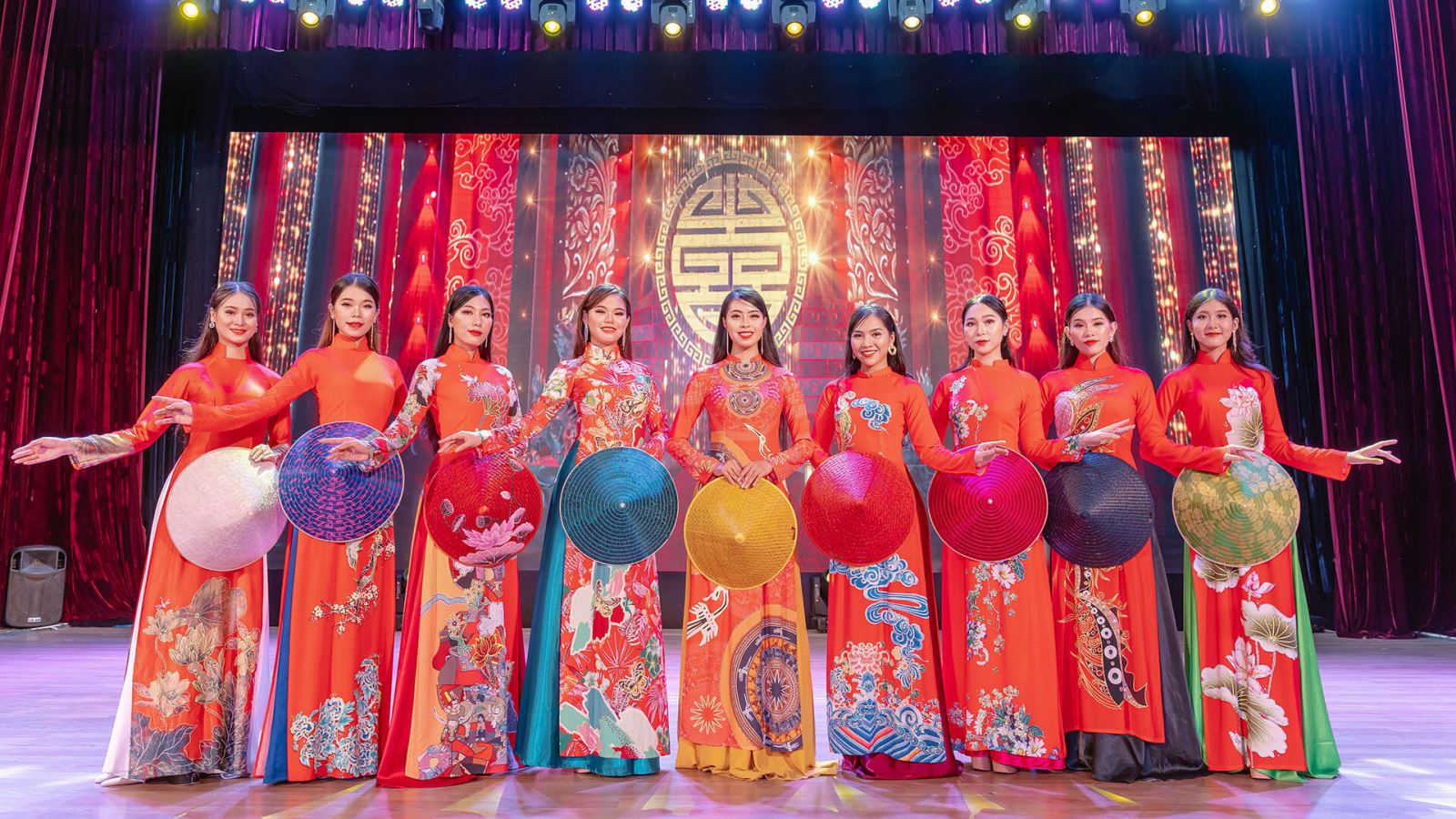

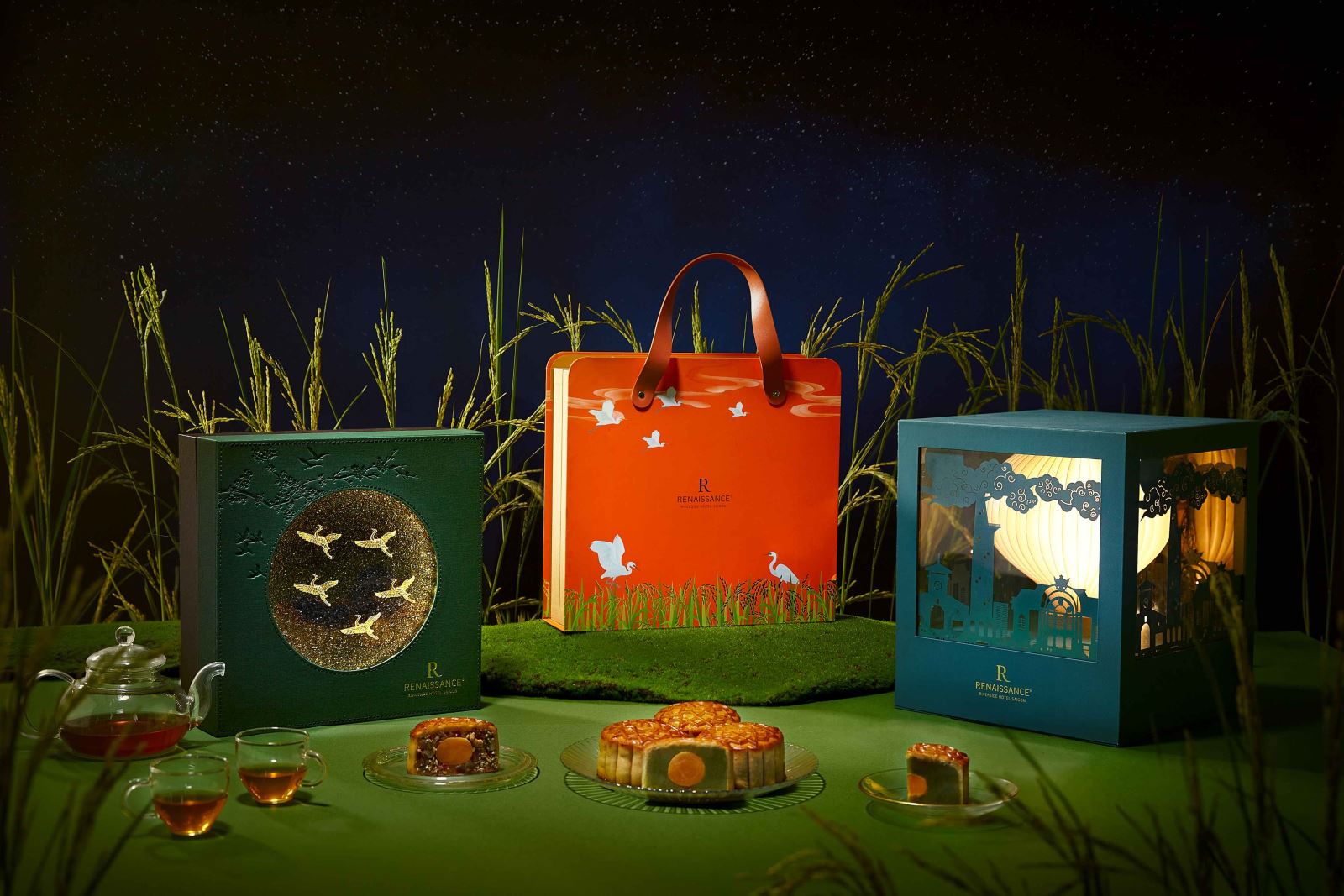
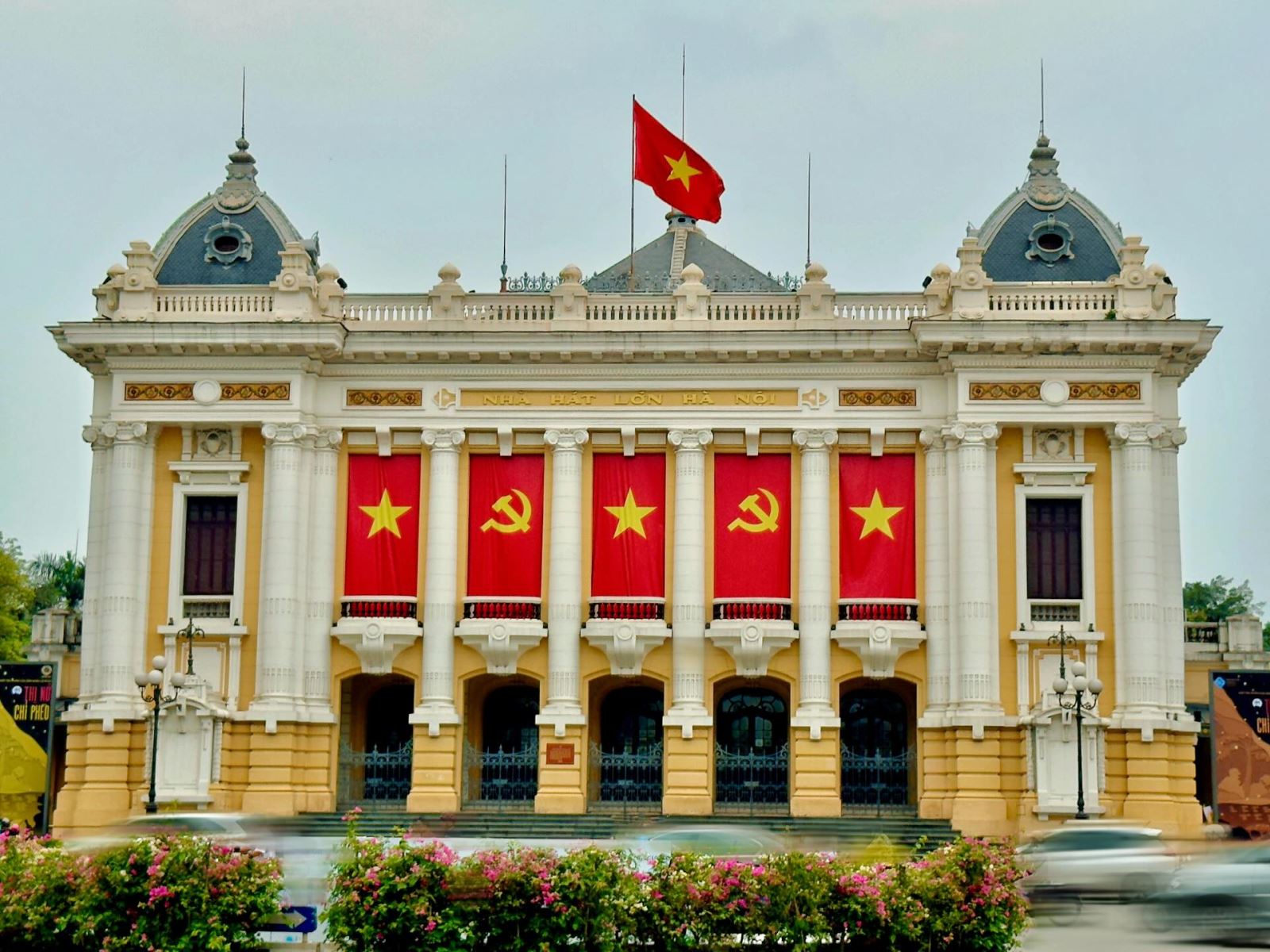
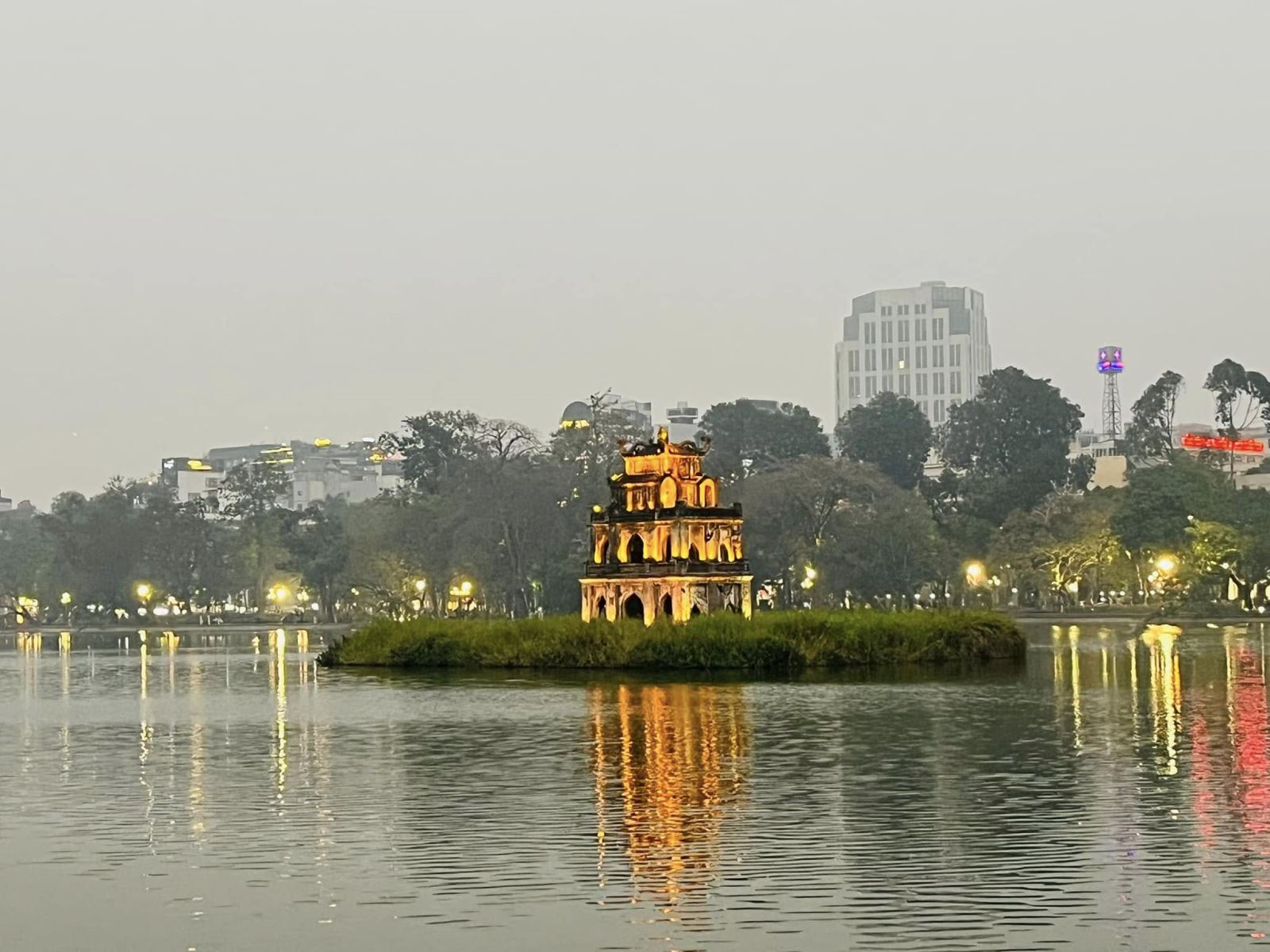
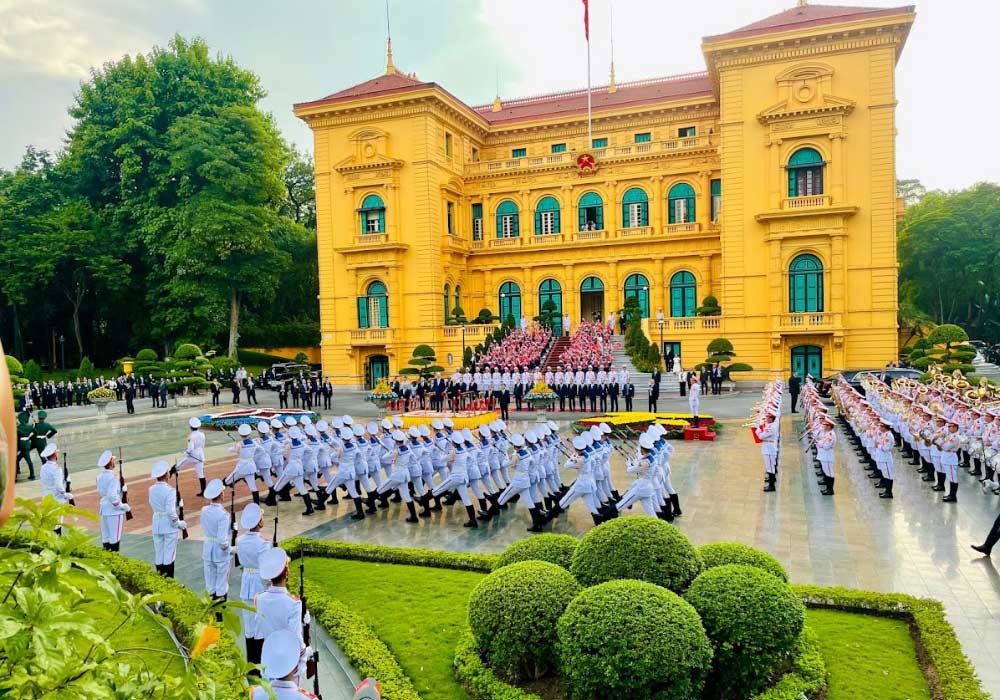
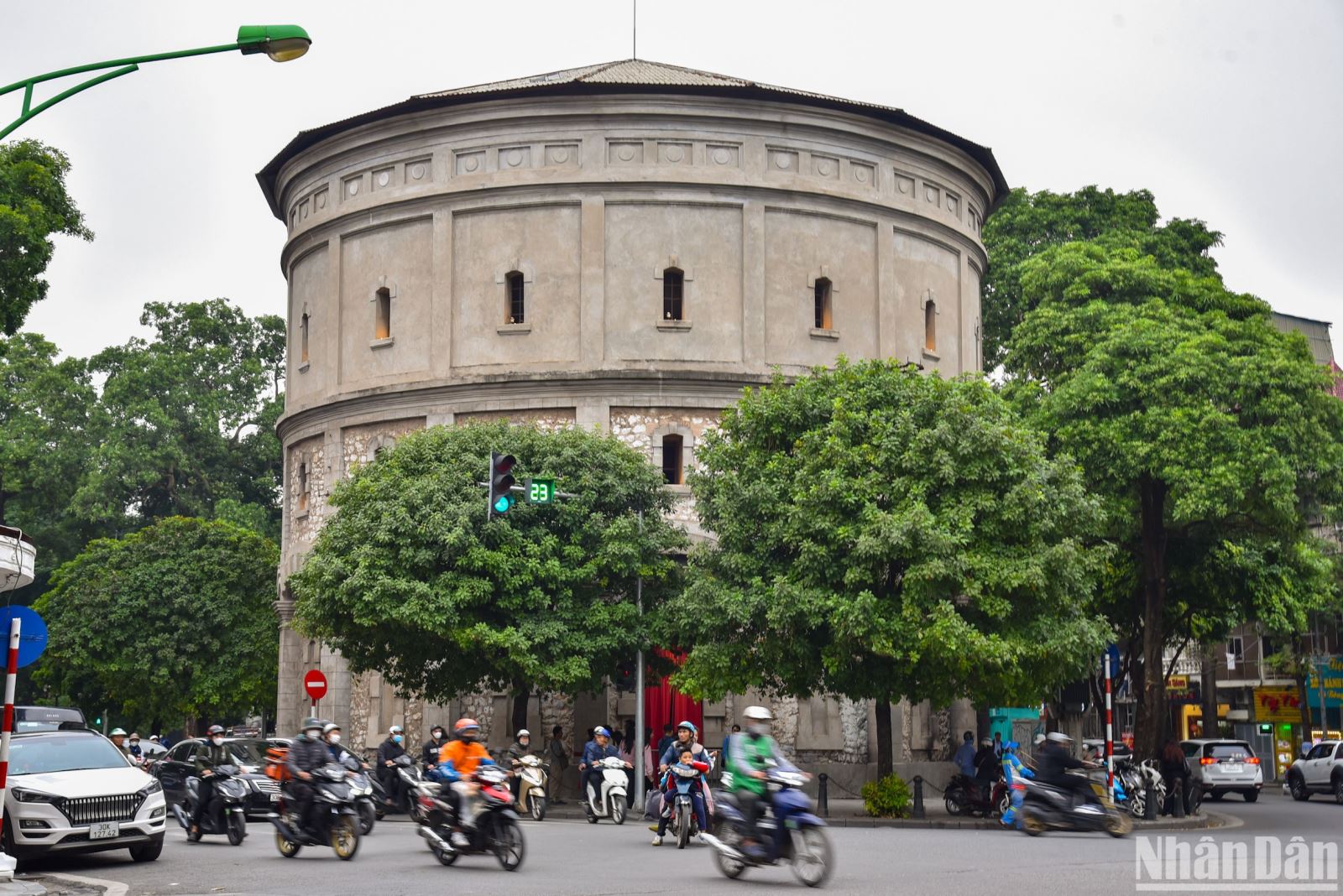
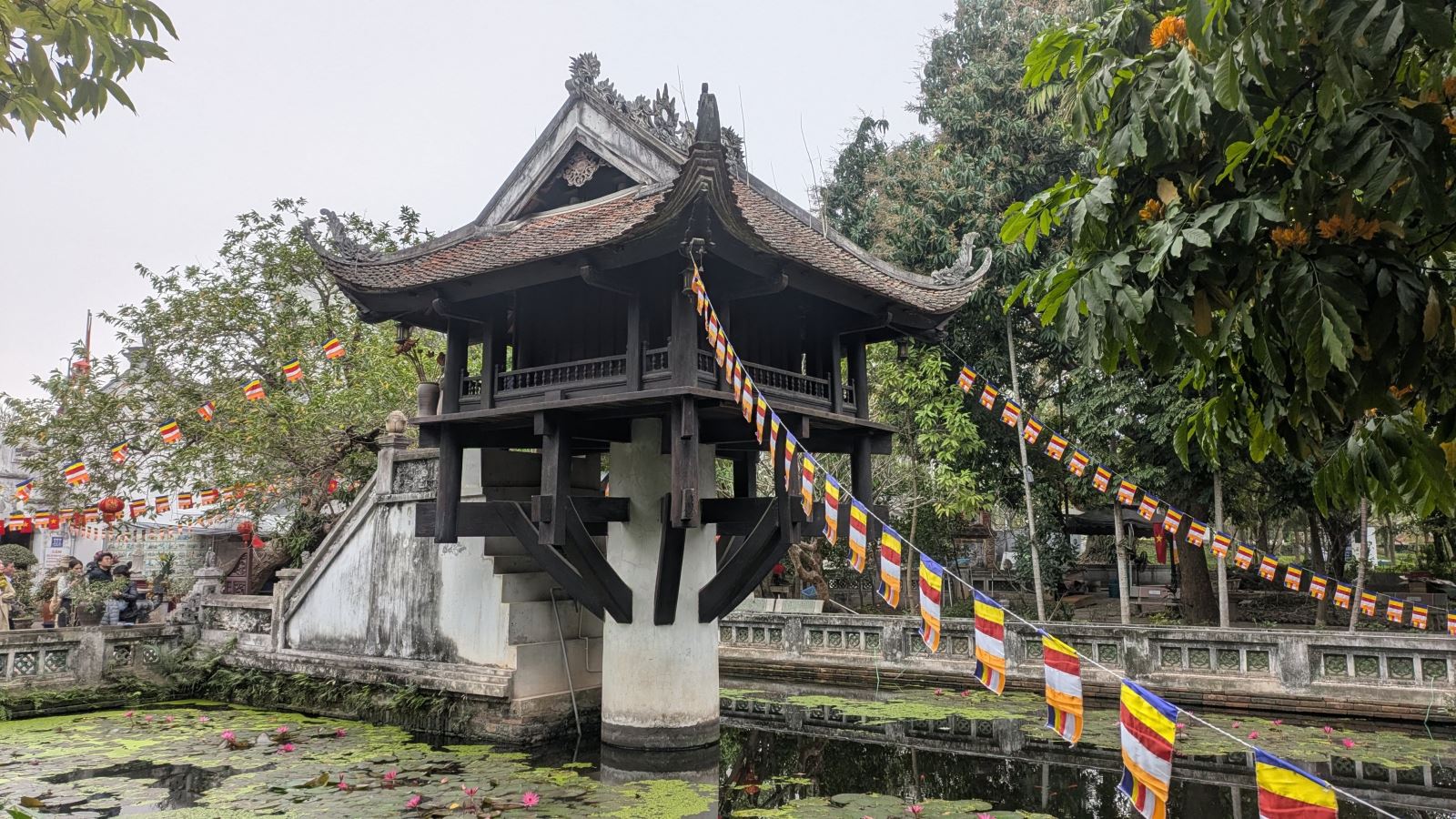
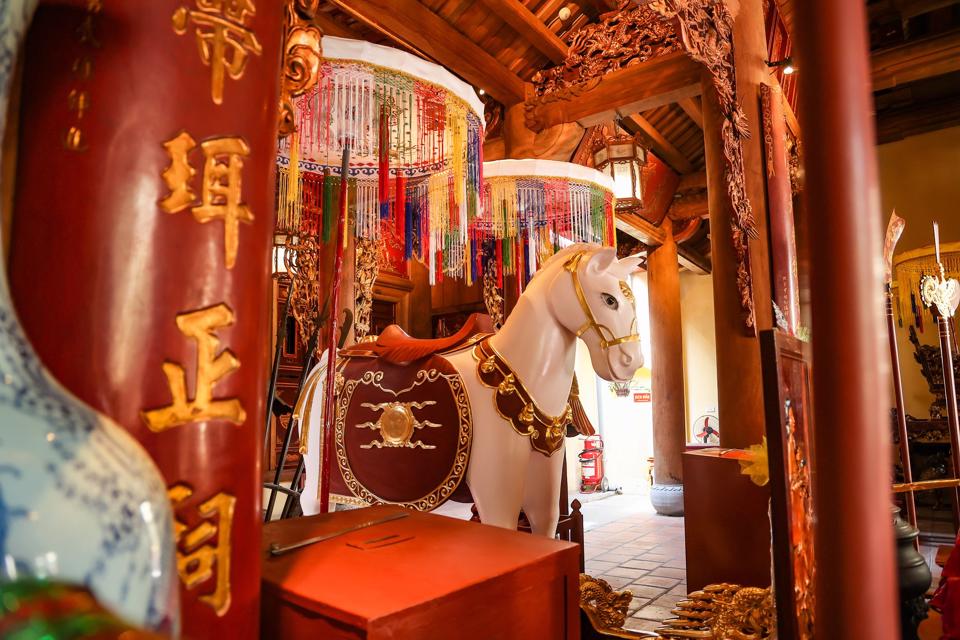
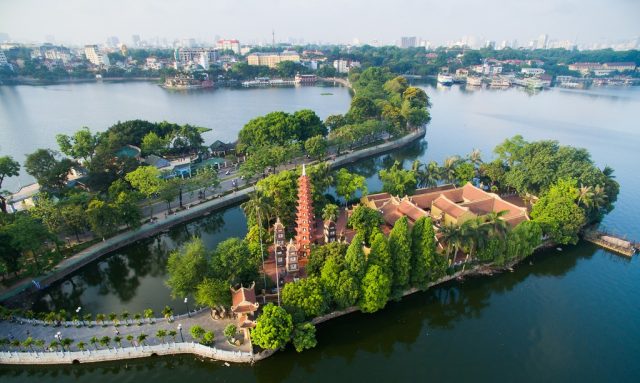
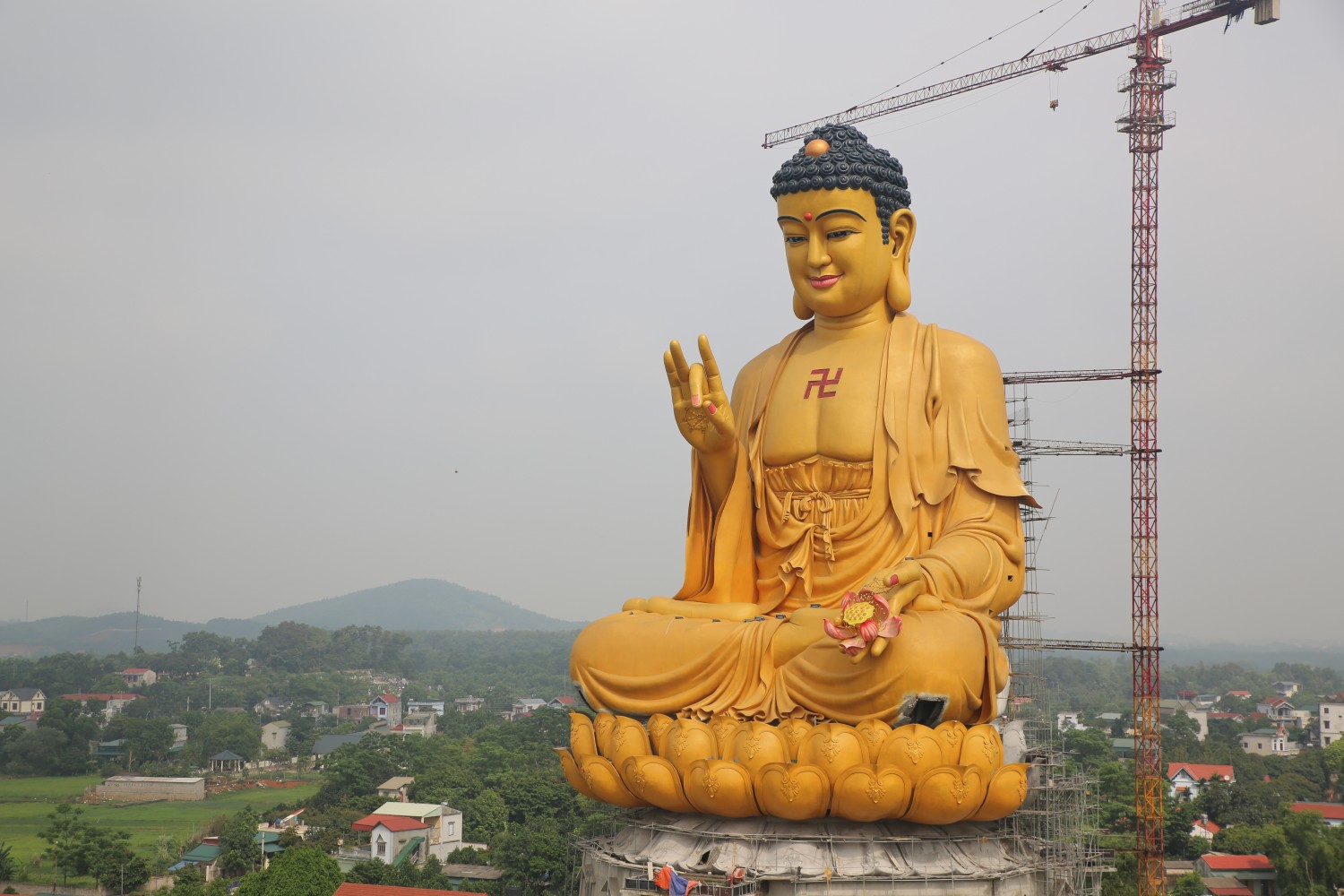
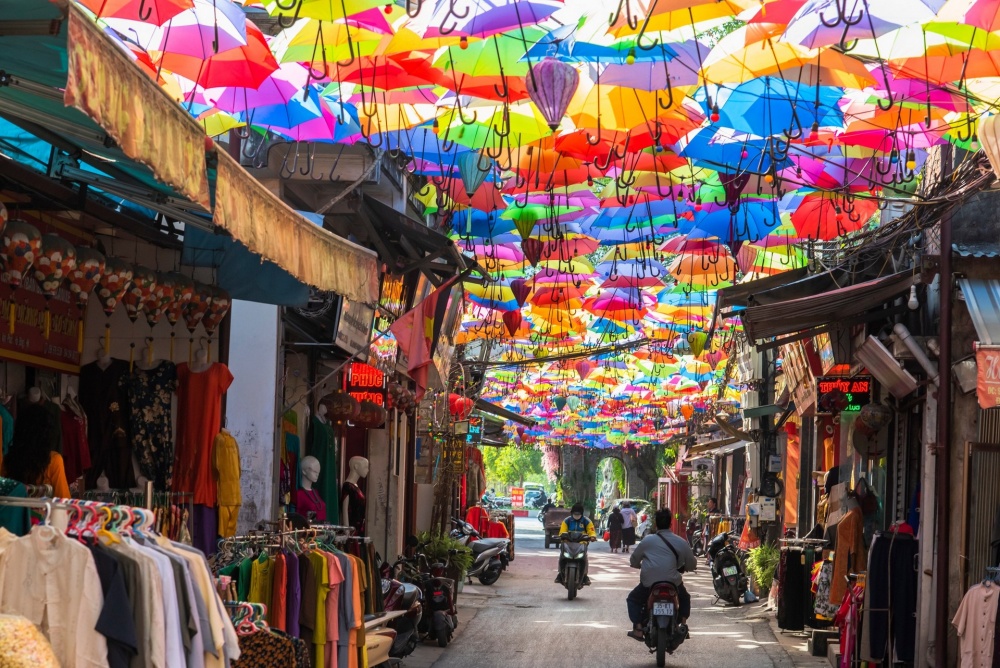

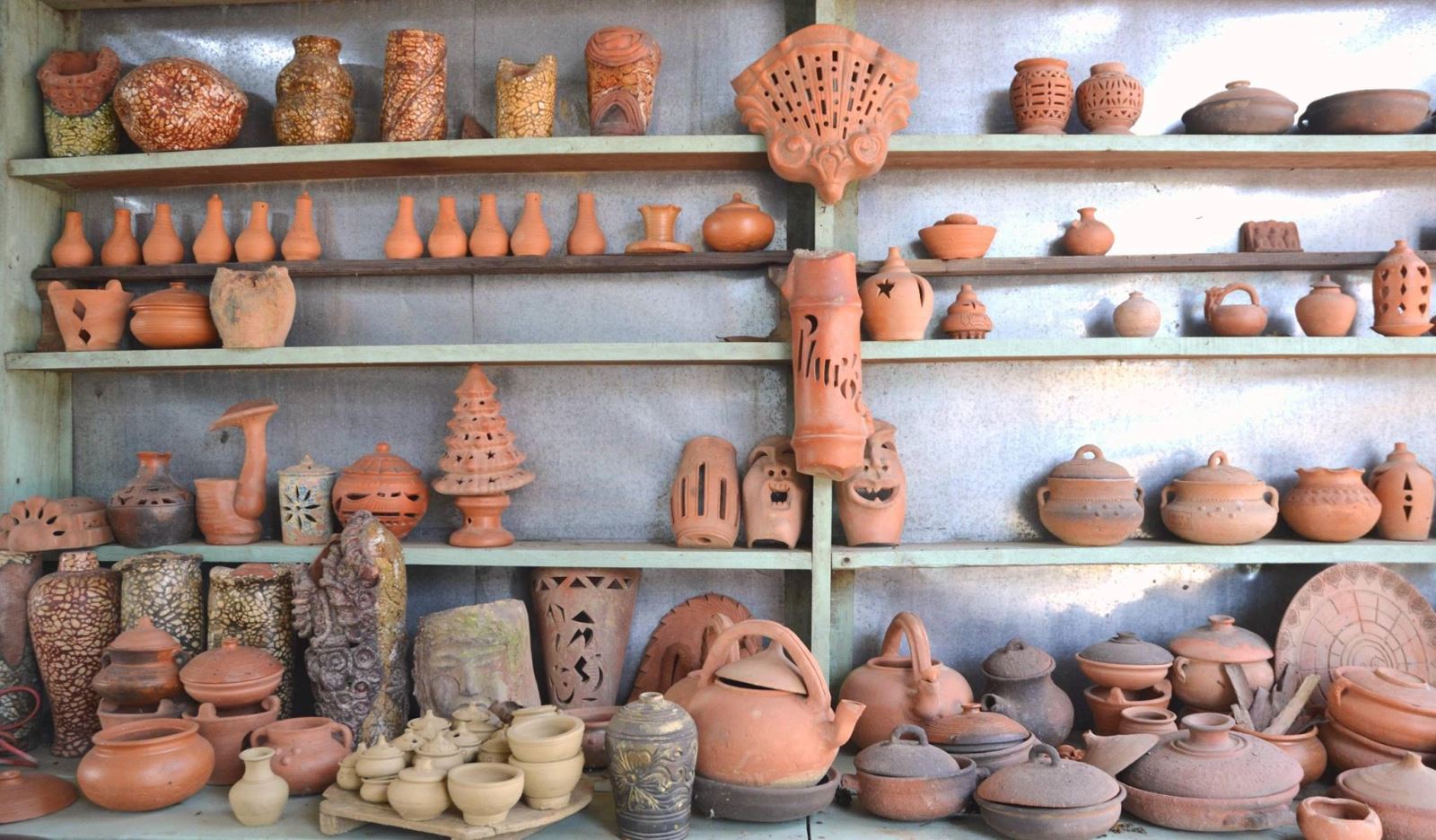
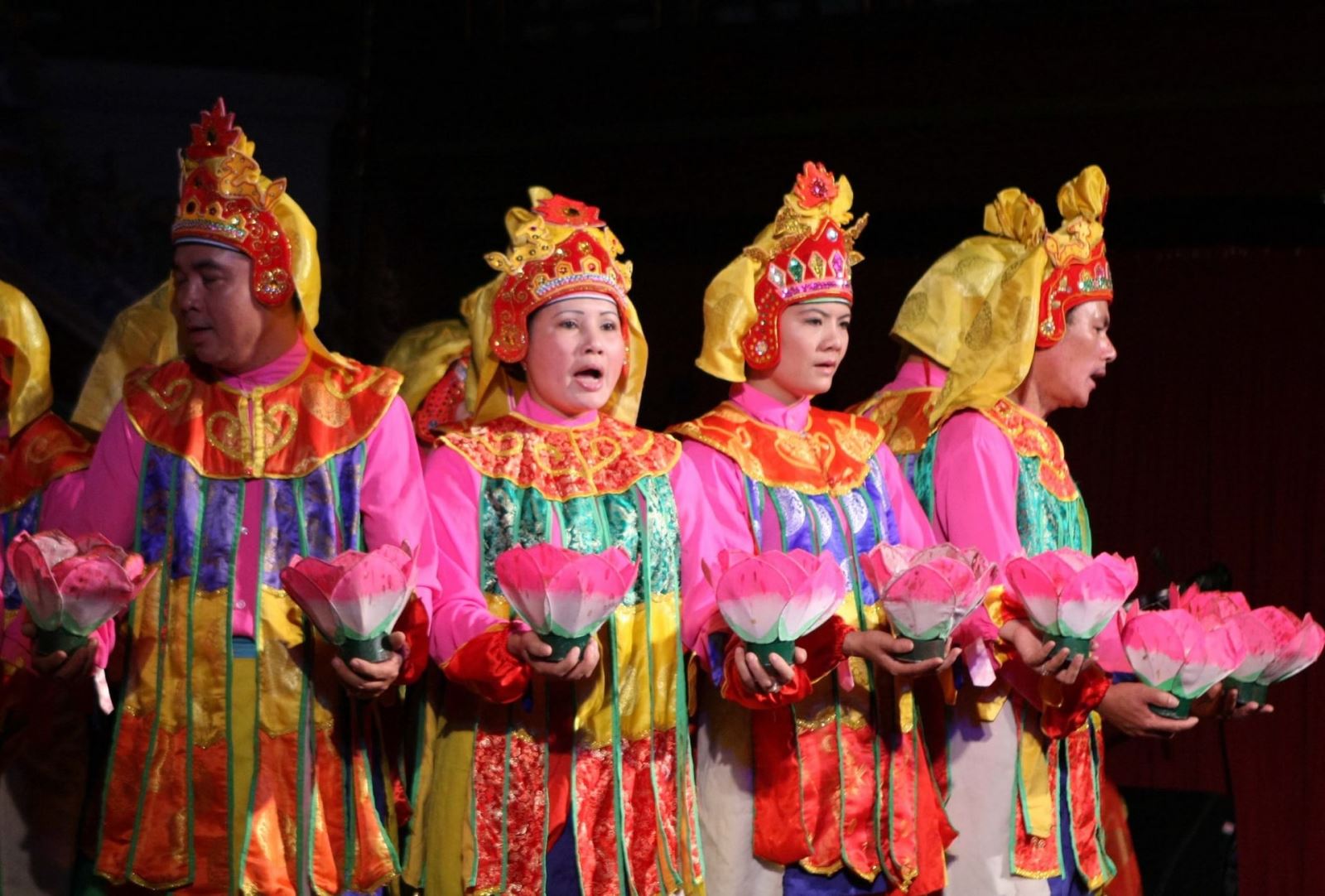
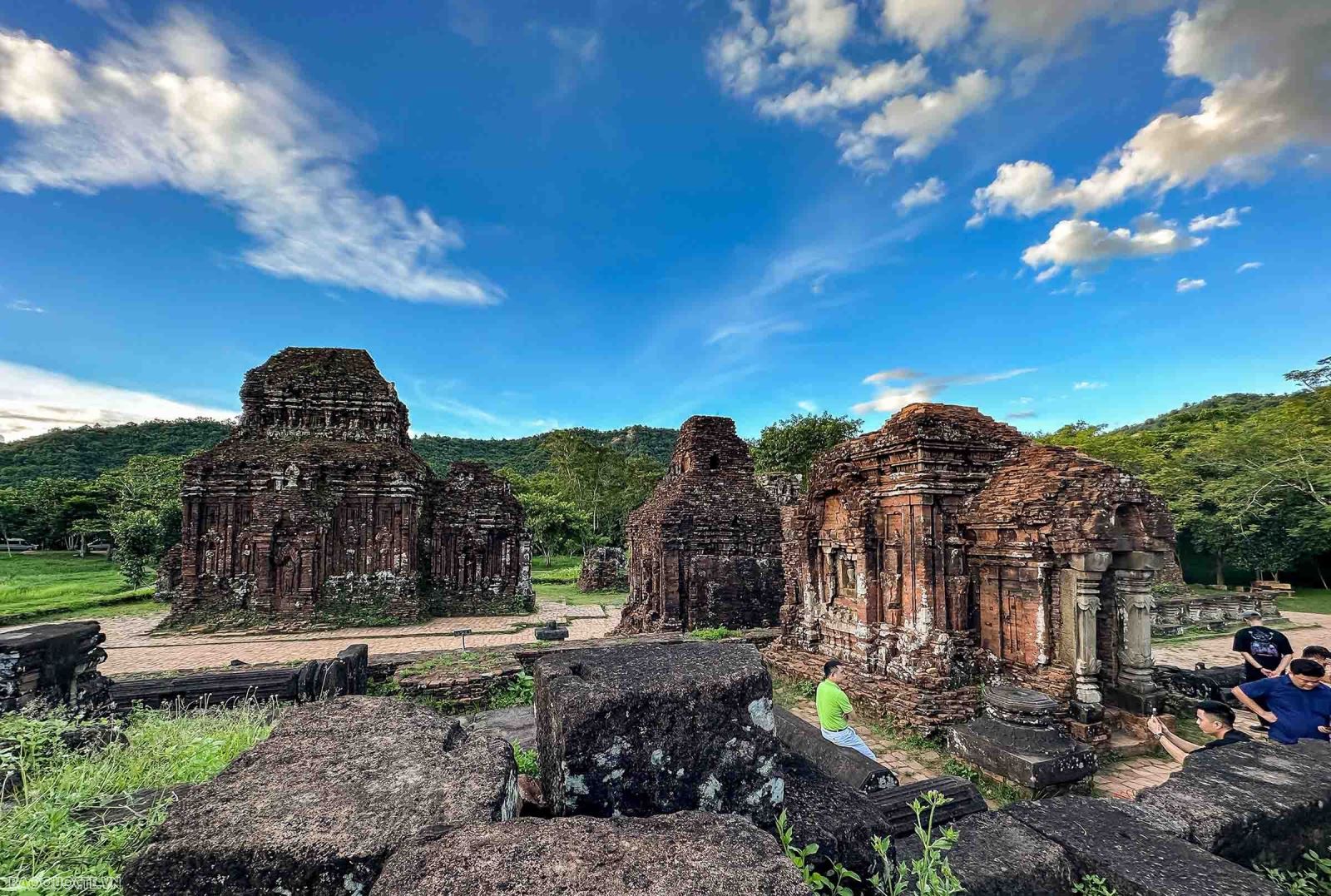
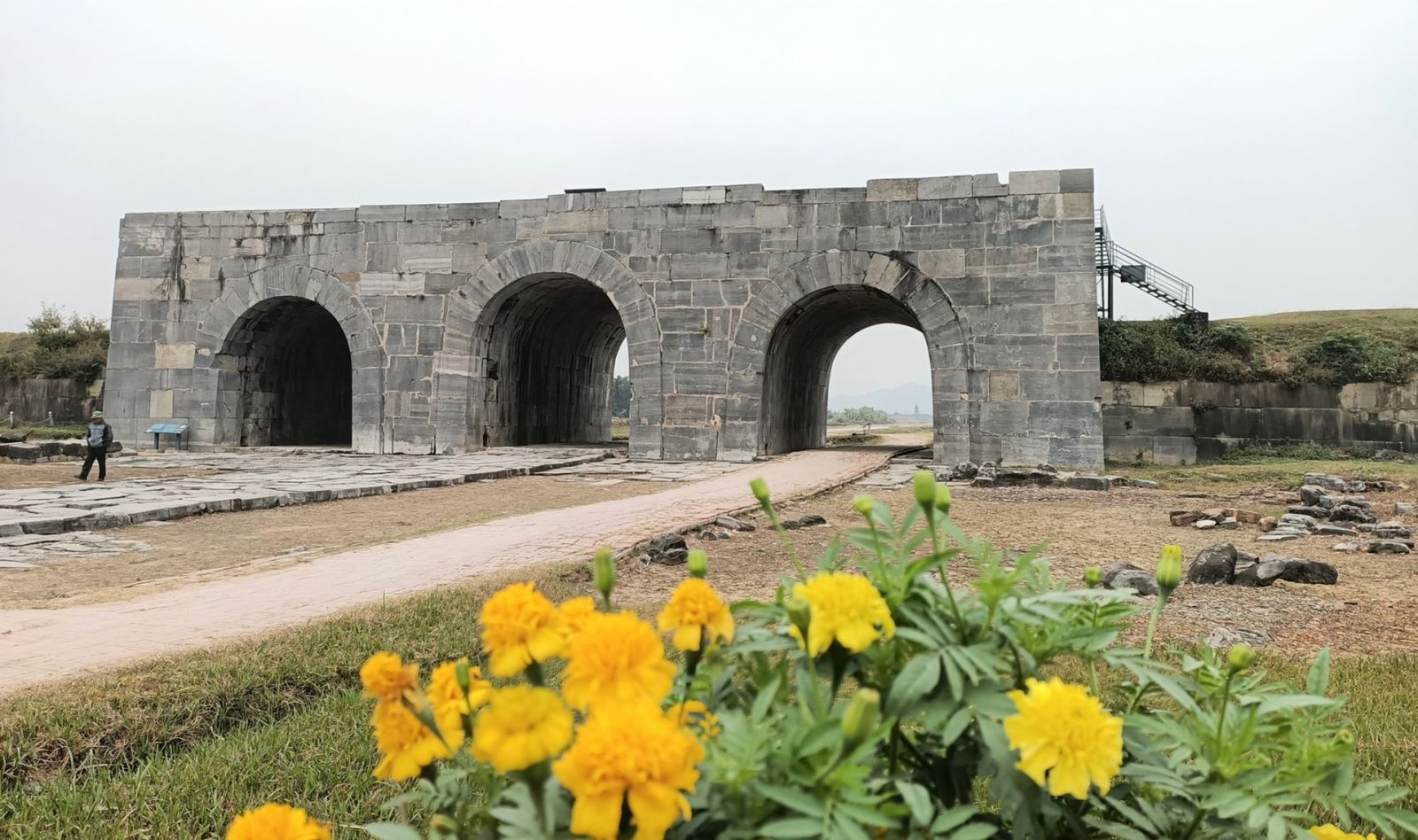
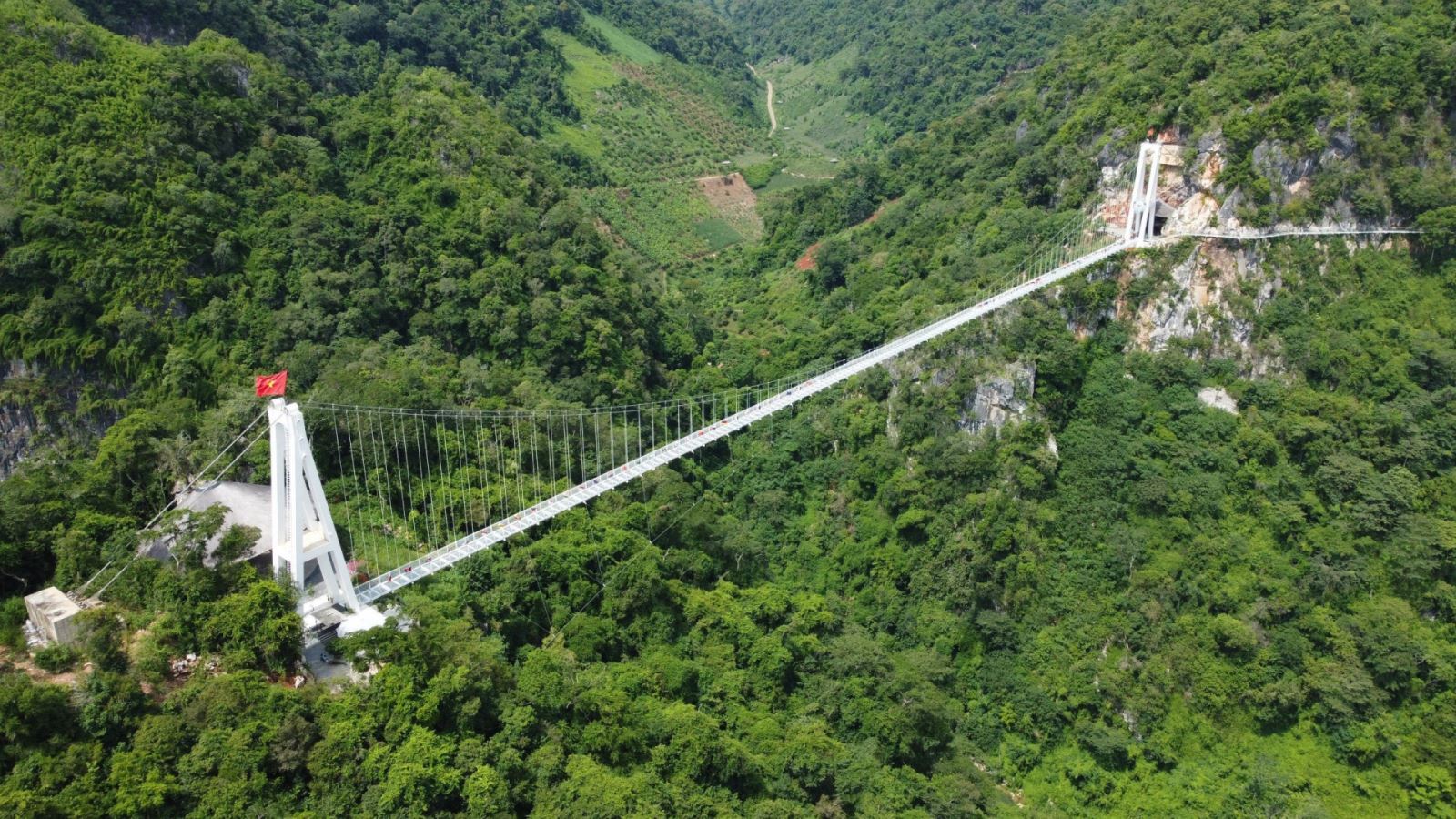
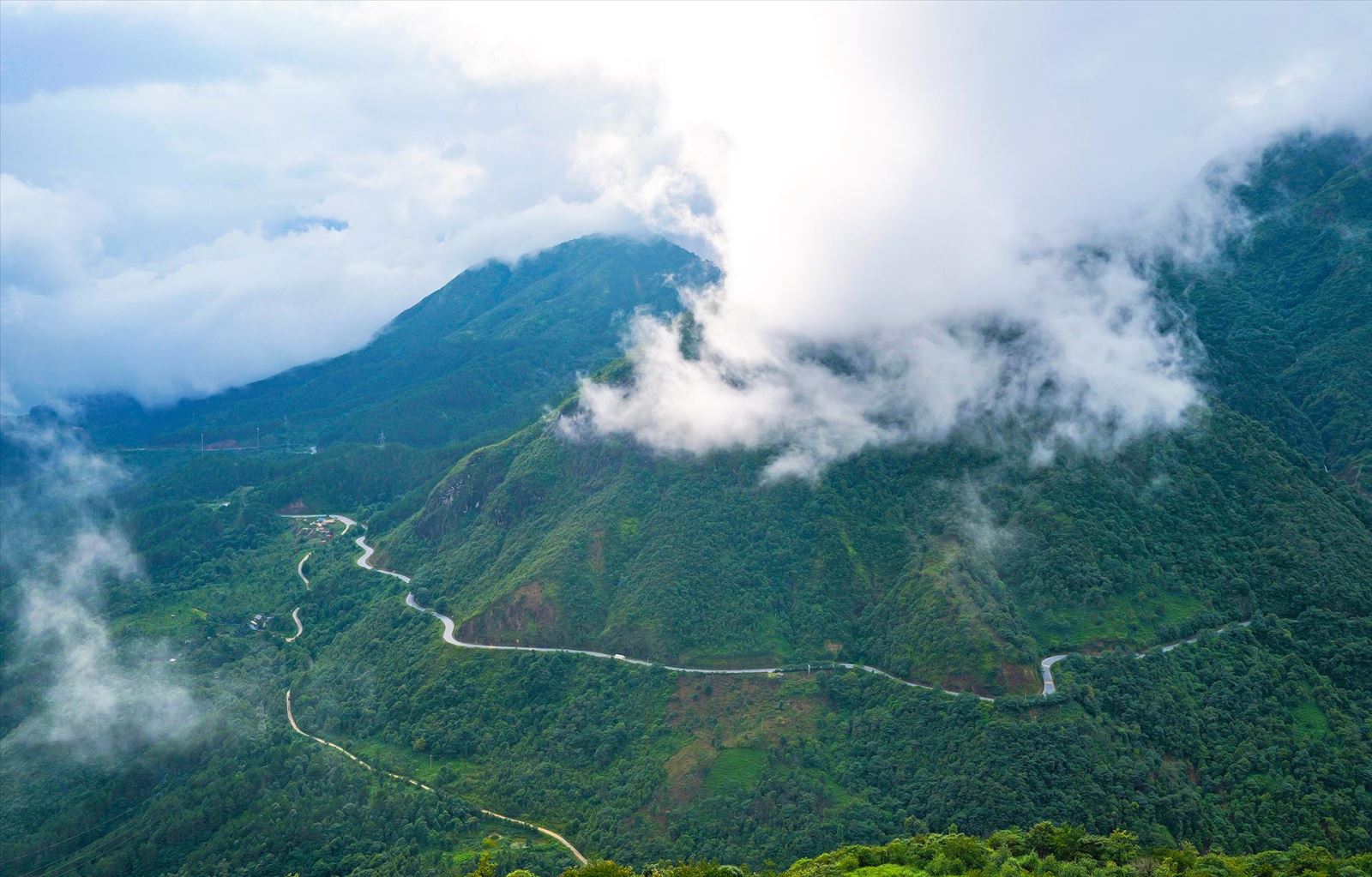
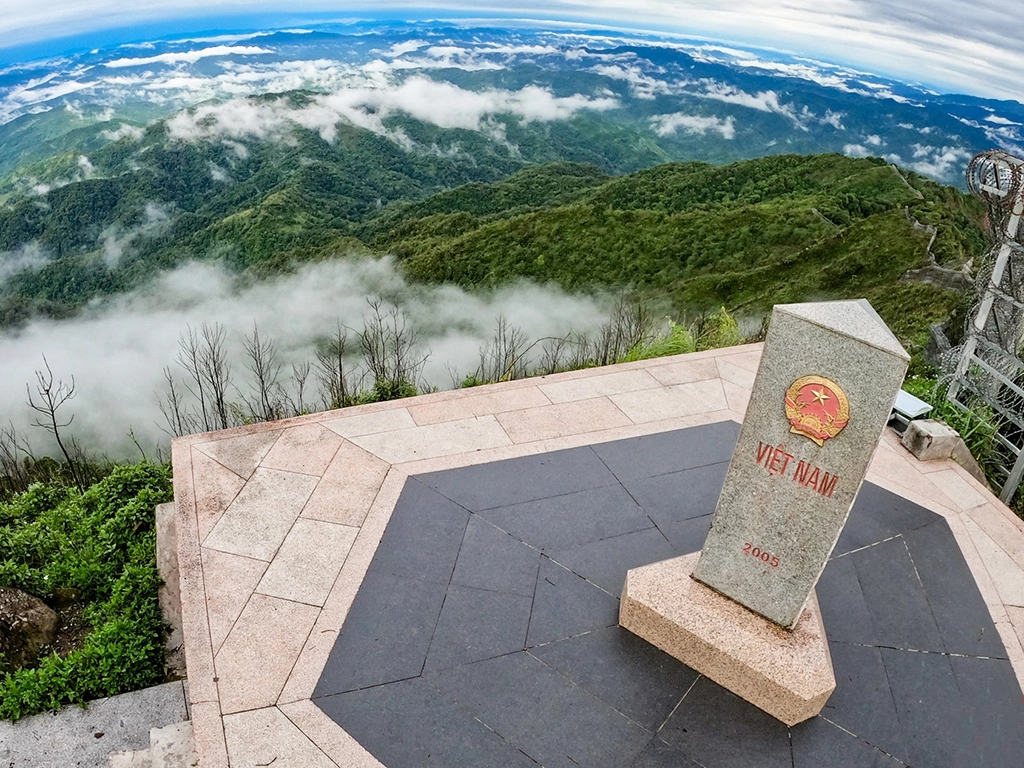

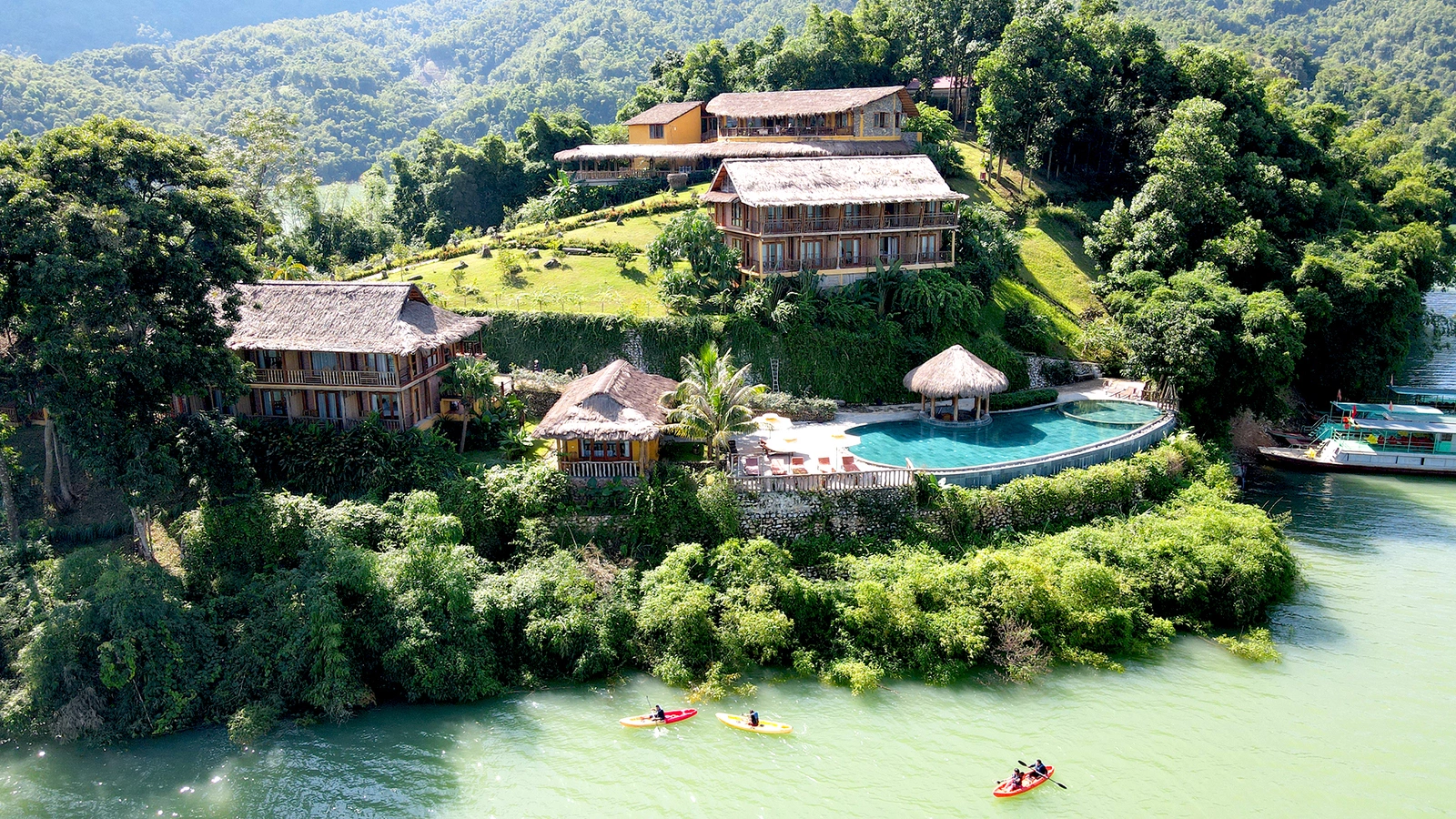
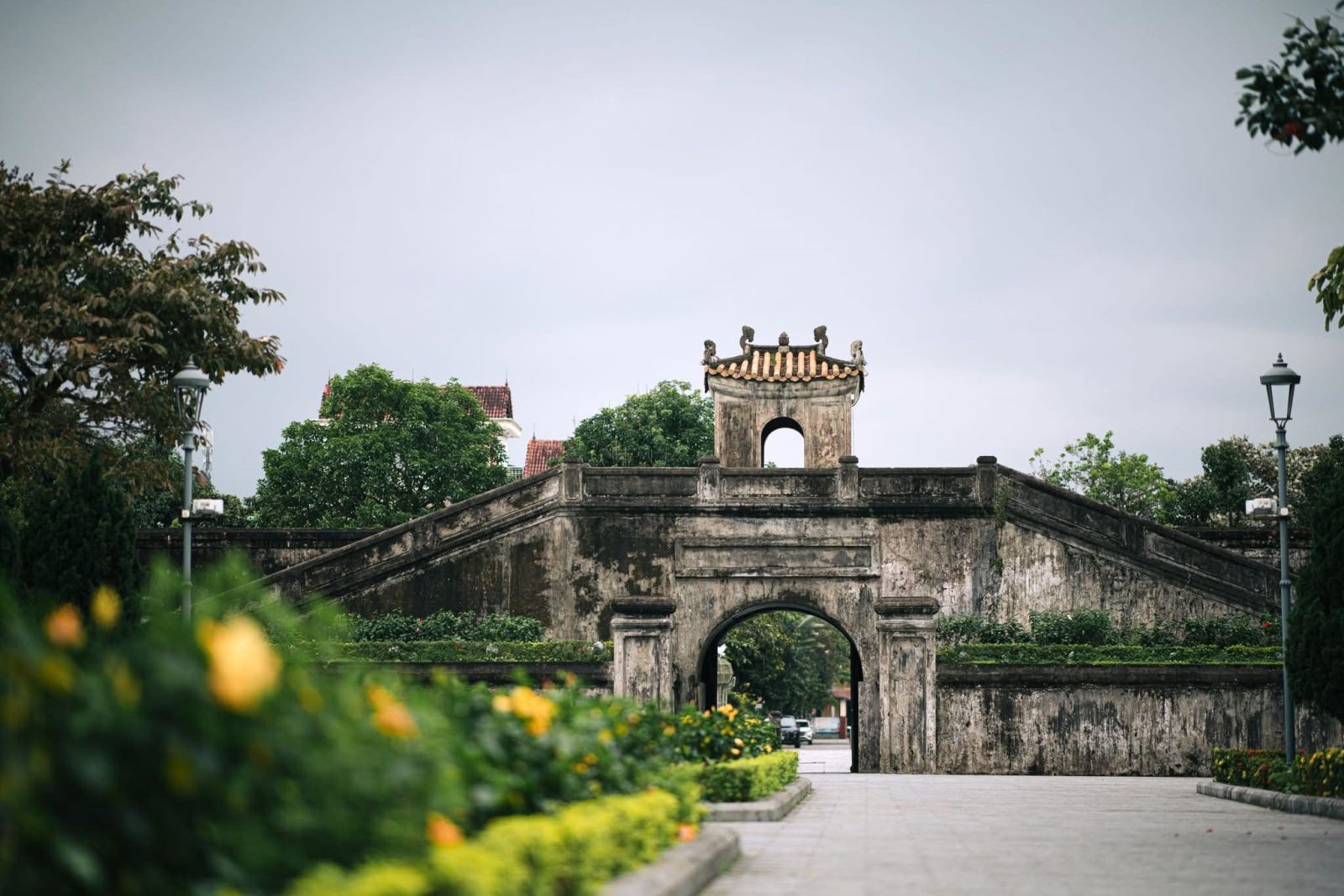
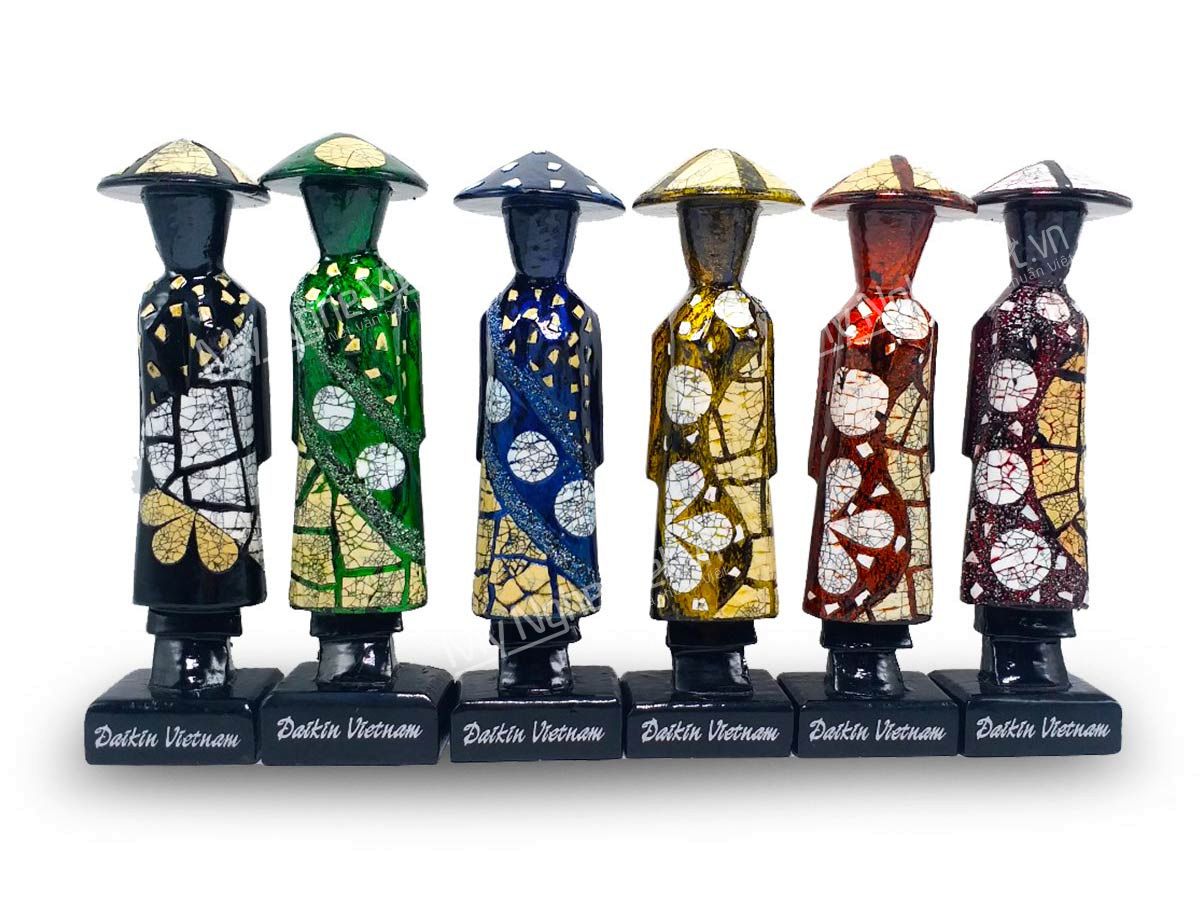
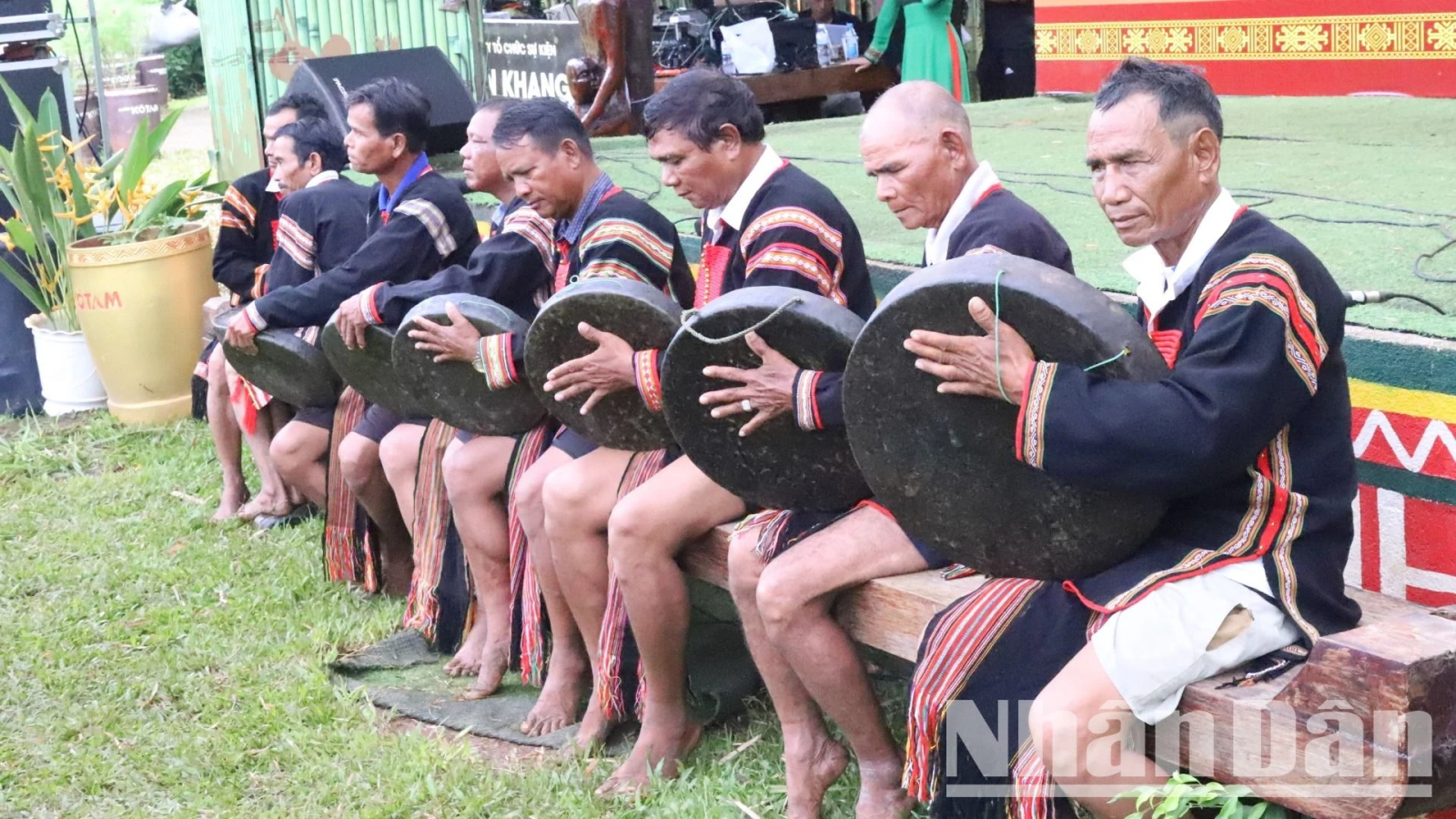


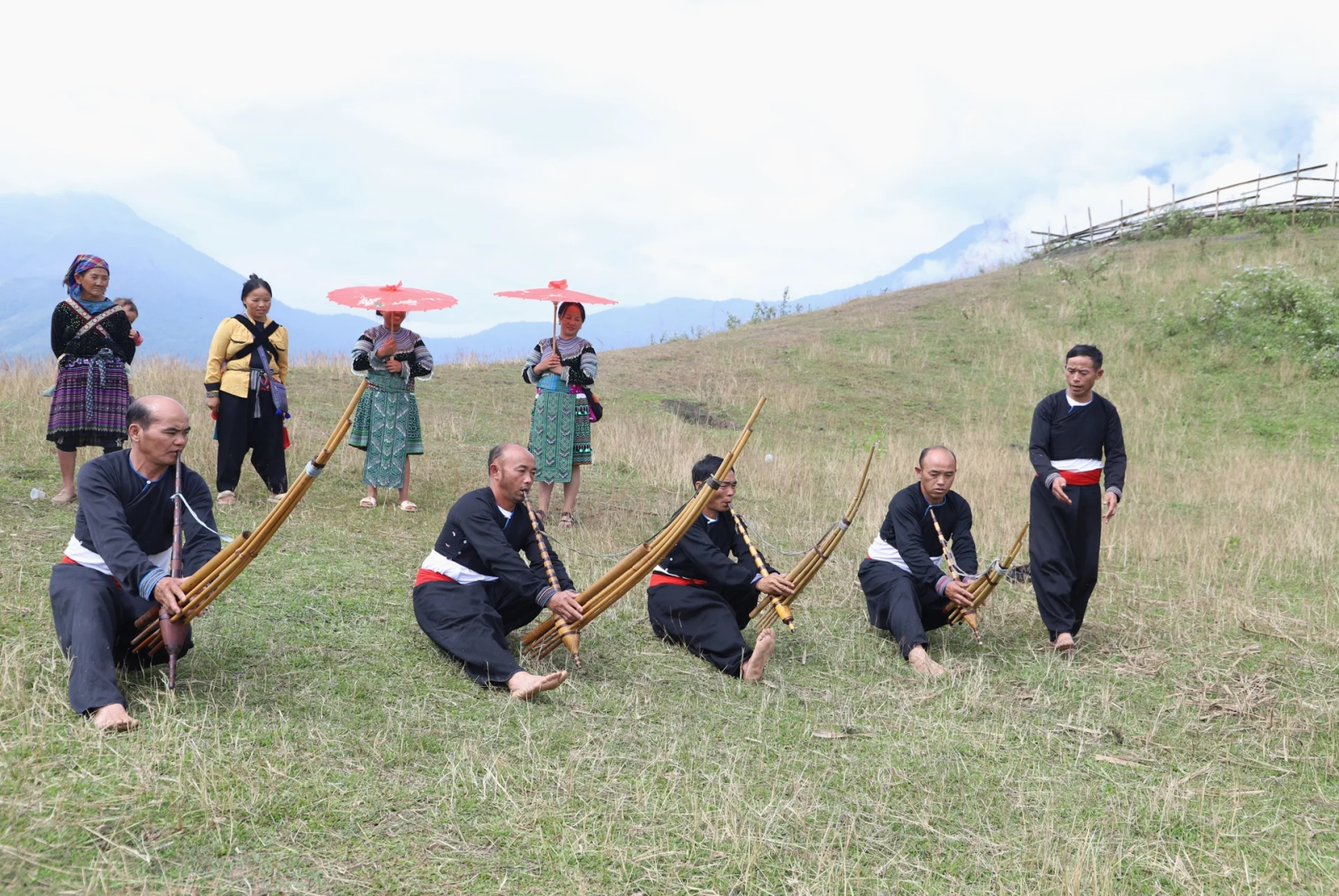
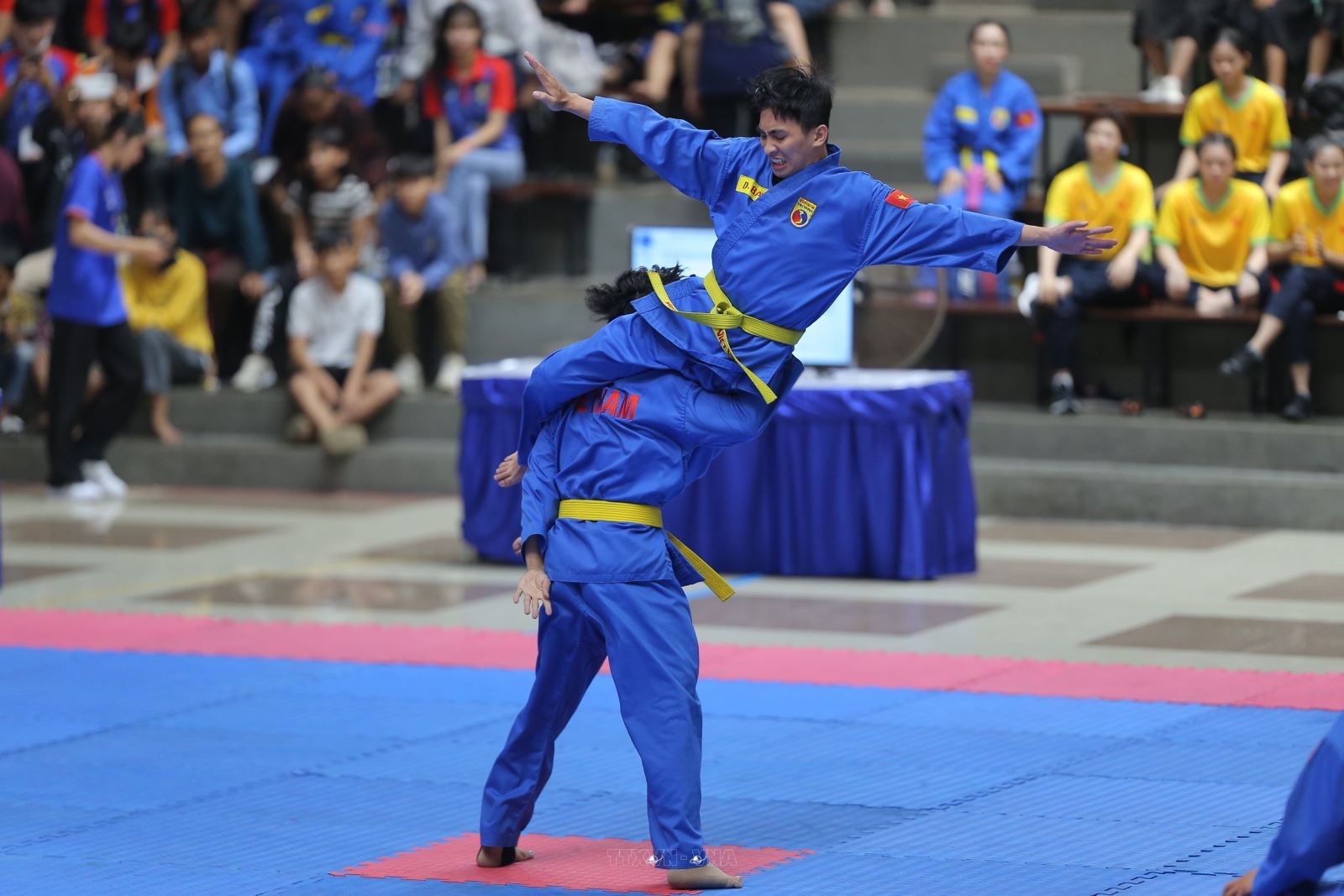



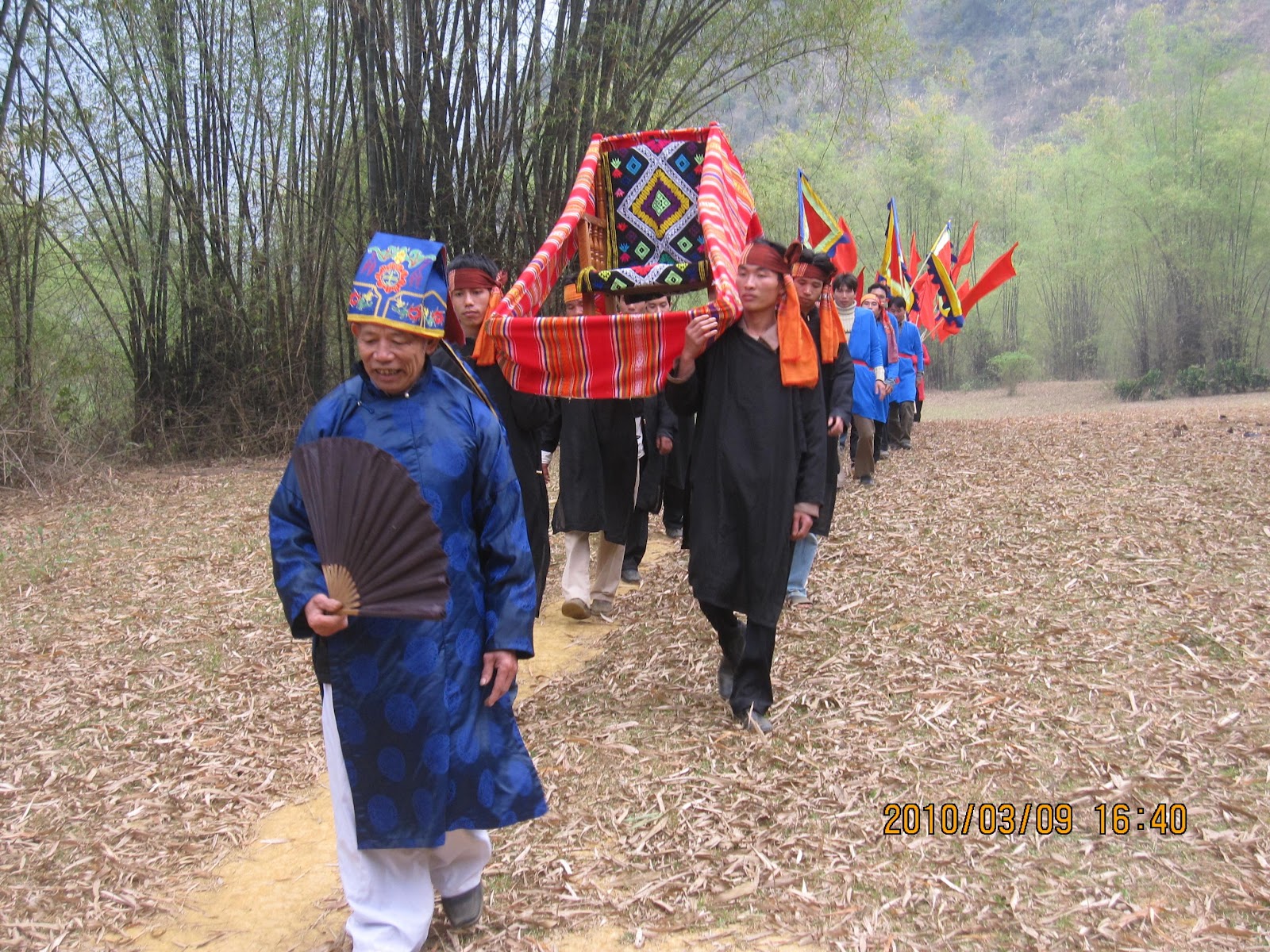
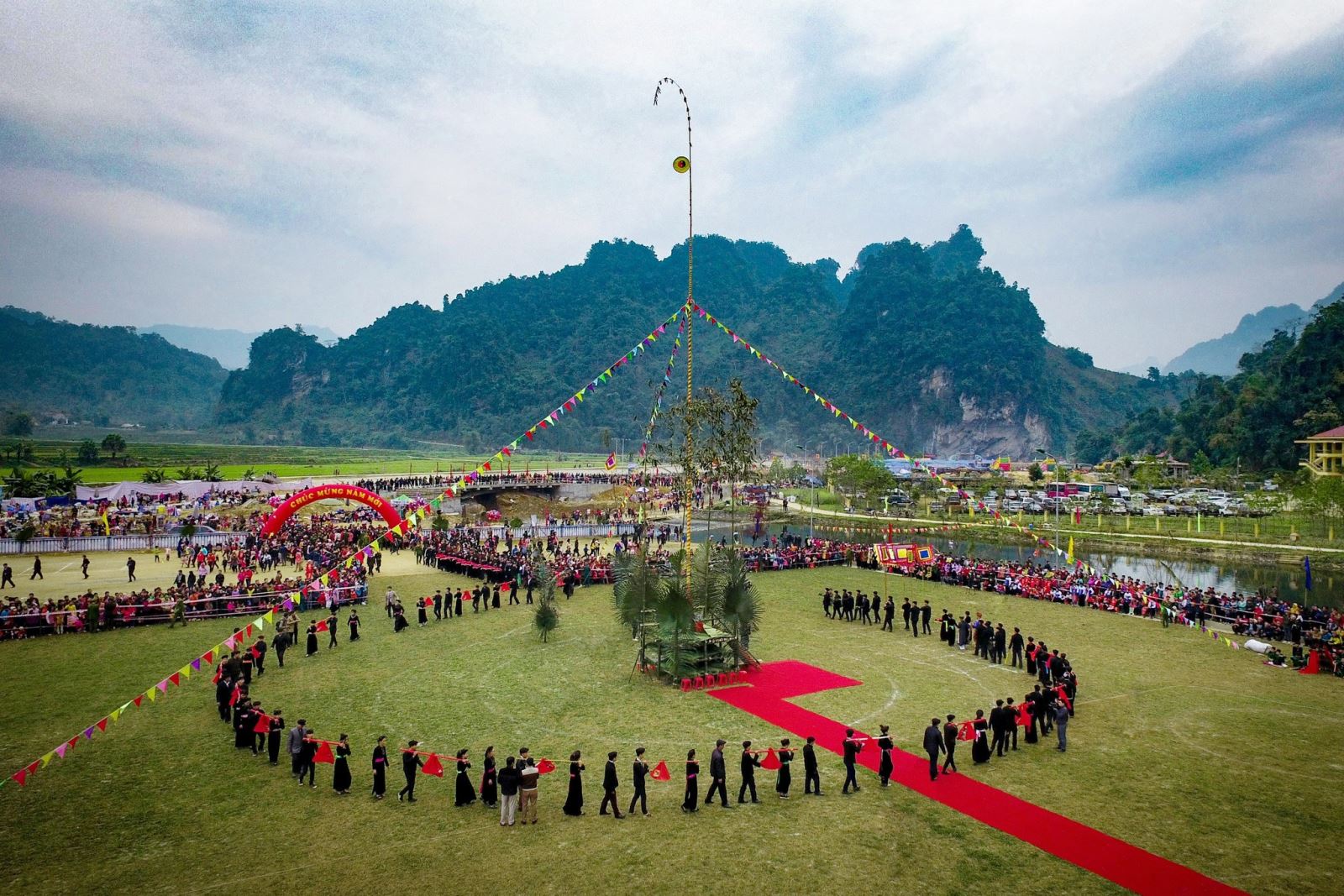
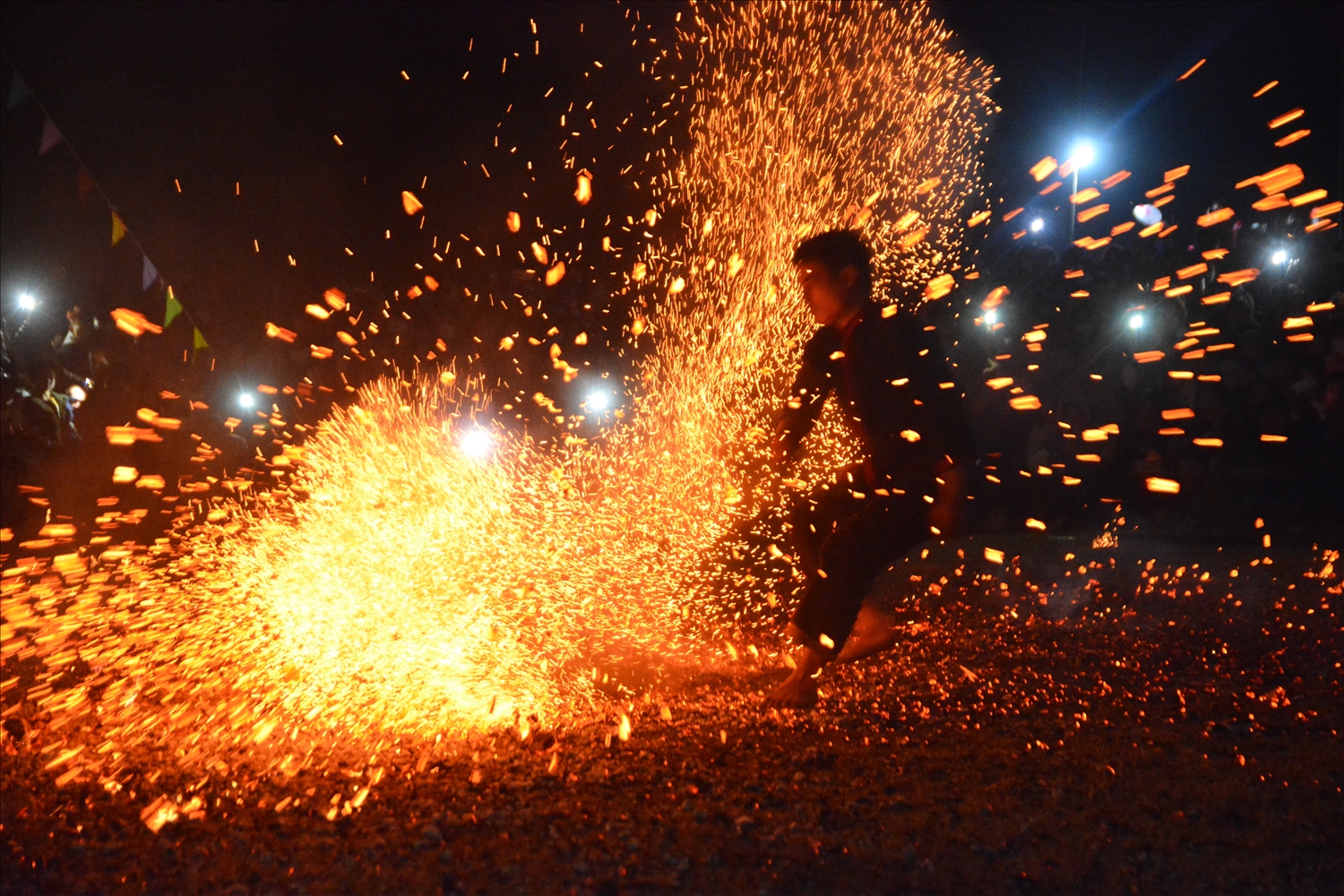
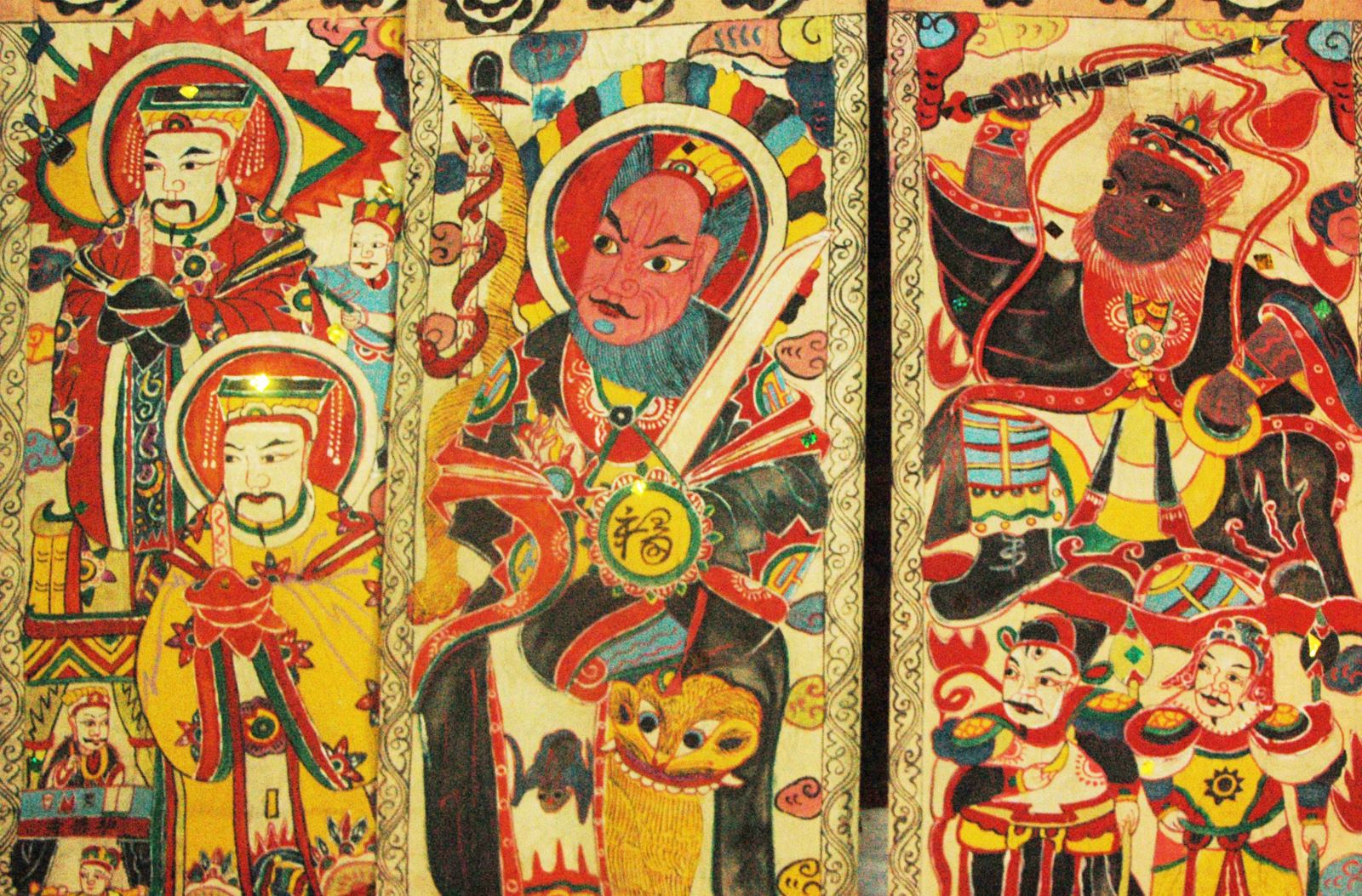
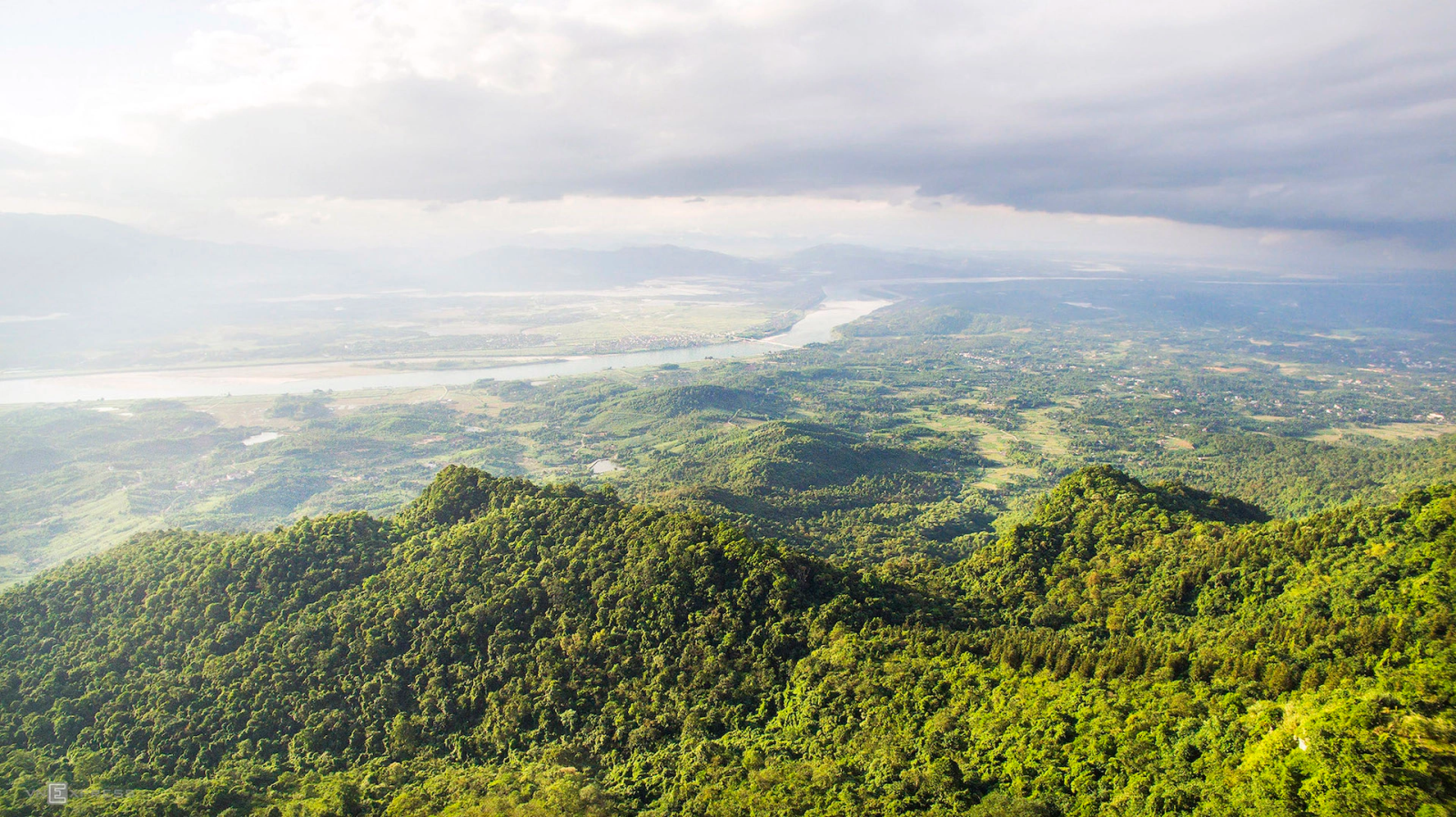
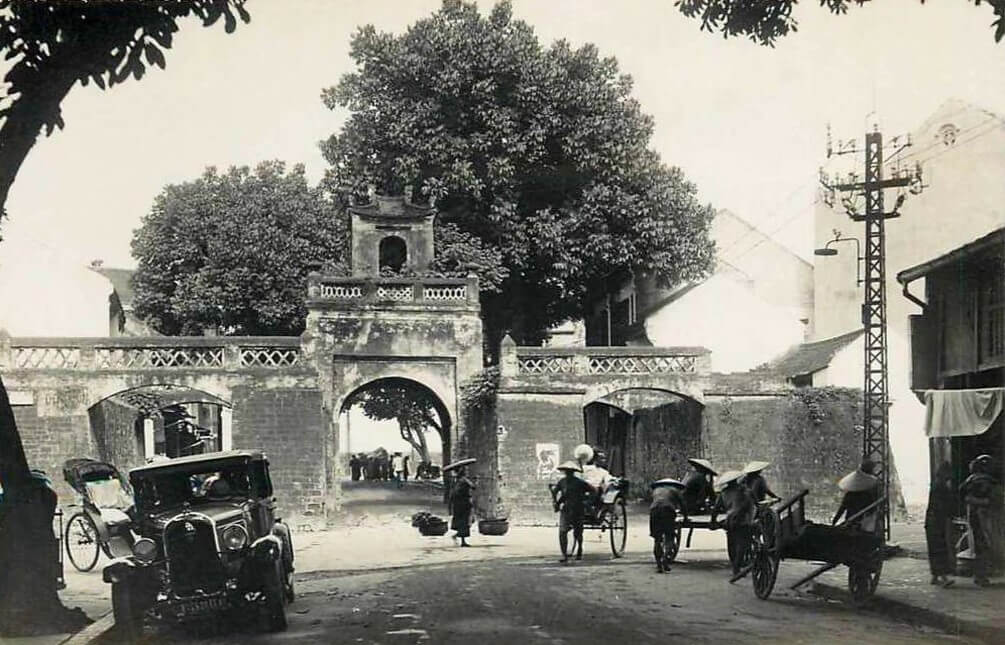
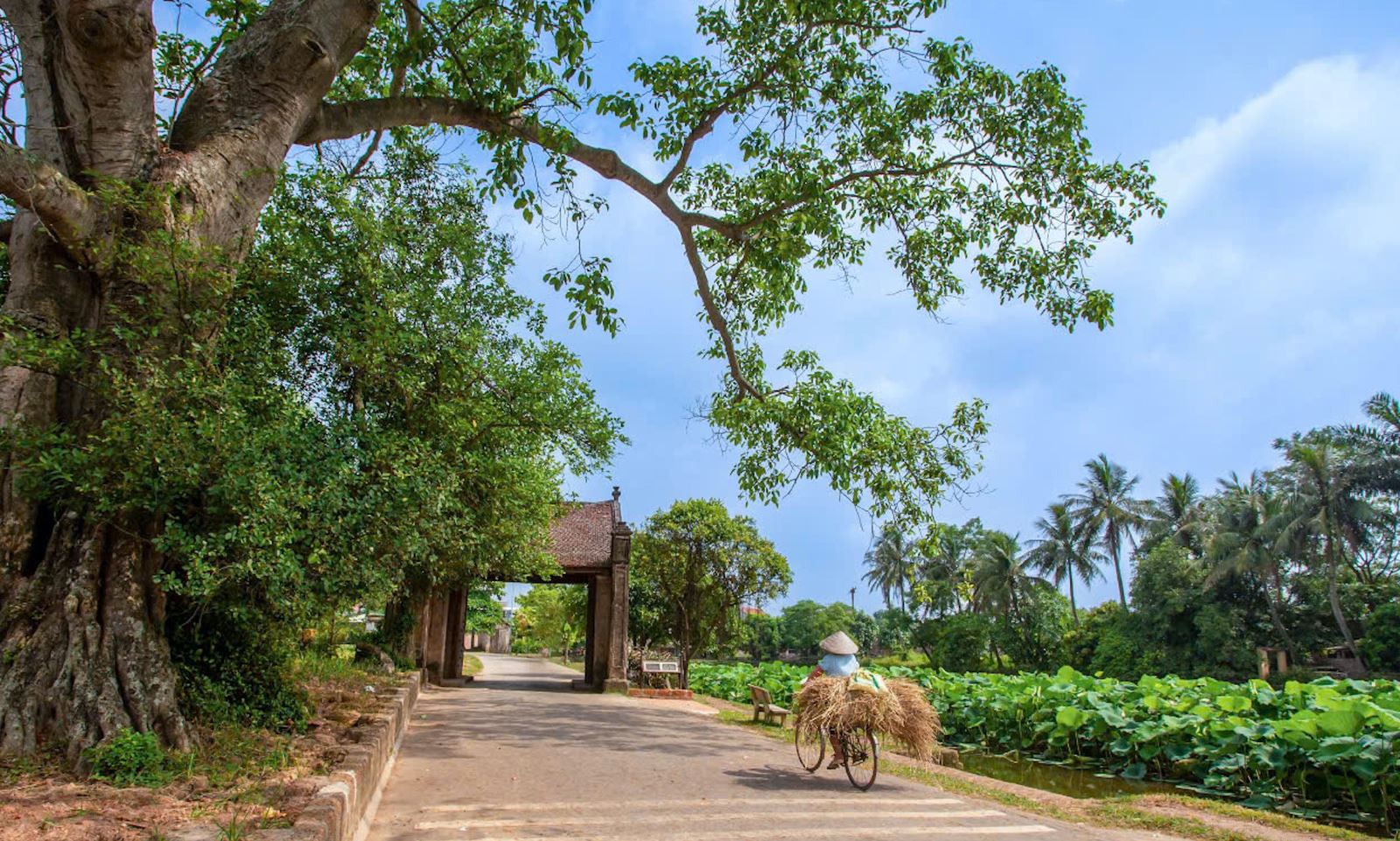
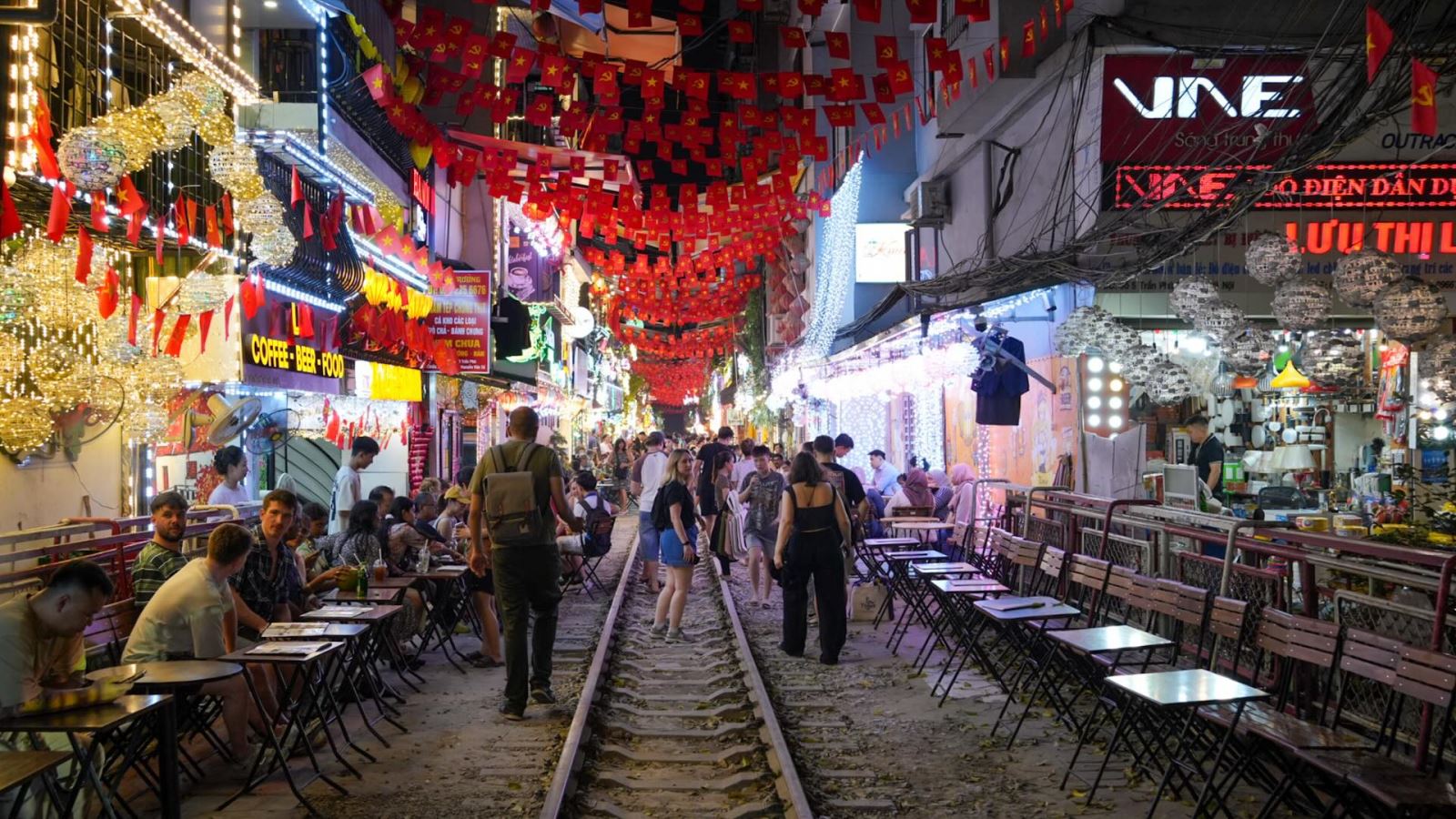
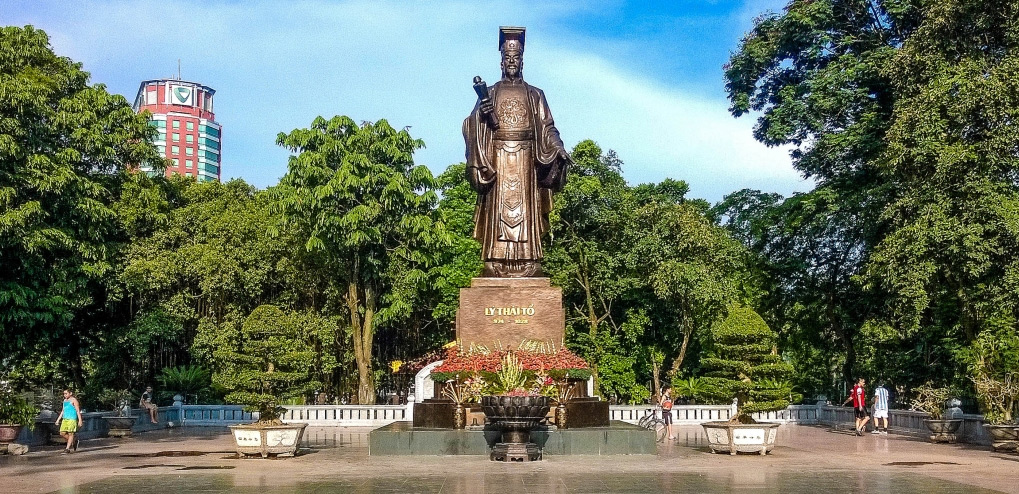
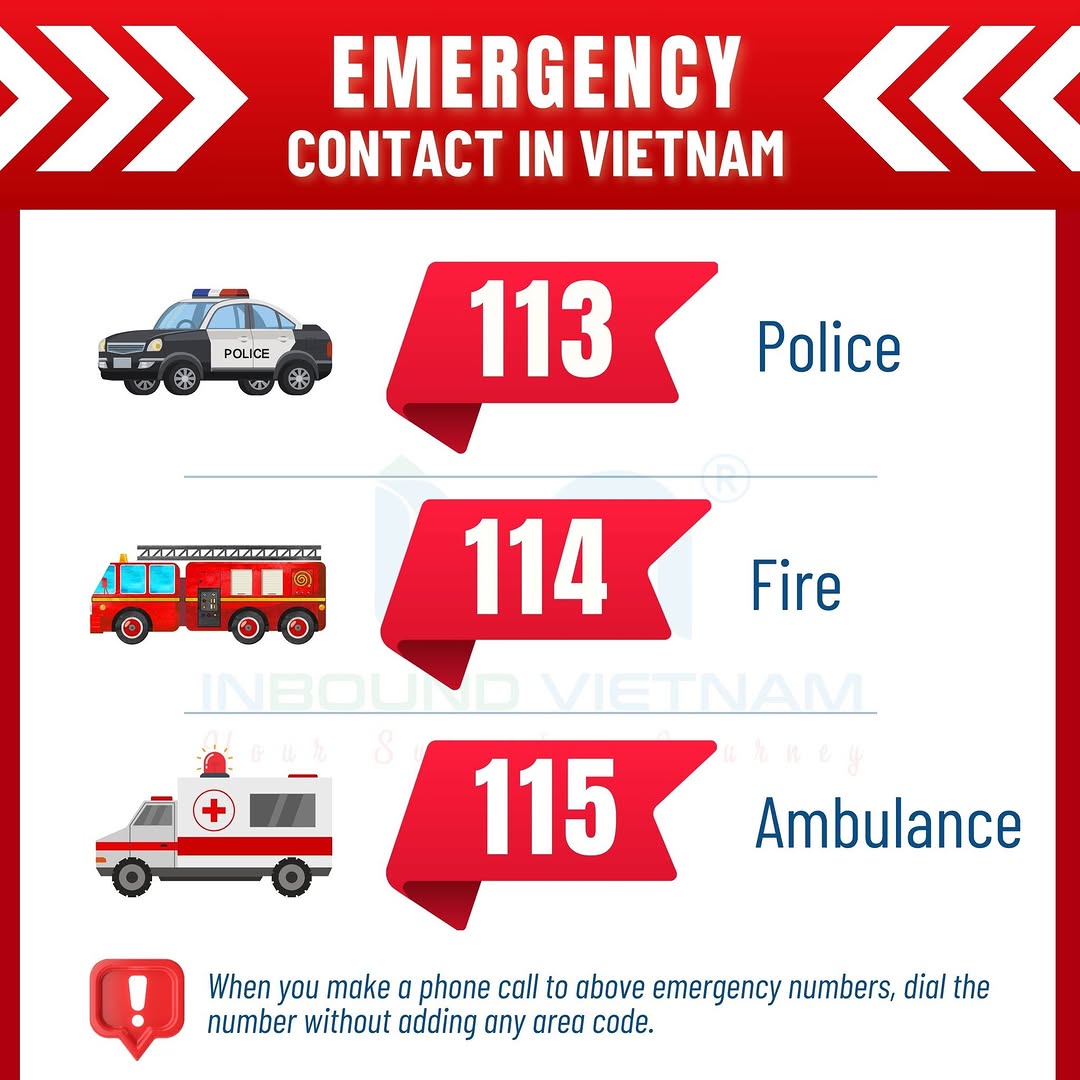


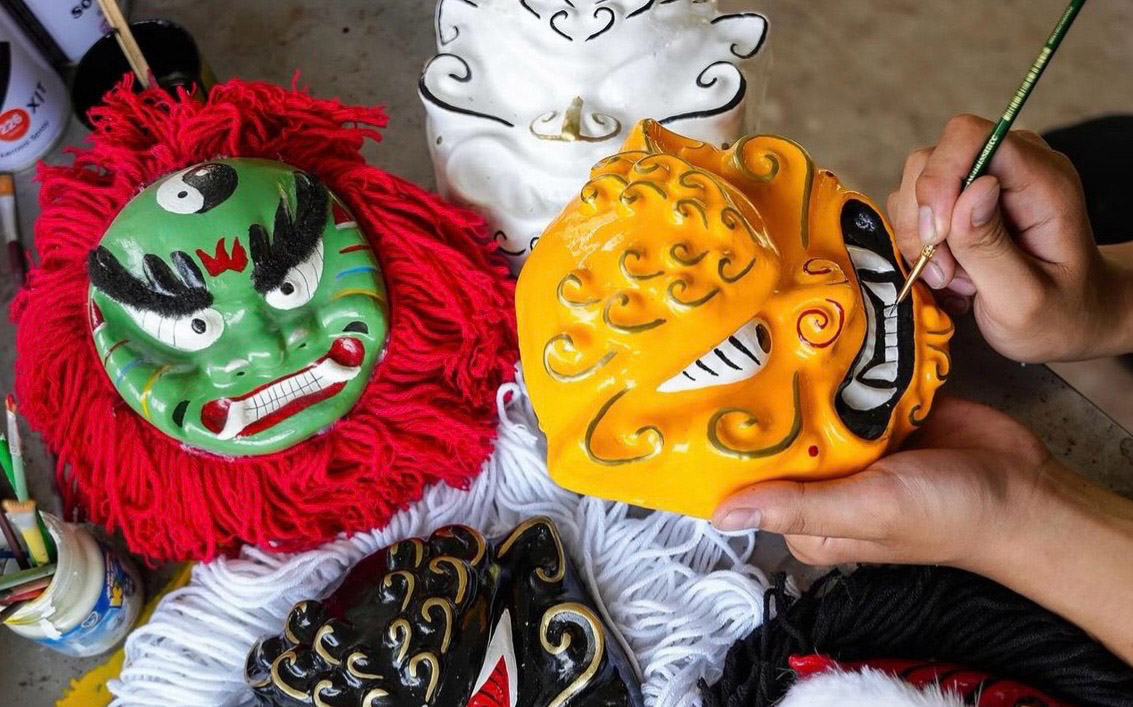

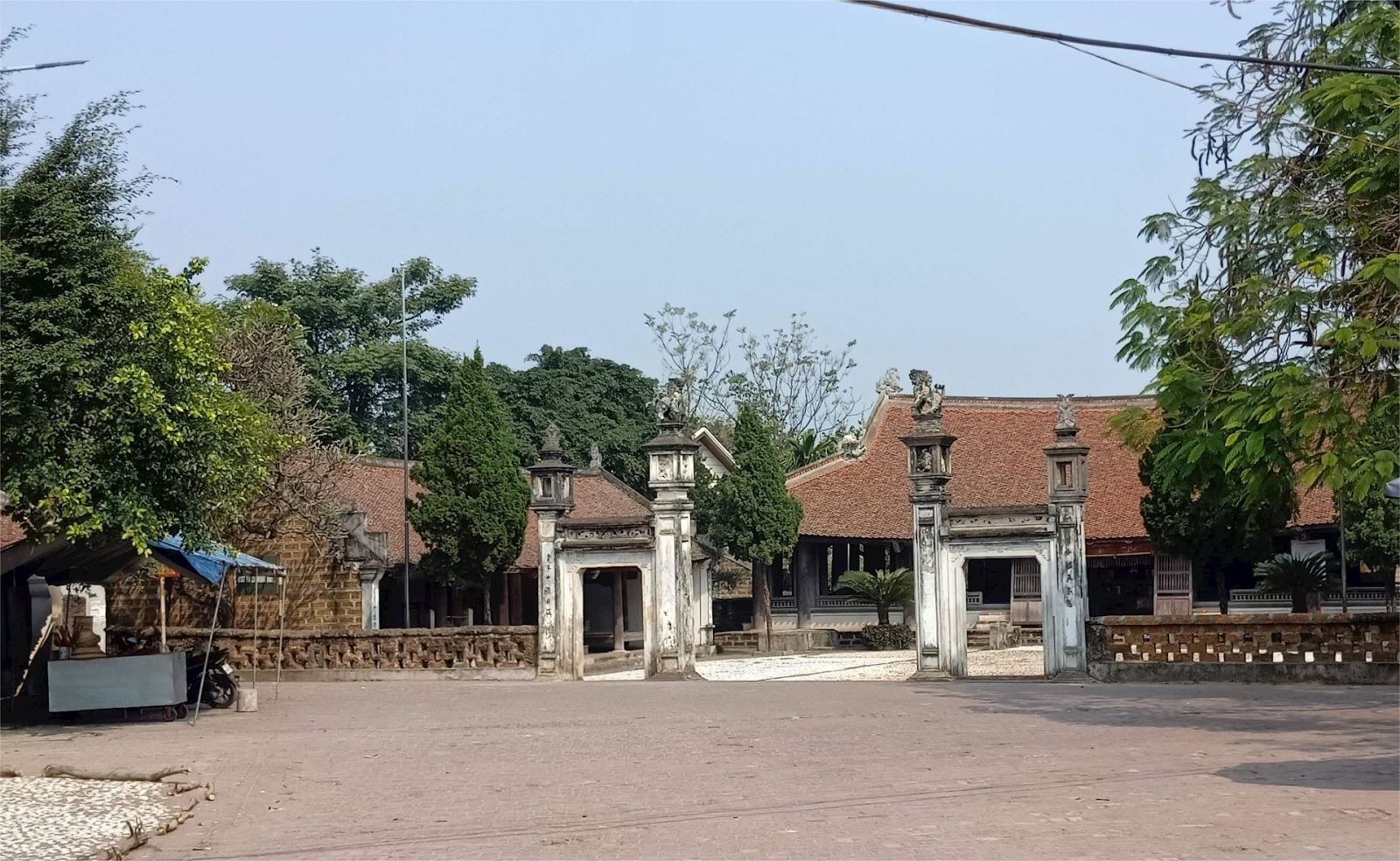
.png)